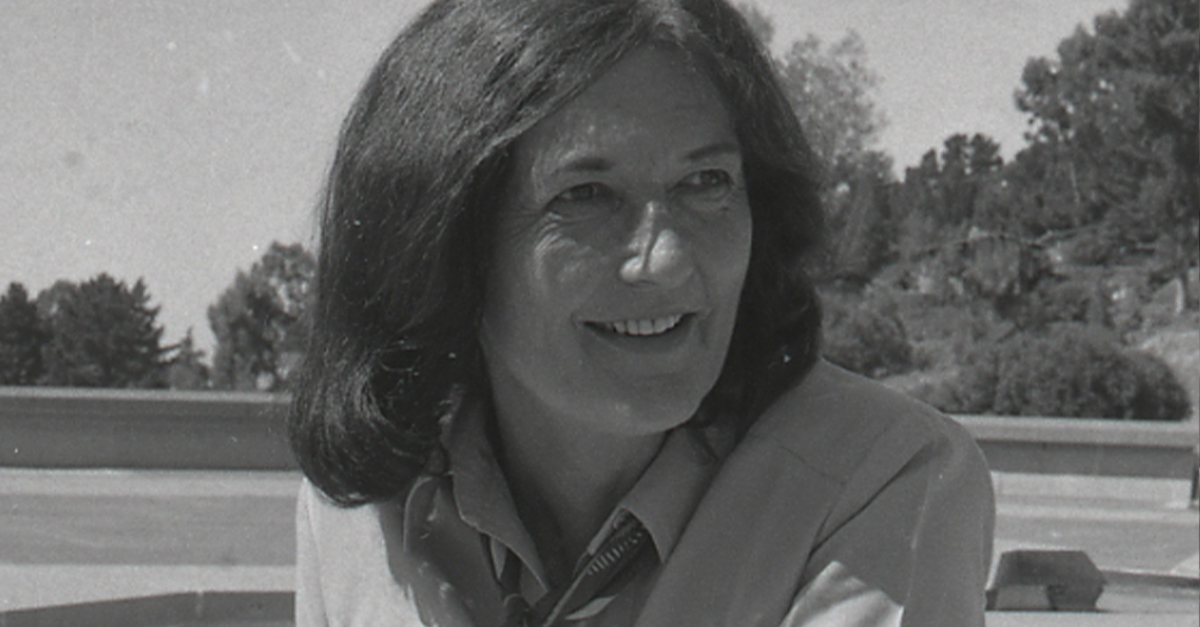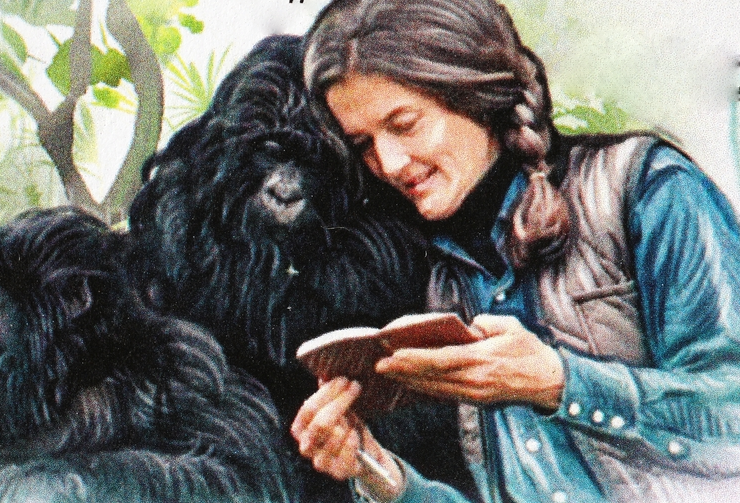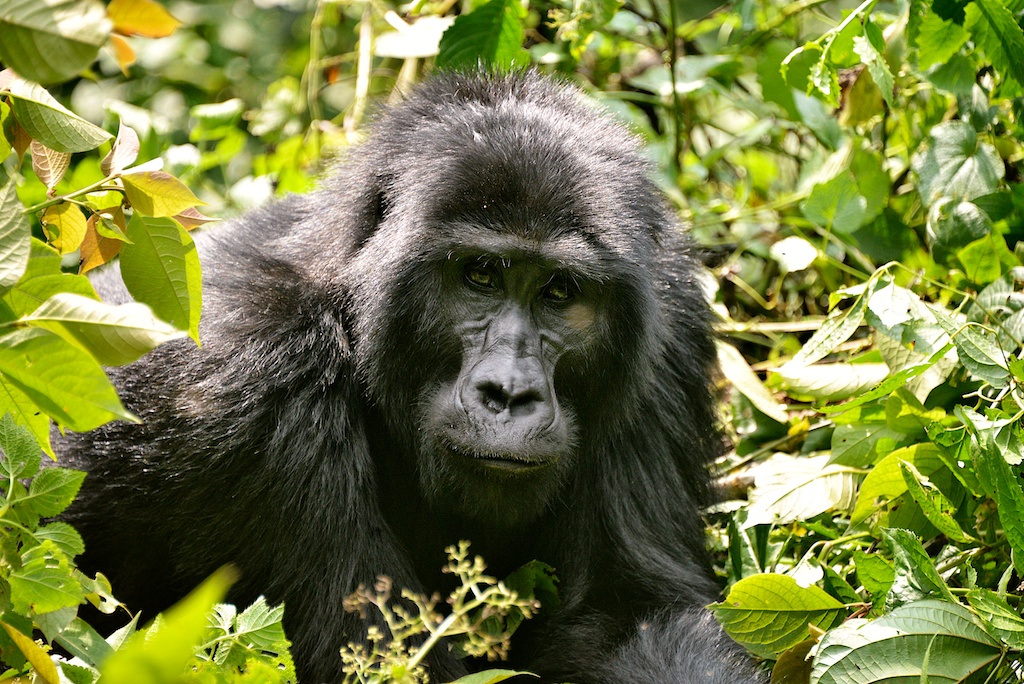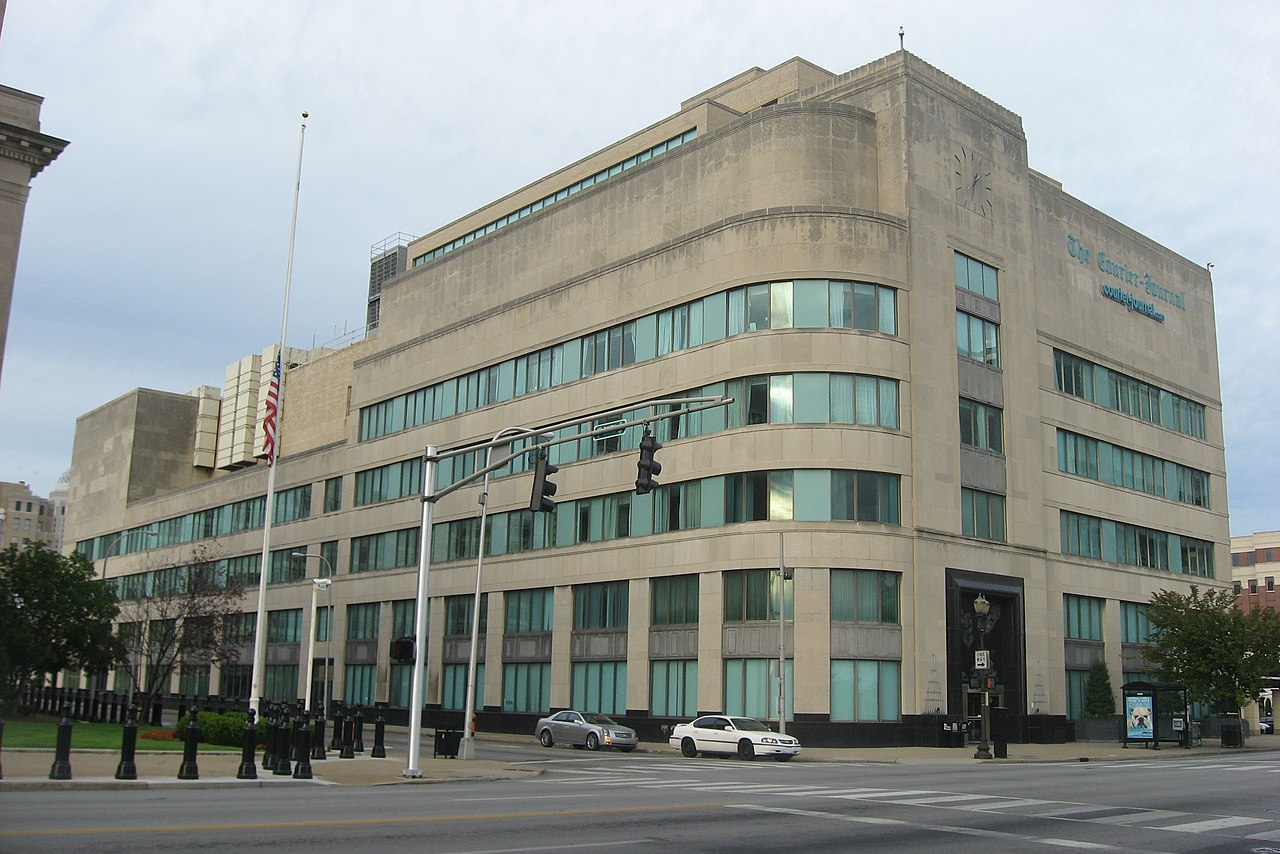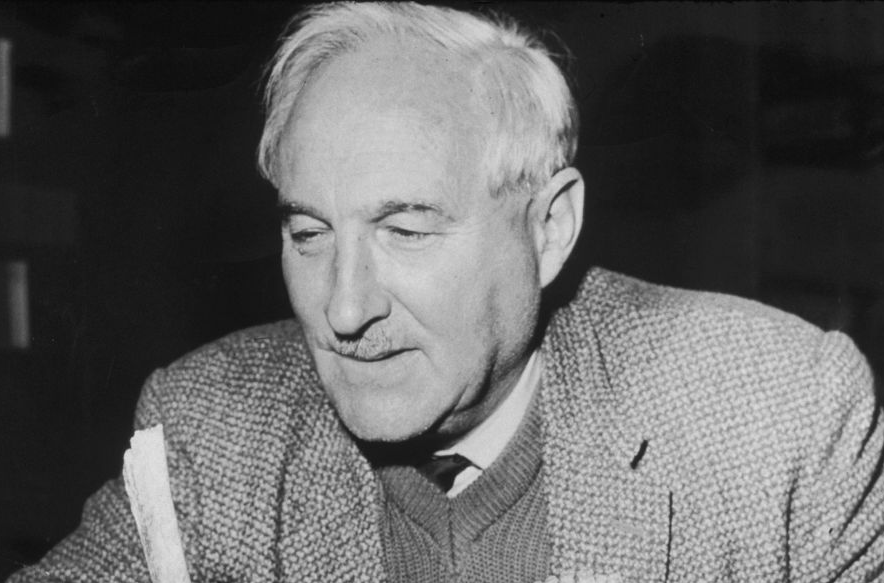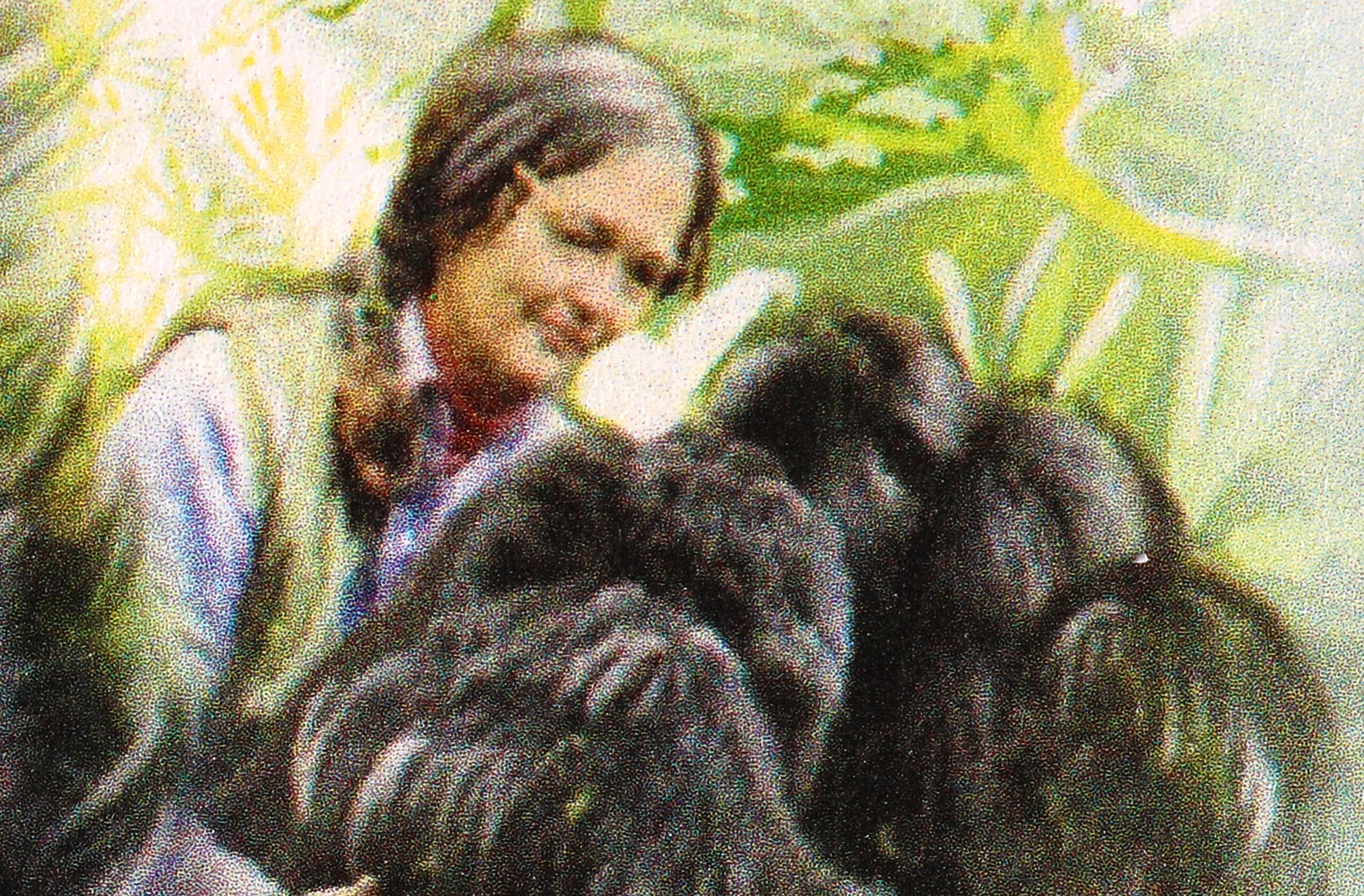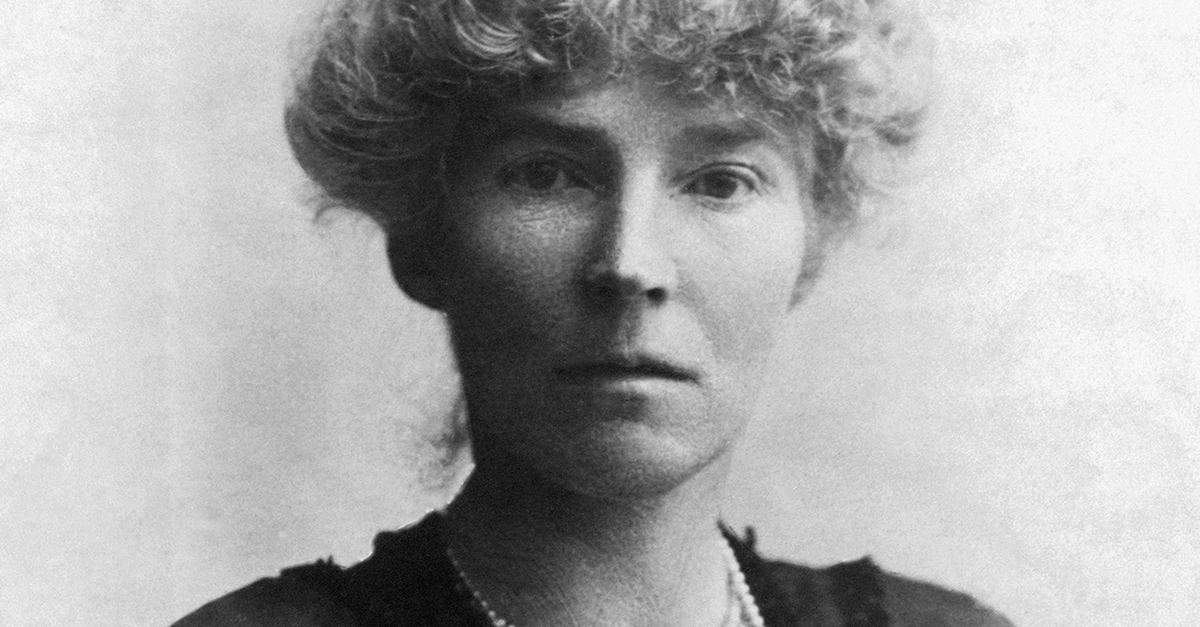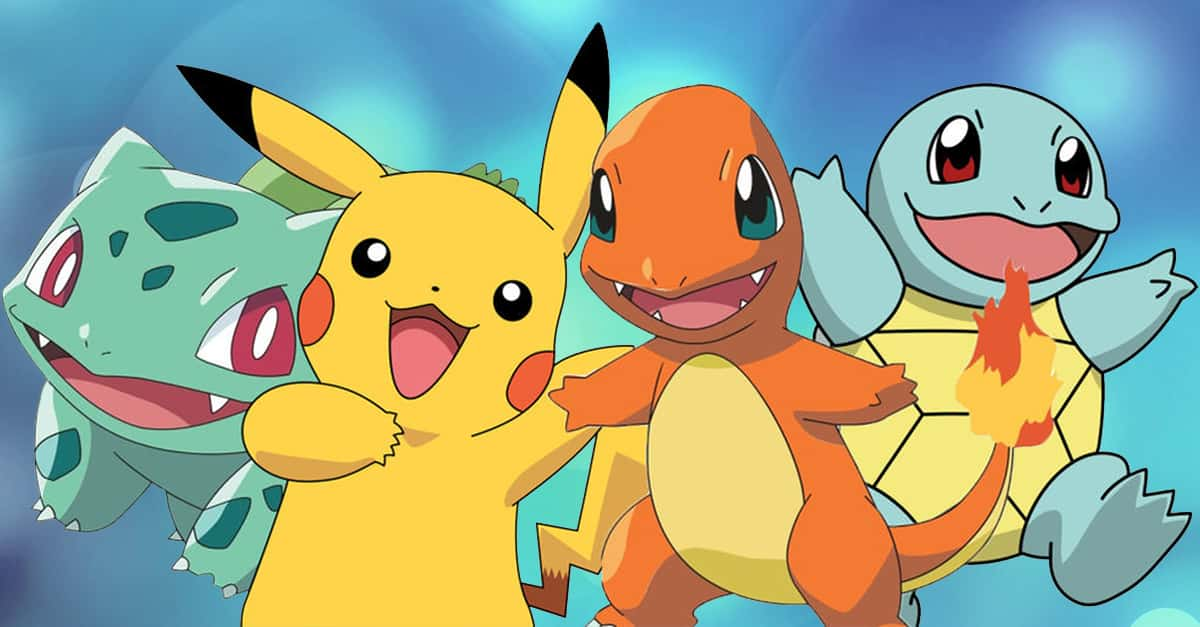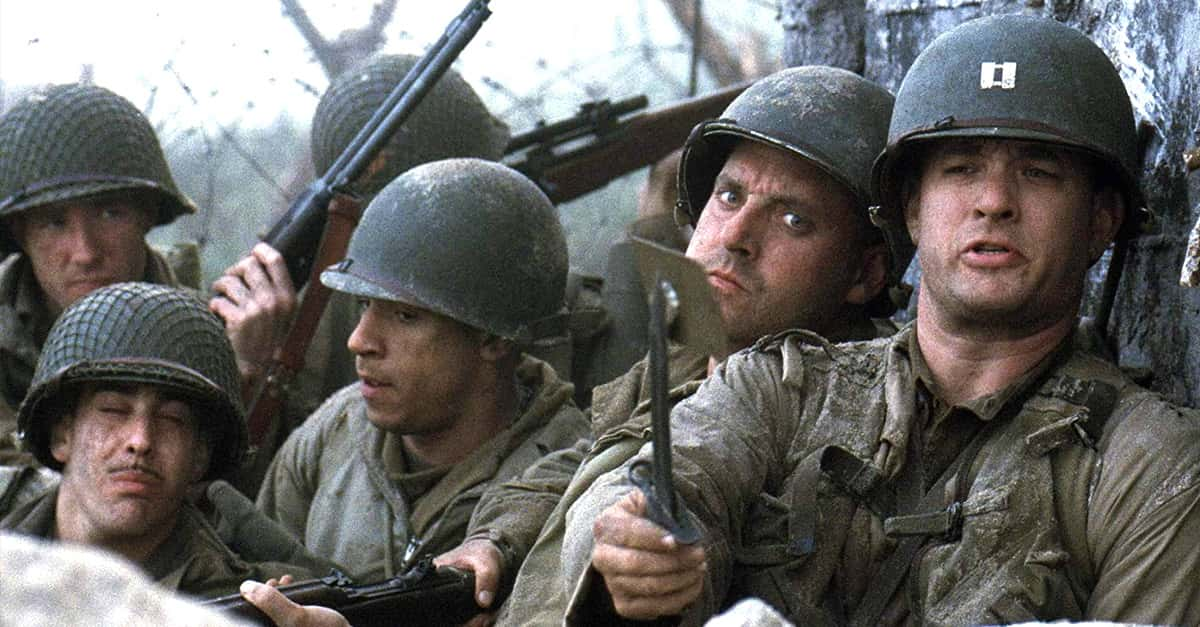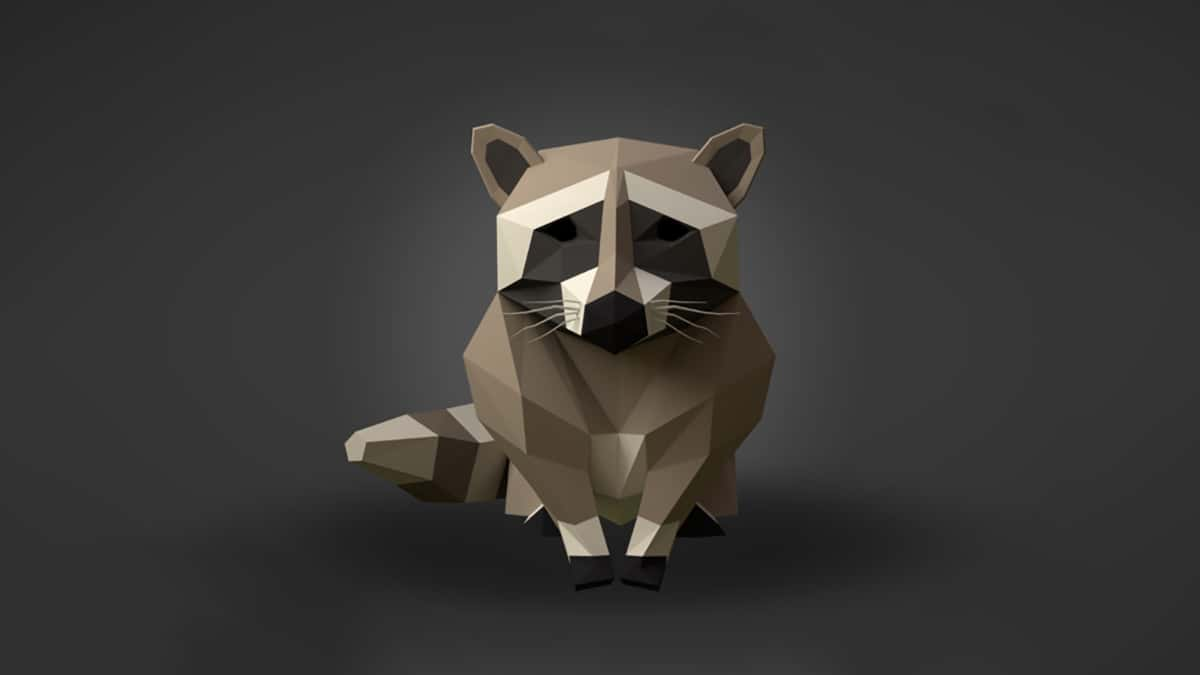The Extraordinary Life And Sad End Of Dian Fossey
Dian Fossey was one of history's most famous primatologists—but she met the most disturbing end possible. This is her unforgettable story.
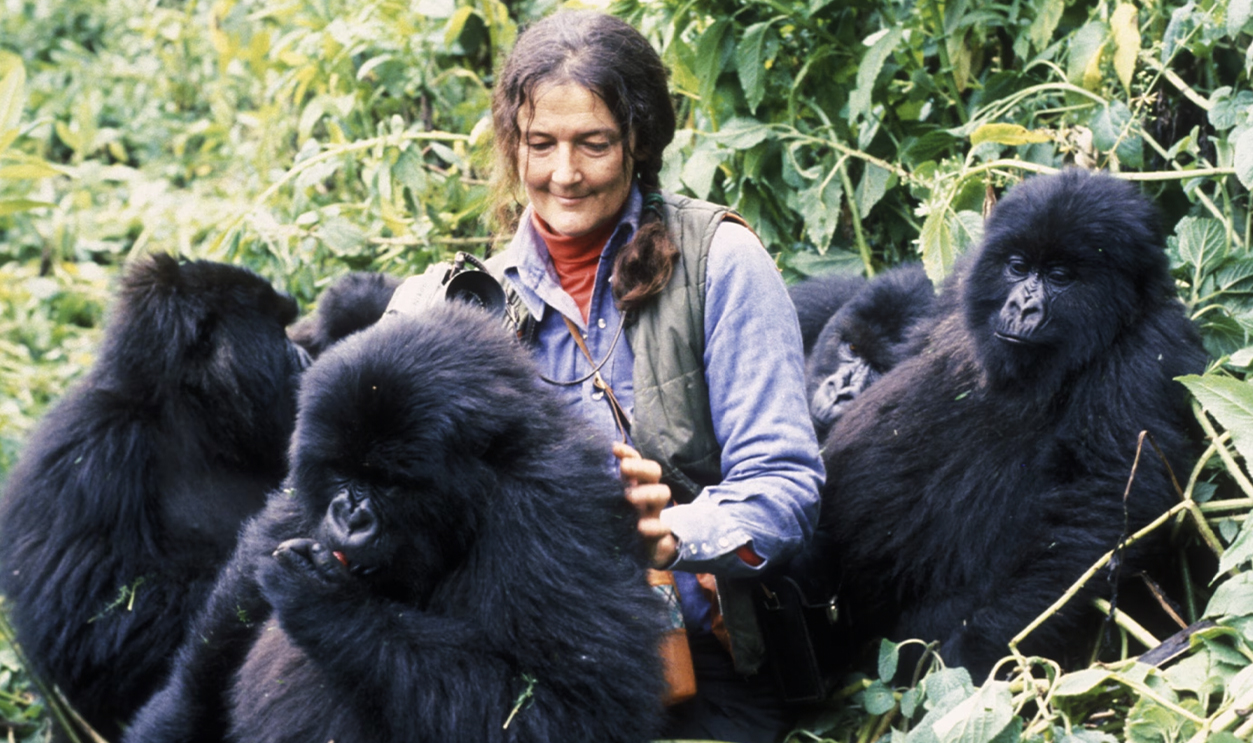
She Had A Dark Childhood
Dian Fossey connected so well with animals—and the reason why can be traced all the way back to her heartbreaking childhood. Born in 1932, her troubles began pretty early.
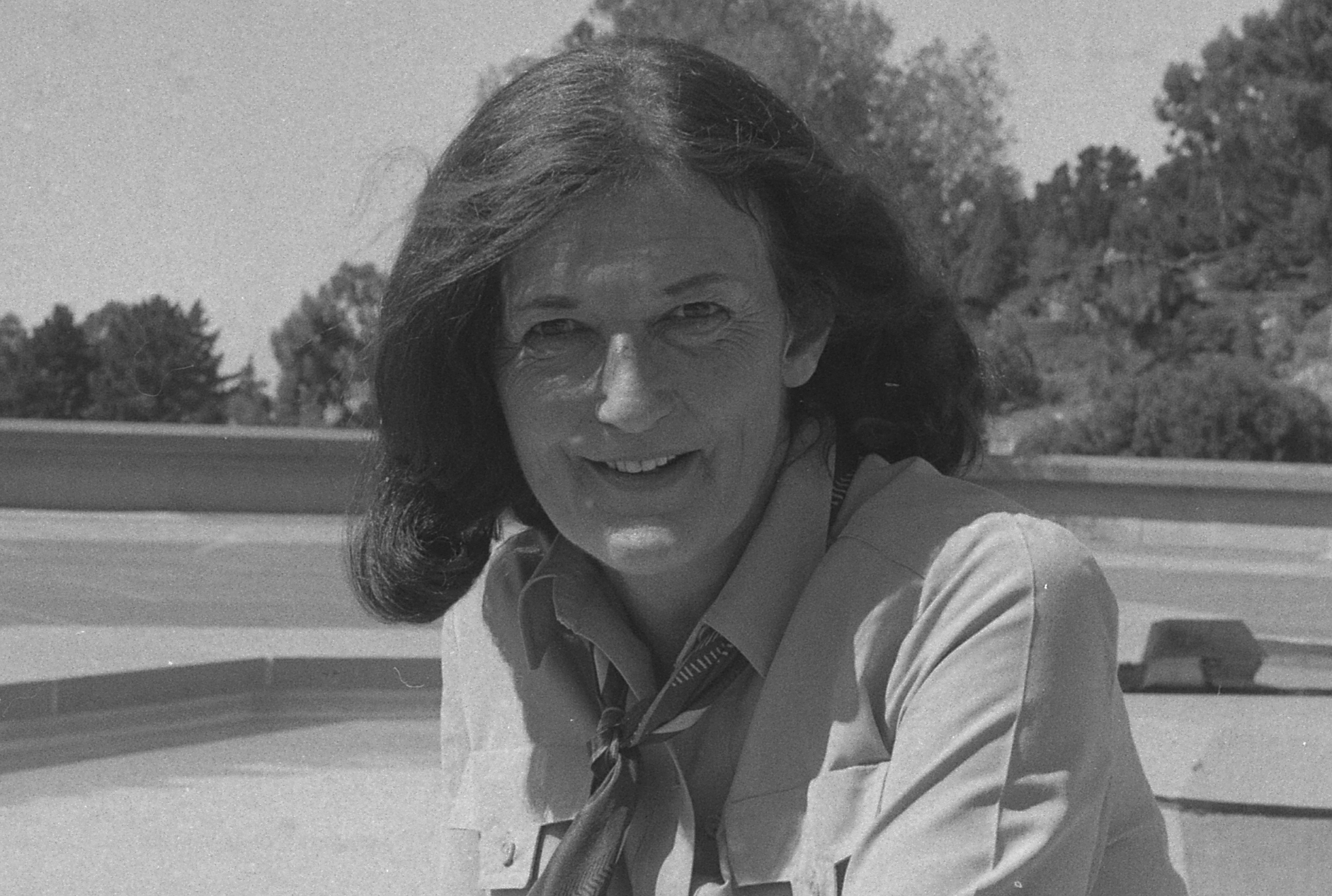 San Francisco Chronicle/Hearst Newspapers, Getty Images
San Francisco Chronicle/Hearst Newspapers, Getty Images
She Had A Broken Family
When Fossey was just six years old, her parents' divorce turned her world upside down. Her mother Helen was instrumental in keeping her father George out of her life, despite his failed efforts to remain involved. When Helen remarried, she introduced a new man into her daughter's life—a stepfather named Richard Price.
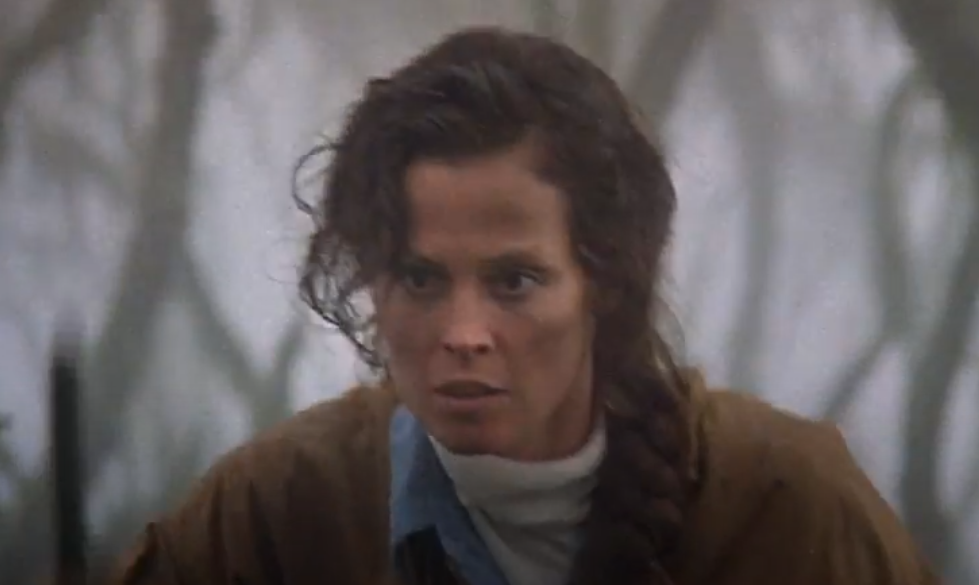 Universal, Gorillas in the Mist (1988)
Universal, Gorillas in the Mist (1988)
She Had An Awful Stepfather
Unfortunately, Price was a horrible stepfather to young Fossey, forbidding her from joining the family dinners and raising her so strictly that she grappled with her sense of self-worth. In his eyes, she would never be his real daughter. Faced with such a stunning void of affection, Fossey found comfort in a surprising source.
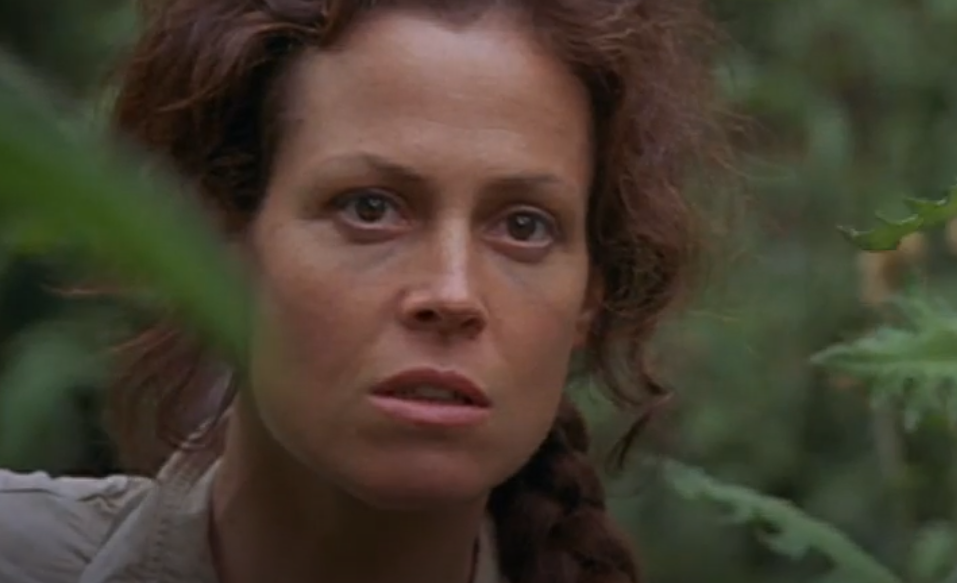 Universal, Gorillas in the Mist (1988)
Universal, Gorillas in the Mist (1988)
She Loved Animals From The Start
In the company of animals, Fossey discovered her ideal safe space. The pet that started it all? A small goldfish—a wriggling piece of sunshine that opened her heart to all kinds of living creatures. She soon learned that though humans could be callous and cold, animals welcomed her into their lives without judgment.
This, of course, was only the beginning.
She Rode Horses In Her Youth
As a child, Fossey began fostering her adoration for horses—so much so that her horse-riding prowess would eventually win her awards. But when she grew into a young woman, she faced that daunting question all young people face: What do I want to do with my life?
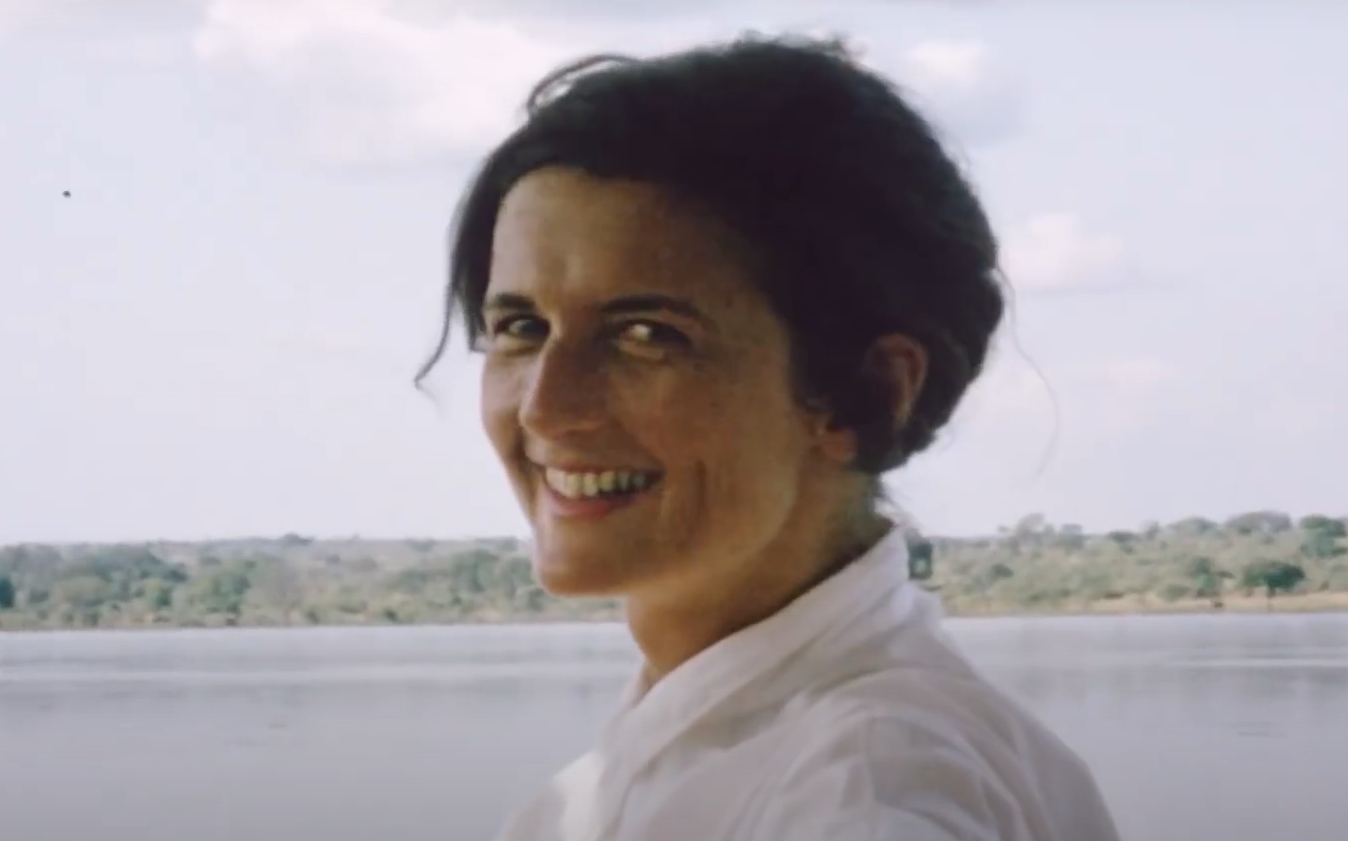 Tigress Productions (II), Dian Fossey: Secrets in the Mist (2017)
Tigress Productions (II), Dian Fossey: Secrets in the Mist (2017)
She Followed Her Heart
At first, Fossey had bent to the whims of her stepfather, who pushed her toward studying business. However, when she was 19, she spent an unforgettable summer visiting a ranch that reminded her of one salient fact: She loved animals. That's when Fossey let her rebellious nature shine through.
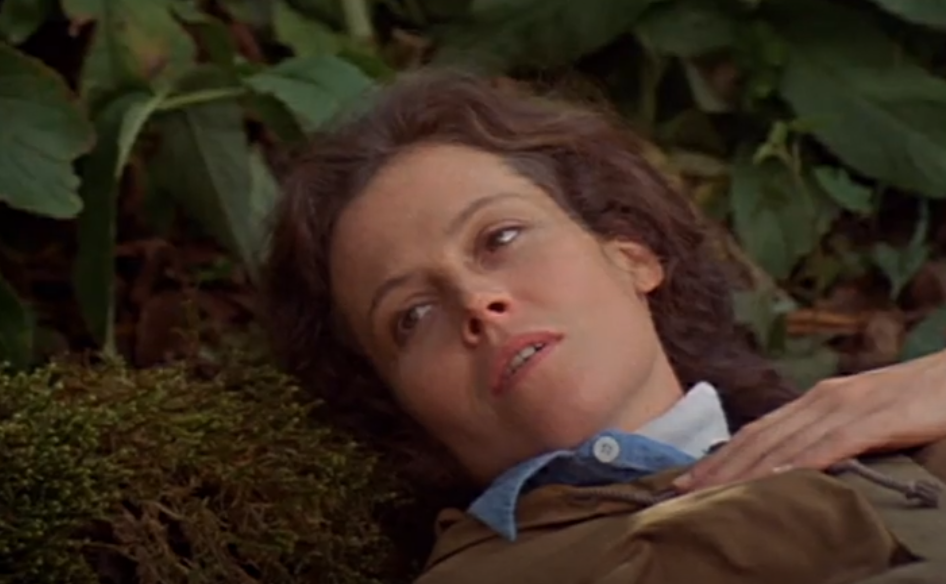 Universal, Gorillas in the Mist (1988)
Universal, Gorillas in the Mist (1988)
She Subverted Expectations
Resisting her stepfather's expectations, Fossey decided to go to the University of California instead of his recommended school. Here, she started courses in pre-veterinary studies. However, there was one major consequence.
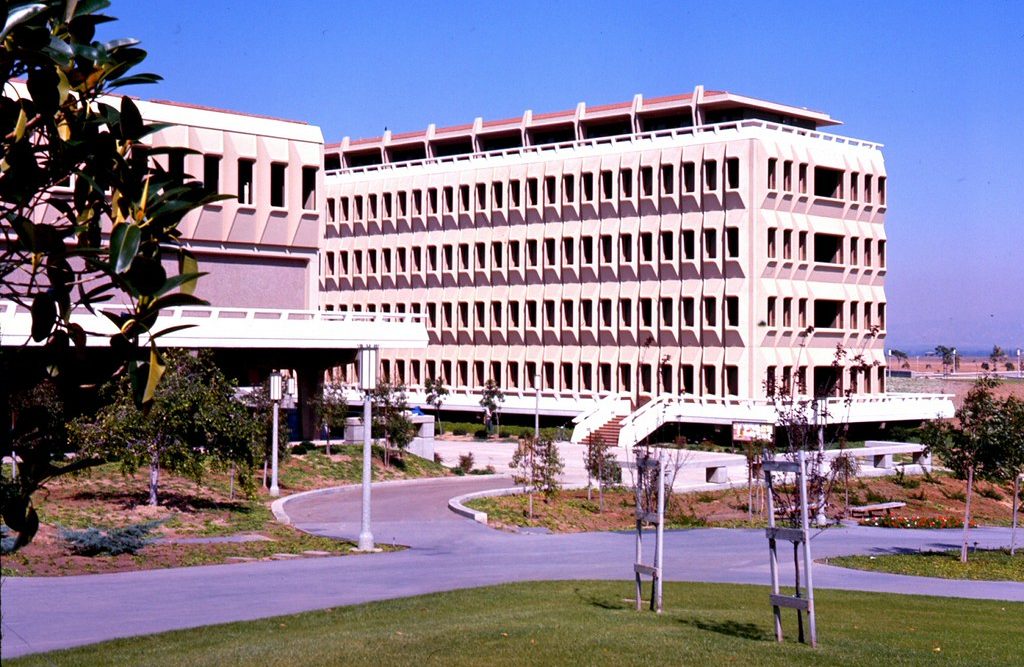 Orange County Archives, Flickr
Orange County Archives, Flickr
She Relied On Nobody But Herself
Paving her own path through life meant that Fossey's parents rescinded any kind of financial support. She would have to bring home the dough and pay for her education all on her own, taking on factory and clerical jobs.
It certainly wasn't an easy feat—but every decision she made brought her one step closer to becoming the famous conservationist and primatologist she was destined to become.
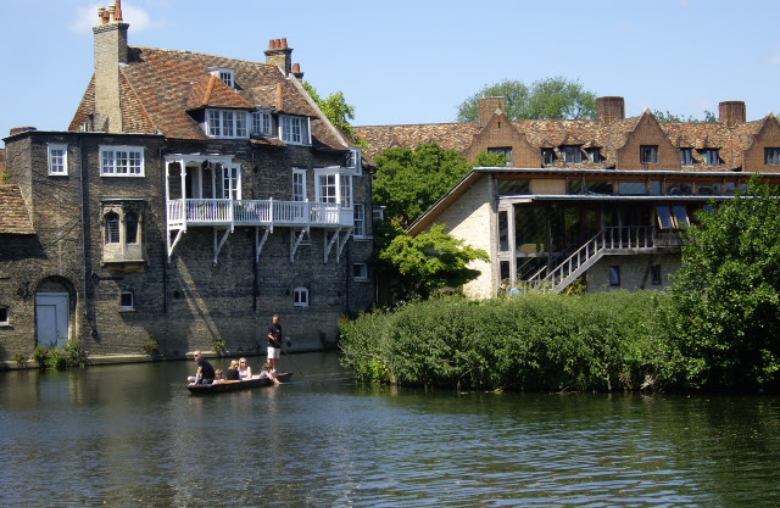 Stanley Howe, Darwin College, CC BY-SA 2.0, Wikimedia Commons
Stanley Howe, Darwin College, CC BY-SA 2.0, Wikimedia Commons
She Chose A Surprising Path
Fossey kicked off her working career as an occupational therapist—perhaps a surprising pivot away from veterinary studies. But by her own admission, it was her expertise in this area—especially working with children—that became essential to her interactions with mountain gorillas later on.
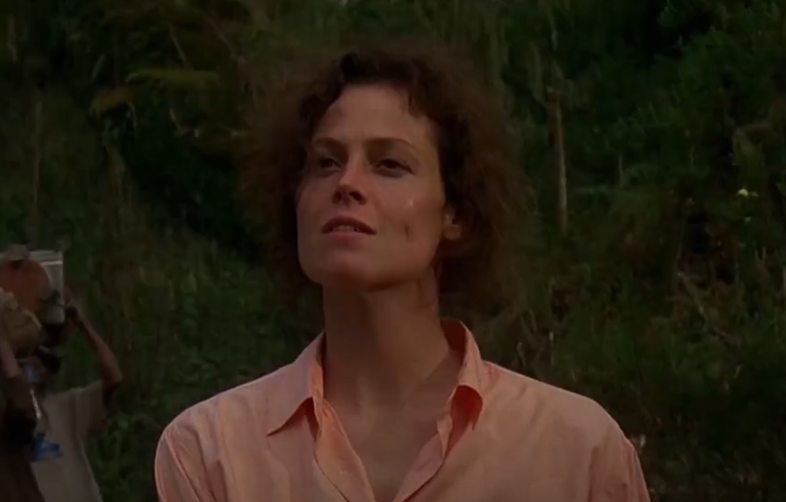 Universal, Gorillas in the Mist (1988)
Universal, Gorillas in the Mist (1988)
She Took A Big Risk
It wasn't until she was 30 years old that Fossey fearlessly dove into the first great adventure of her life. In 1963, she made the daring decision to pool her life savings and an $8,000 loan. Why did she need all this money? Well, to travel around Africa.
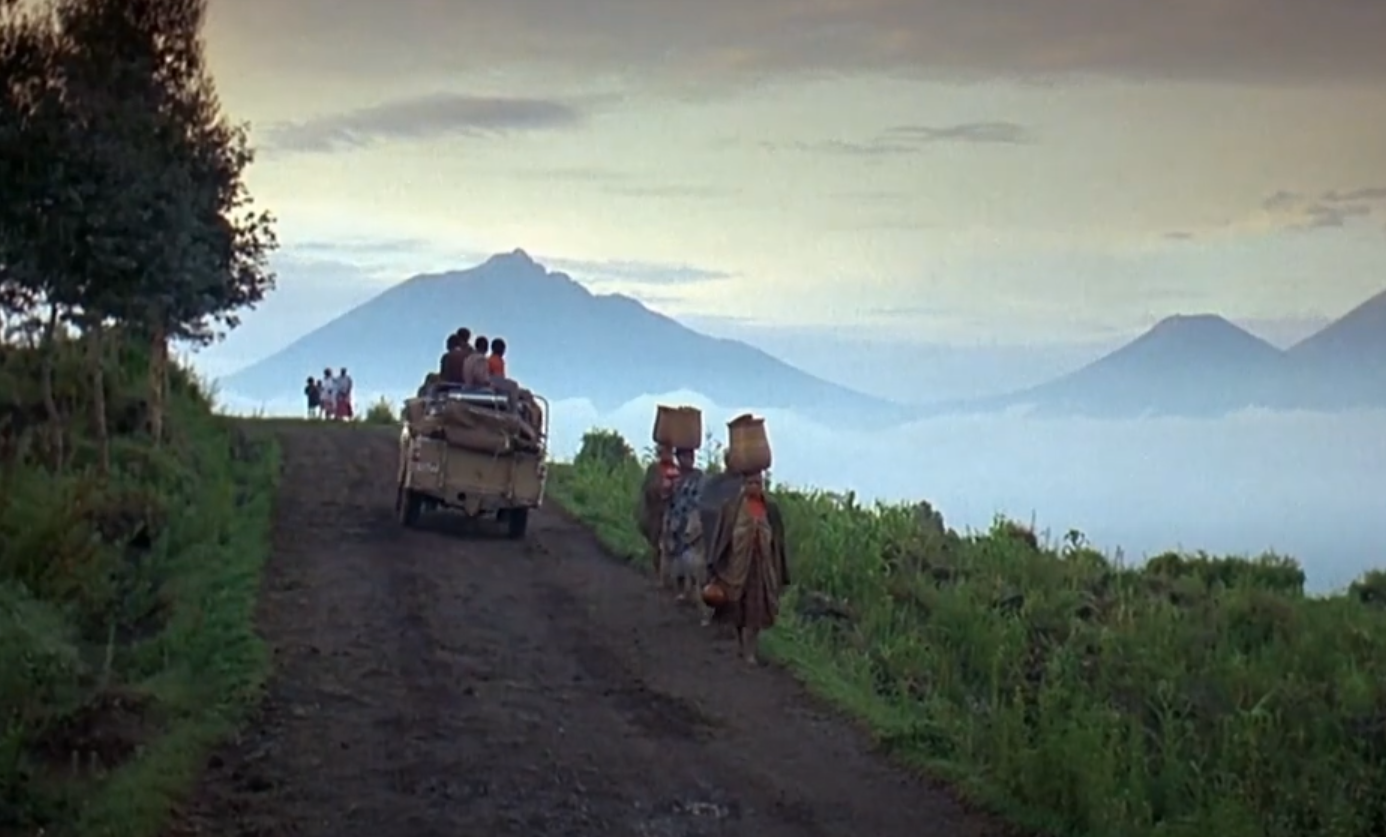 Universal, Gorillas in the Mist (1988)
Universal, Gorillas in the Mist (1988)
She Traveled To Africa
Fossey spent seven unbelievable weeks in Africa, and it was a rich learning experience for her. Beginning in Nairobi, Kenya—and with the help of the safari guide John Alexander—she explored several places within the continent, including Tanzania, the Democratic Republic of the Congo, and Rhodesia (known as Zimbabwe today). But that wasn't all.
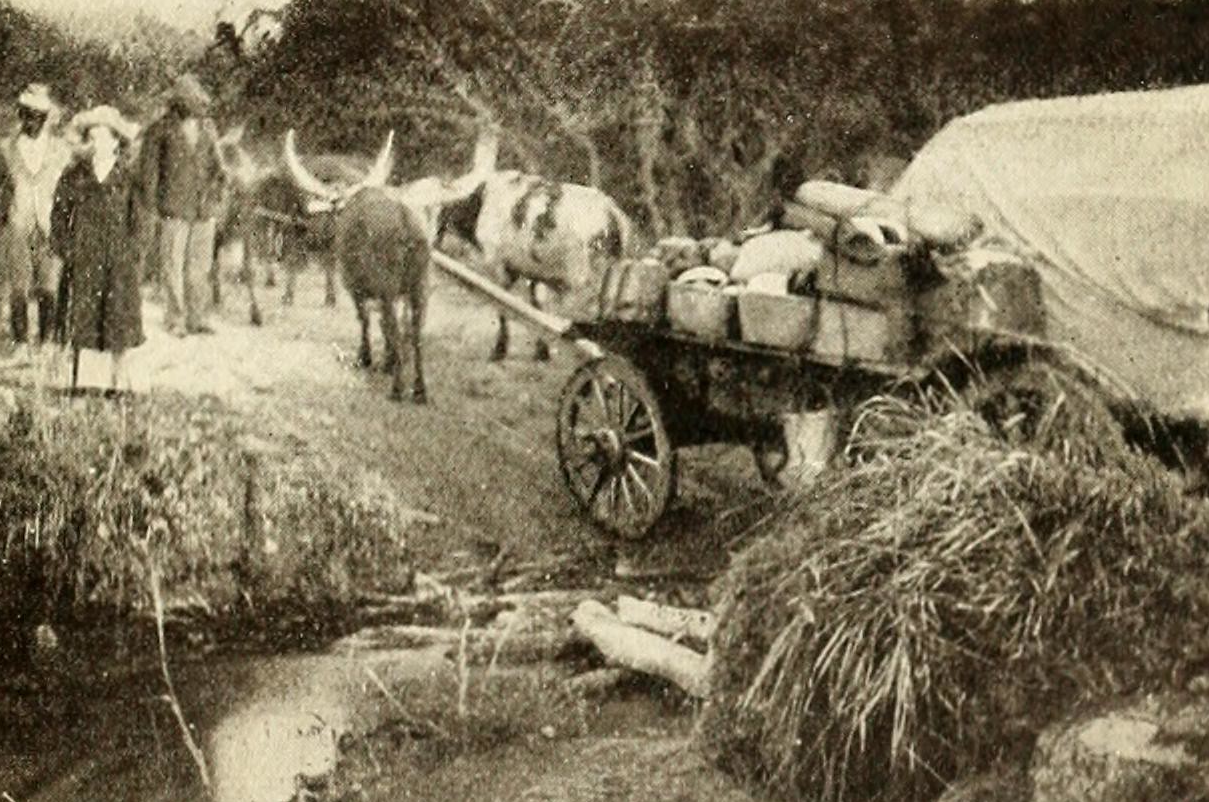 Internet Archive Book Images, Flickr
Internet Archive Book Images, Flickr
She Saw It All
Some of the standout stops on this trip included the Ngorongoro Crater and Mount Mikeno, among others. However, it was while visiting Tanzania's Olduvai Gorge that she met two very important people.
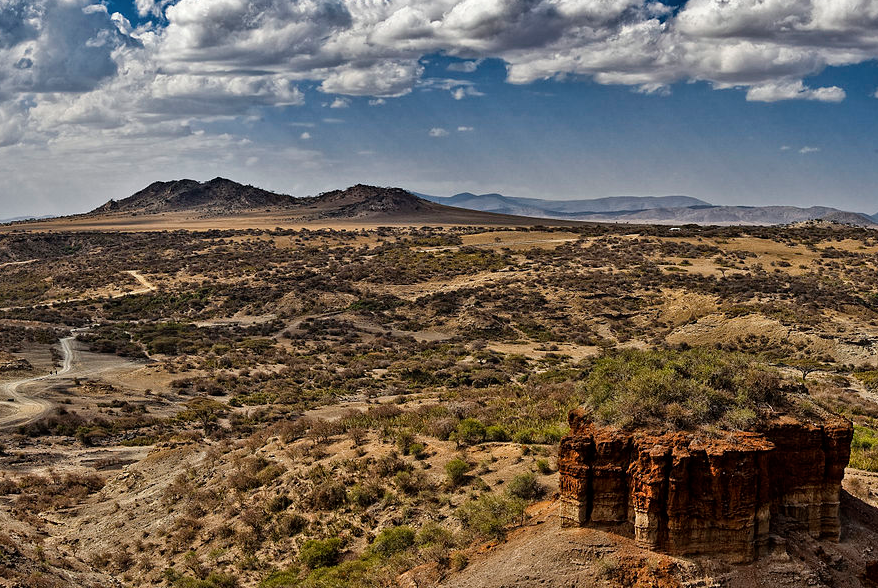 Noel Feans, CC BY 2.0, Wikimedia Commons
Noel Feans, CC BY 2.0, Wikimedia Commons
She Had A Fateful Encounter
Louis and Mary Leakey had set up an archeological site at Olduvai Gorge to search for hominid fossils. It was here that they crossed paths with Dian Fossey on her journeys. The subject they discussed with her would soon become a major part of Fossey's life.
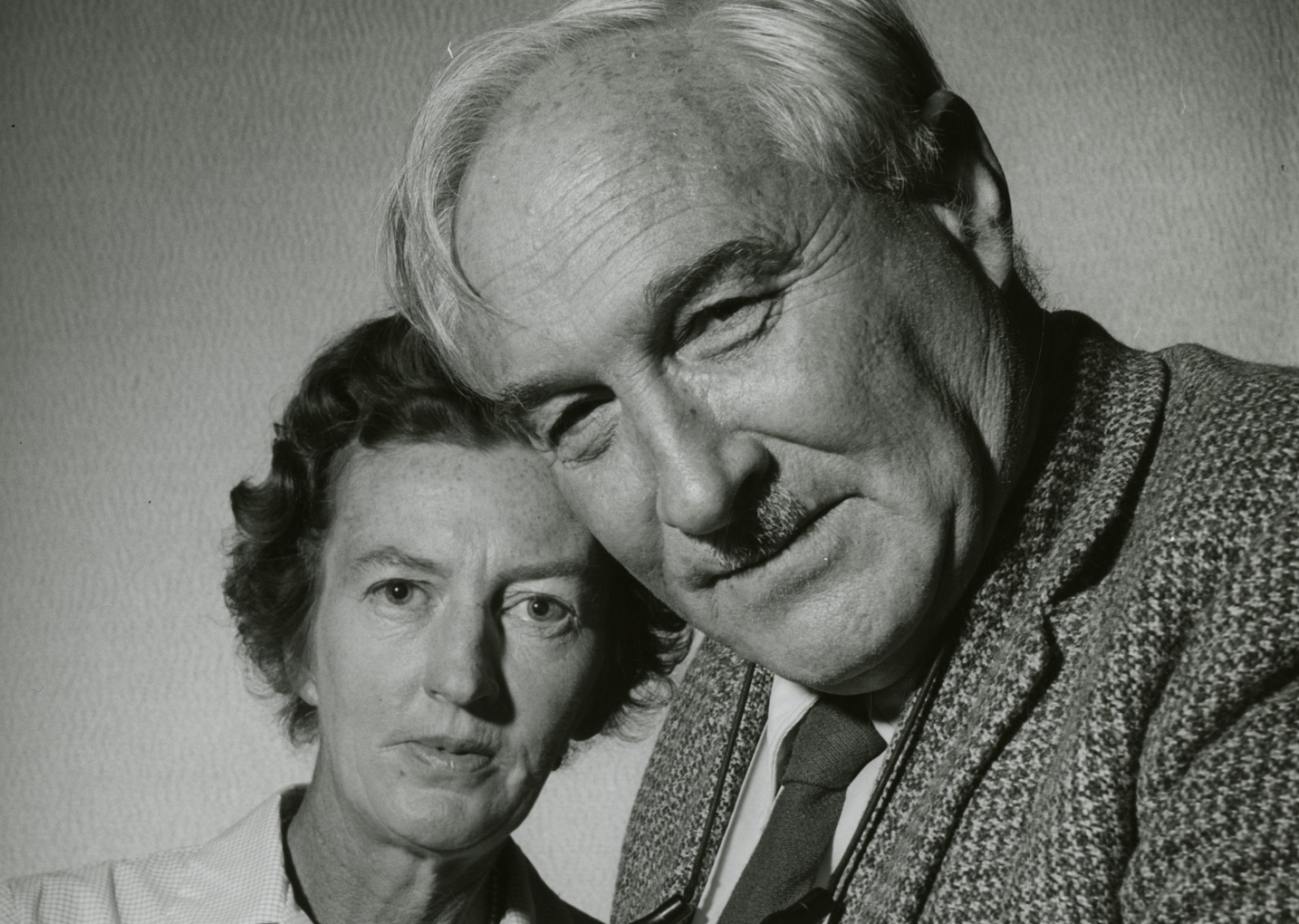 Smithsonian Institution, Wikimedia Commons
Smithsonian Institution, Wikimedia Commons
She Learned About Jane Goodall
While speaking to the Leakeys, Fossey learned about Jane Goodall—a primatologist who worked with great apes. Little did she know, she'd soon come in close contact with great apes herself.
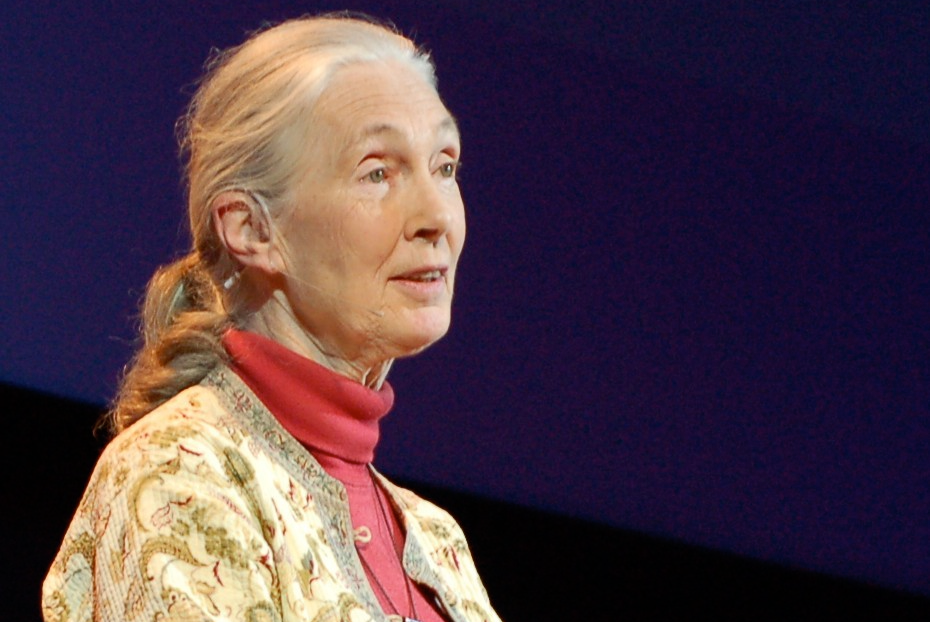 Erik (HASH) Hersman, CC BY 2.0, Wikimedia Commons
Erik (HASH) Hersman, CC BY 2.0, Wikimedia Commons
She Saw Mountain Gorillas For The First Time
Before the end of her visit to Africa, Fossey laid eyes on mountain gorillas in Uganda. This initial interest, as well as the impression she made on the Leakeys, would lead her straight to her greatest passion—and, simultaneously, her unspeakable end.
She Knew That She'd One Day Come Back
In her 1983 memoir, Gorillas in the Mist, Fossey wrote about the first time she had a chance to observe the gorillas: “It was their individuality combined with the shyness of their behavior that remained the most captivating impression of this first encounter with the greatest of the great apes. I left Kabara with reluctance but with never a doubt that I would, somehow, return".
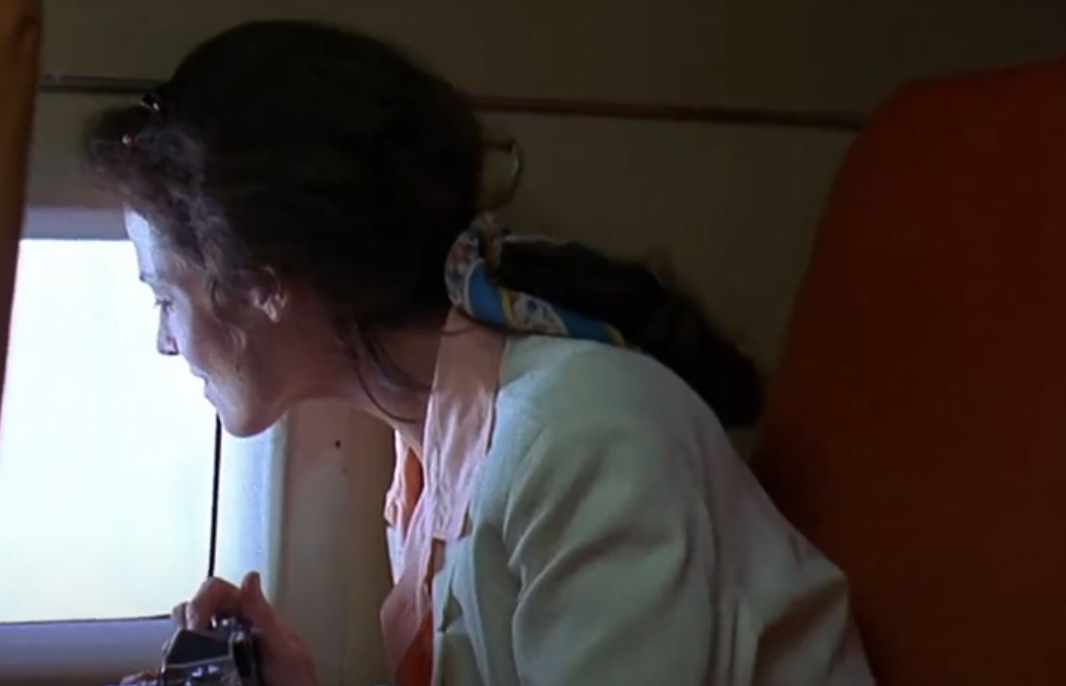 Universal, Gorillas in the Mist (1988)
Universal, Gorillas in the Mist (1988)
She Wrote It All Down
Fossey returned to Louisville, Kentucky, brimming with stories to tell. She wrote about her experiences in Africa—her articles featured in The Courier-Journal newspaper. However, it would be years before she'd get the chance to go back, as she so deeply hoped.
She Reunited With Dr Leakey
Fate would bring Dr Leakey back into her life three years later. During Leakey's lecture tour, he stopped in Louisville and met Fossey once again. This time, however, he had an exciting proposition for her.
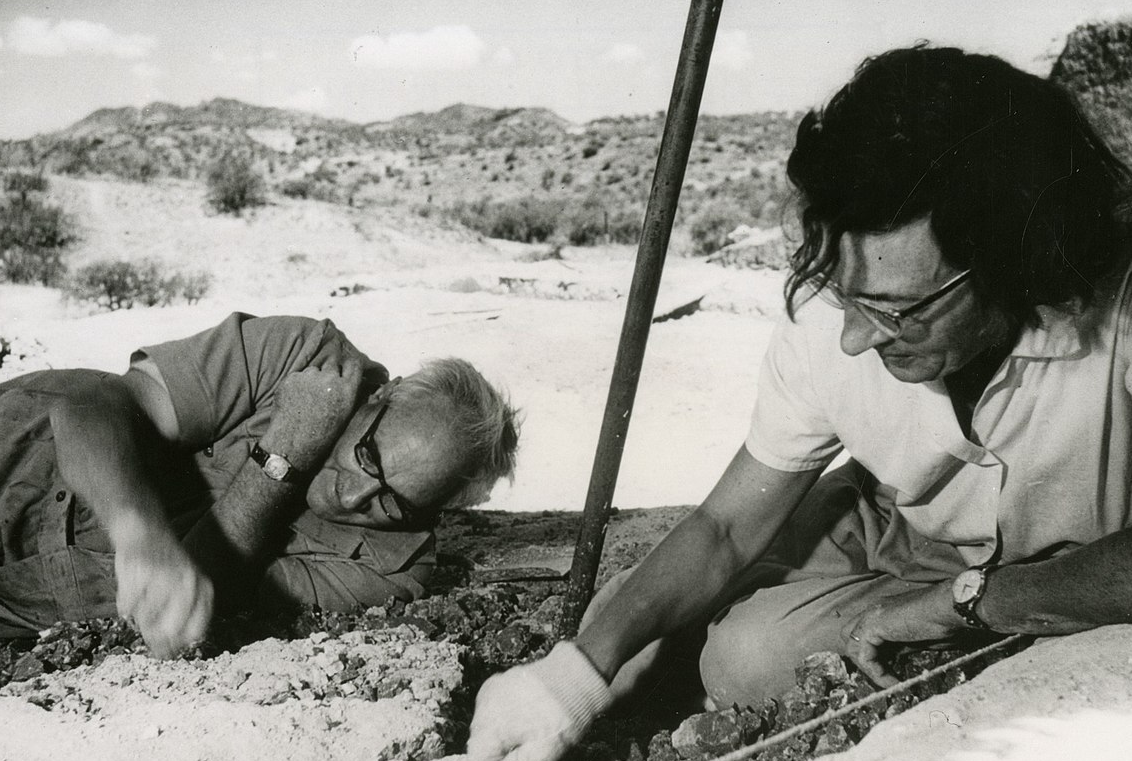 Smithsonian Institution, Wikimedia Commons
Smithsonian Institution, Wikimedia Commons
She Wanted To Study Gorillas Full-Time
Leakey asked Fossey if she'd consider returning to Africa to study gorillas. It was an offer she just couldn't refuse. With the help of Leakey, Fossey secured the funding for this ambitious project. It was time to quit her job and finally devote herself entirely to what she loved to do.
She Prepared For The Job
In the eight-month interim between agreeing to this project and actually touching down in Nairobi in 1966, Fossey had her work cut out for her. She prepared as much as she could. Not only did she learn Swahili but she also audited primatology classes.
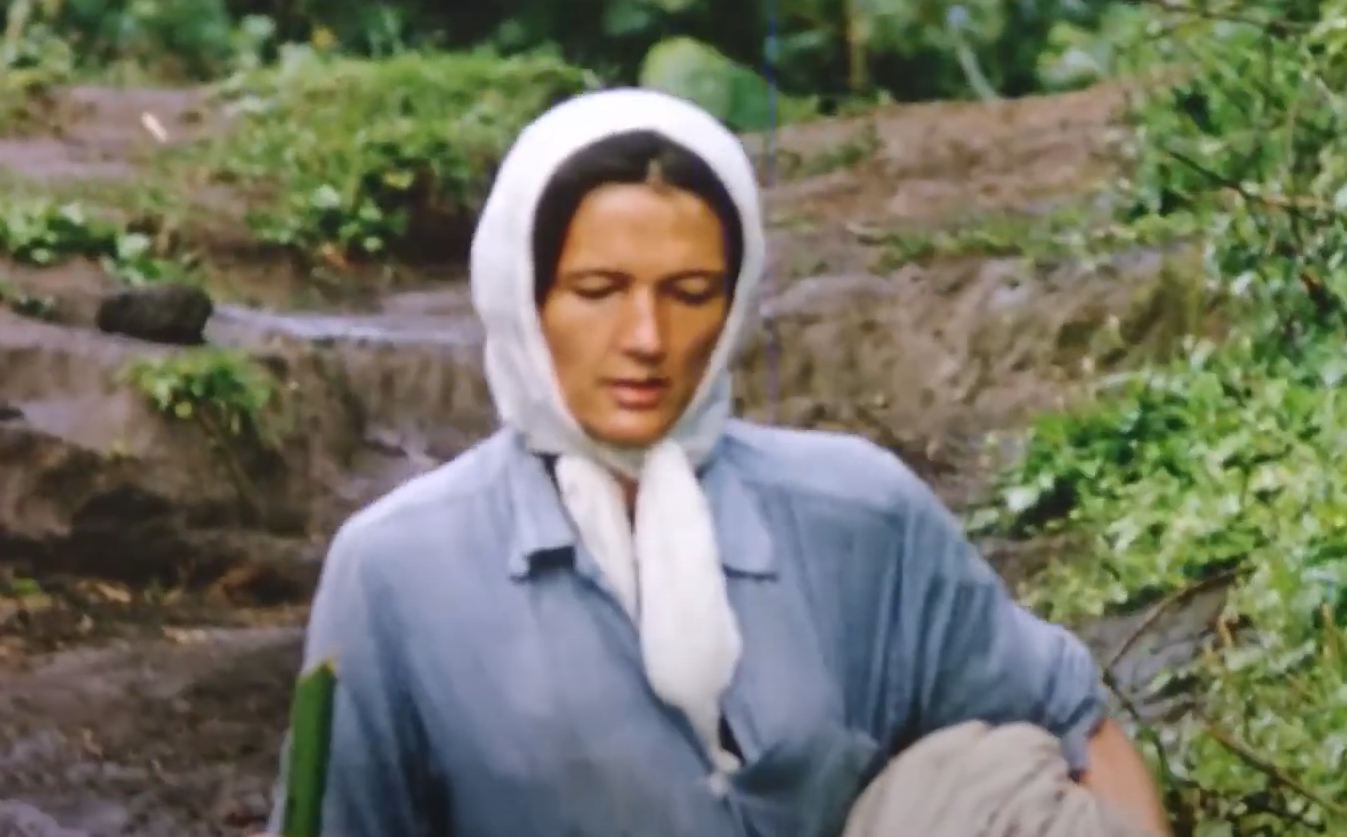 Tigress Productions (II), Dian Fossey: Secrets in the Mist (2017)
Tigress Productions (II), Dian Fossey: Secrets in the Mist (2017)
She Returned To The Congo
At the start of 1967, Fossey began studying gorillas in earnest in the Congo—by the Virunga Mountains at Kabara. To get her work done, she certainly didn't shy away from roughing it.
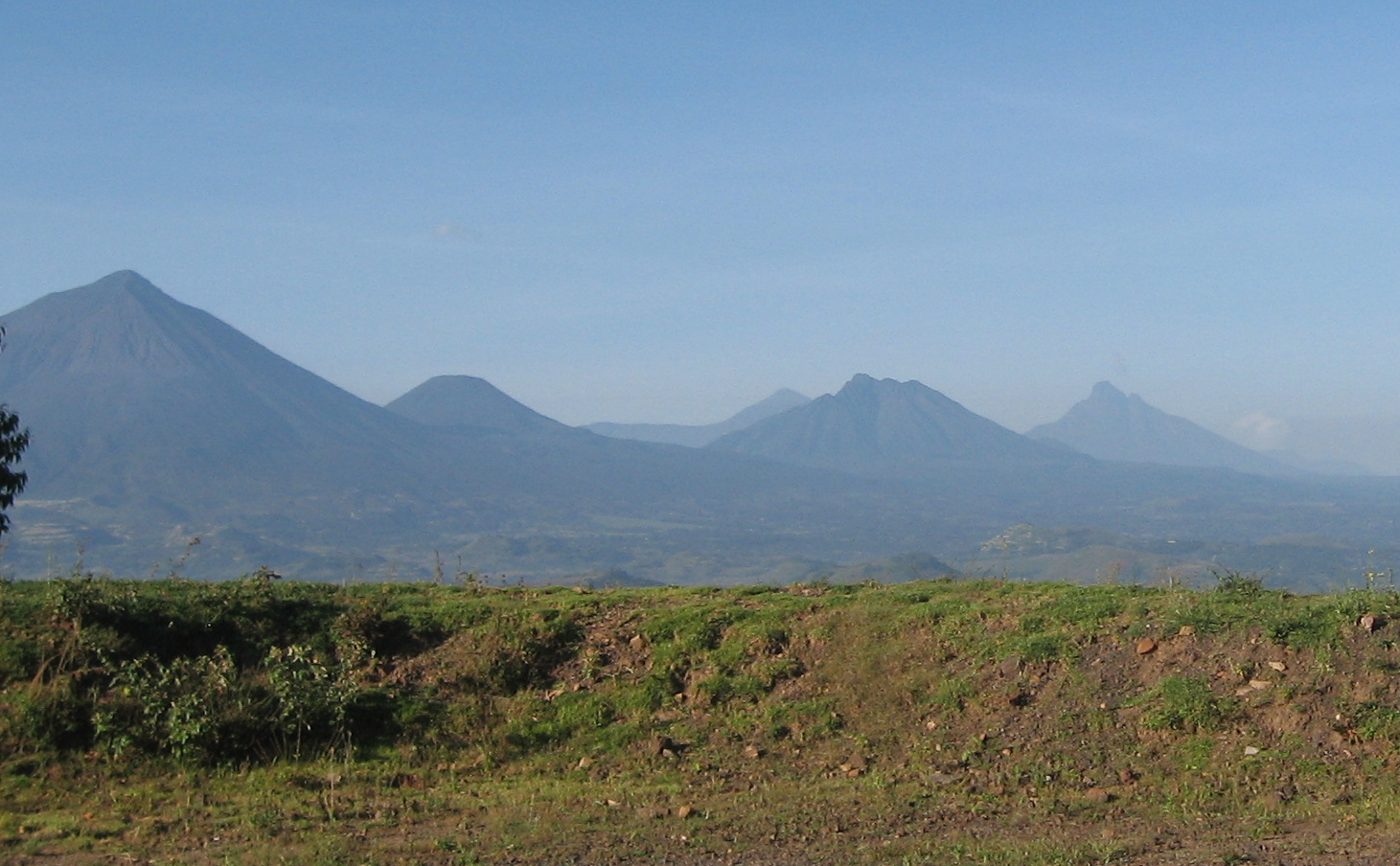 Marfinan, CC BY 3.0, Wikimedia Commons
Marfinan, CC BY 3.0, Wikimedia Commons
She Lived In A Tent
At her home base, Fossey lived in a tent alongside her fellow research workers—photographer Alan Root and a tracker named Sanwekwe. They lived off of the most humble meals, which predominantly consisted of canned food.
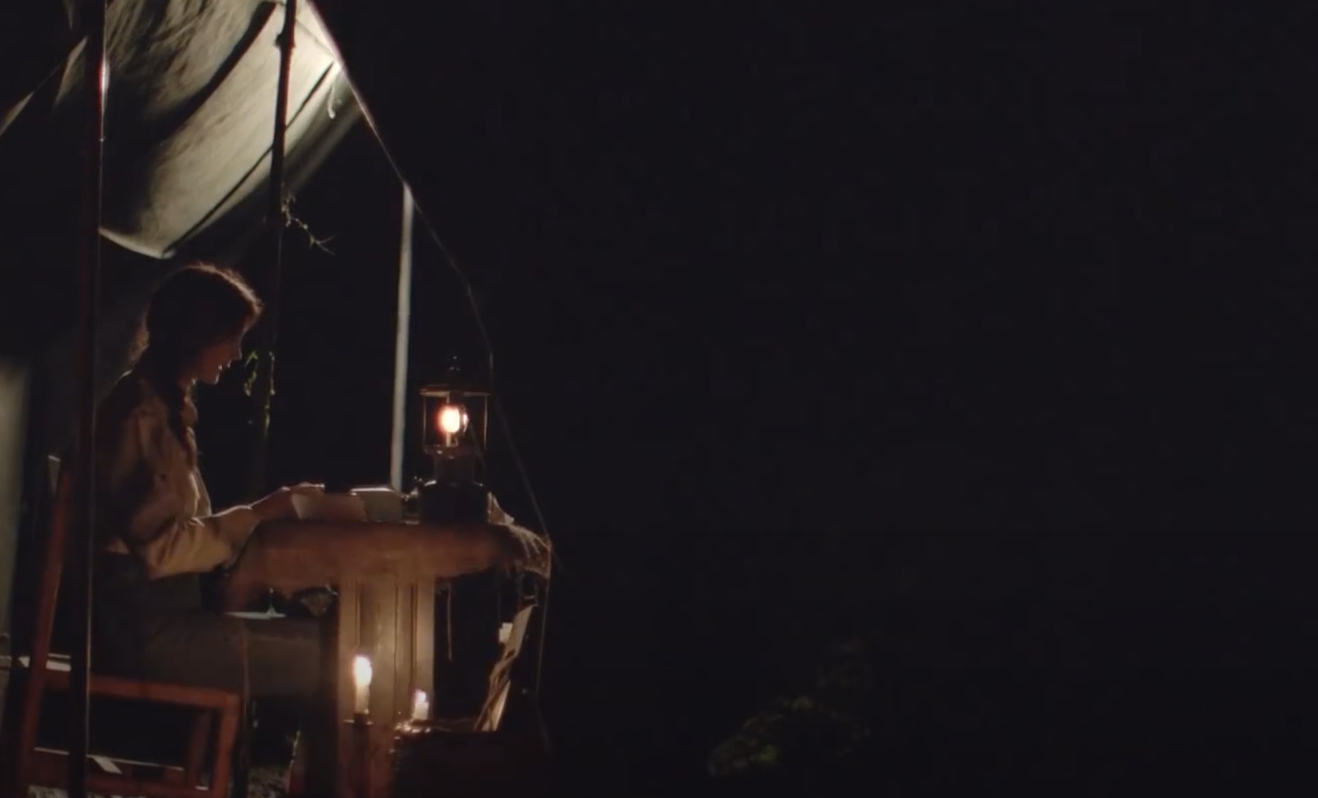 Tigress Productions (II), Dian Fossey: Secrets in the Mist (2017)
Tigress Productions (II), Dian Fossey: Secrets in the Mist (2017)
She Was Incredibly Isolated
Though she lived a rather minimalist lifestyle, Fossey also procured a Land Rover (AKA "Lily"). Every month, when she had to replenish her rations, "Lily" came in handy. Fossey would travel two hours just to gather her necessities—all the way to Kikumba.
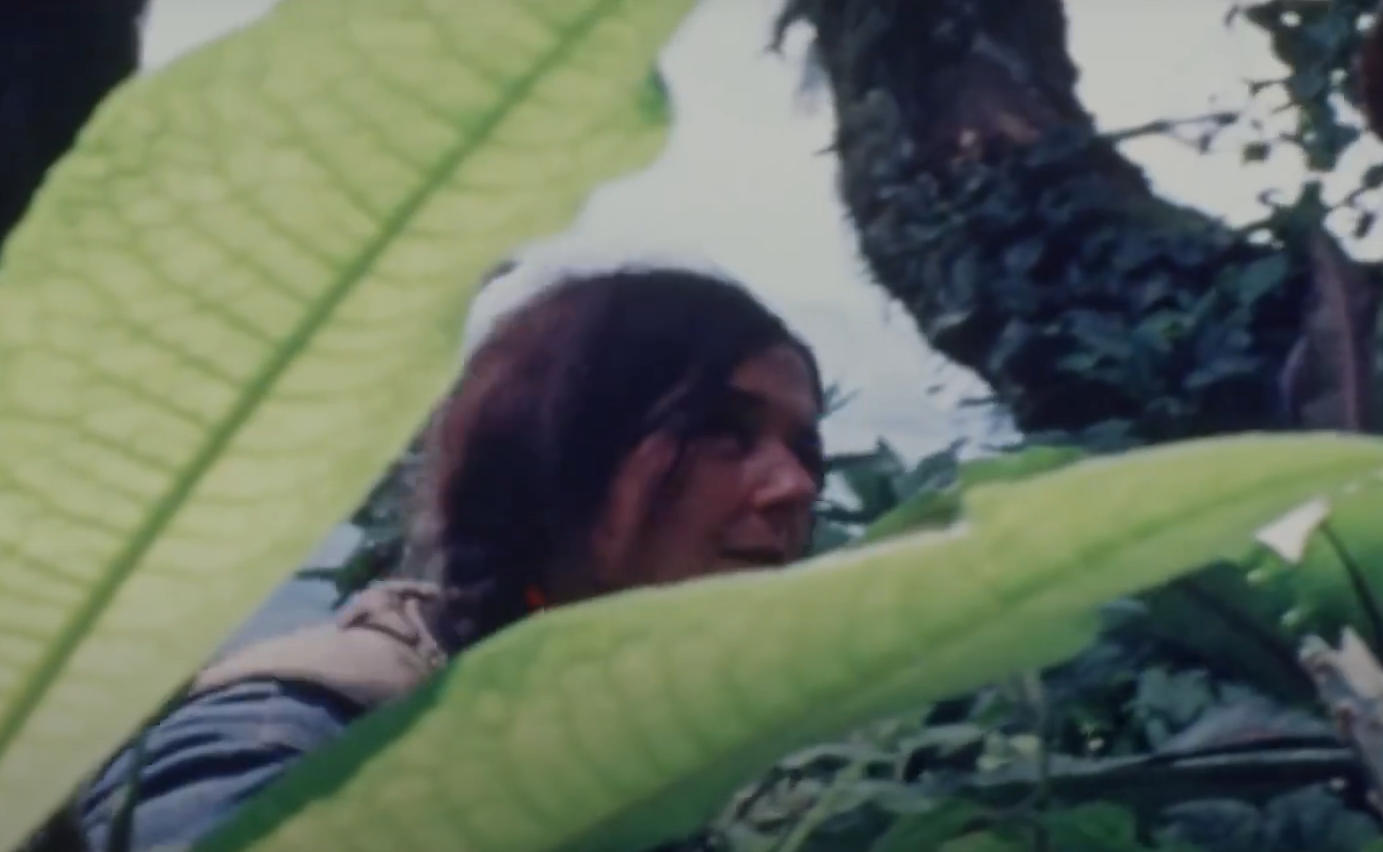 Tigress Productions (II), Dian Fossey: Secrets in the Mist (2017)
Tigress Productions (II), Dian Fossey: Secrets in the Mist (2017)
She Learned How To Track Them
Both Root and Sanwekwe really helped Fossey get her feet wet, teaching her how to properly track gorillas. And it wasn't long before she began to see progress with her research.
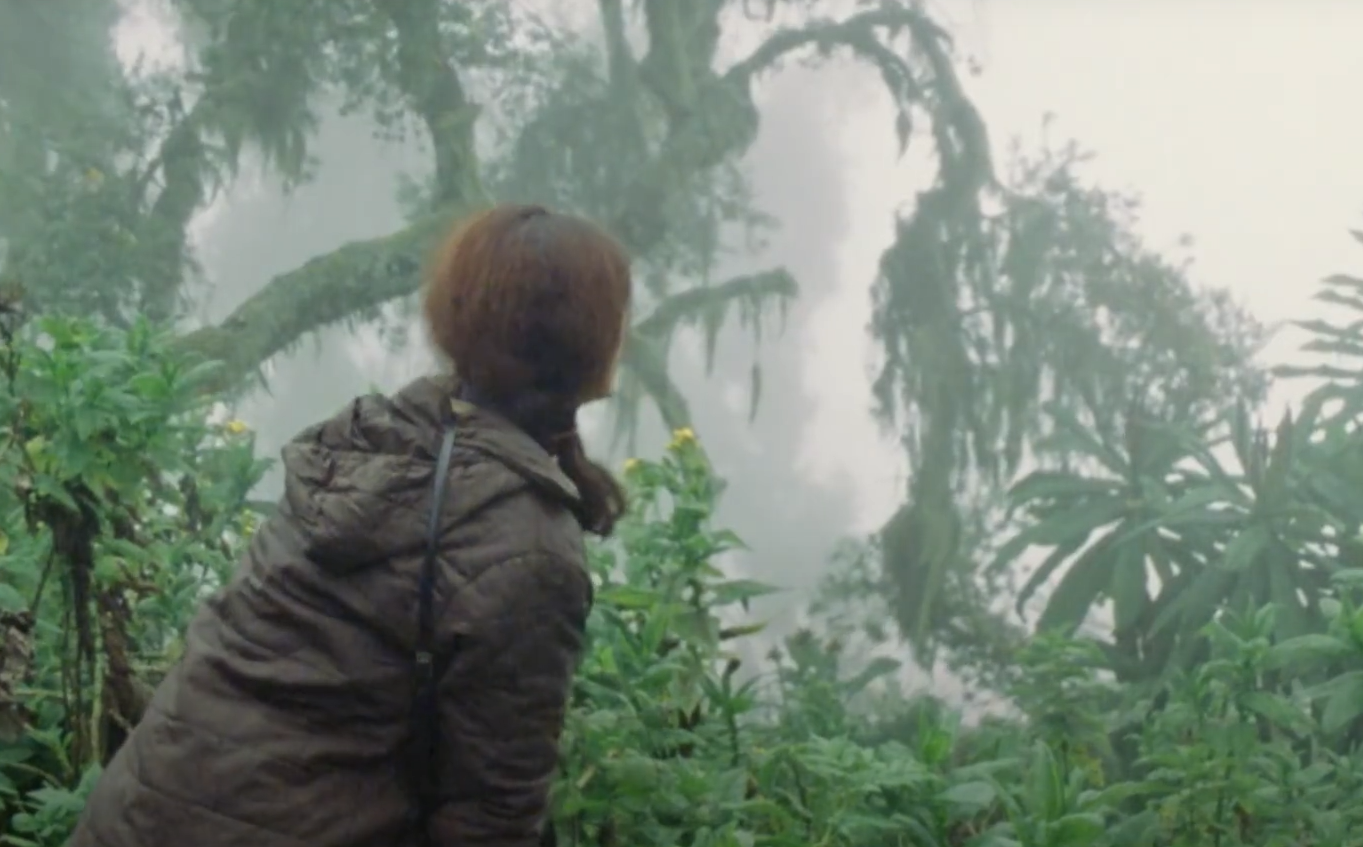 Tigress Productions (II), Dian Fossey: Secrets in the Mist (2017)
Tigress Productions (II), Dian Fossey: Secrets in the Mist (2017)
She Observed Their Behavior
At first, Fossey found it difficult to approach the gorillas. However, she soon caught on to the nuances in their behaviors, realizing the power of imitation. By copying their noises and movements, she learned how to make these wild beasts more comfortable with her presence. Unfortunately, there was trouble on the horizon.
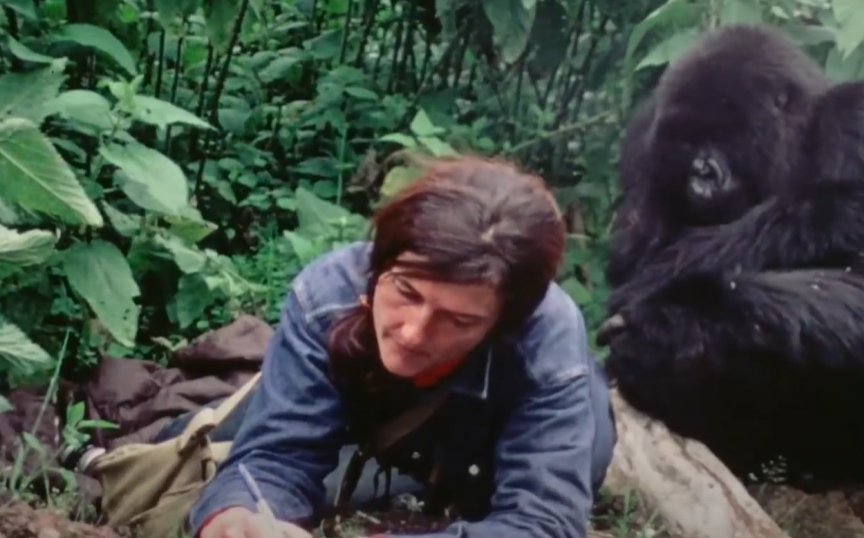 Tigress Productions (II), Dian Fossey: Secrets in the Mist (2017)
Tigress Productions (II), Dian Fossey: Secrets in the Mist (2017)
She Faced A Country In Turmoil
Though Fossey operated in her own private bubble, the outside world threatened her peace. Unfortunately, at this time, the Congo was undergoing a period of radical political conflict—and this threat eventually disturbed Fossey's research plans.
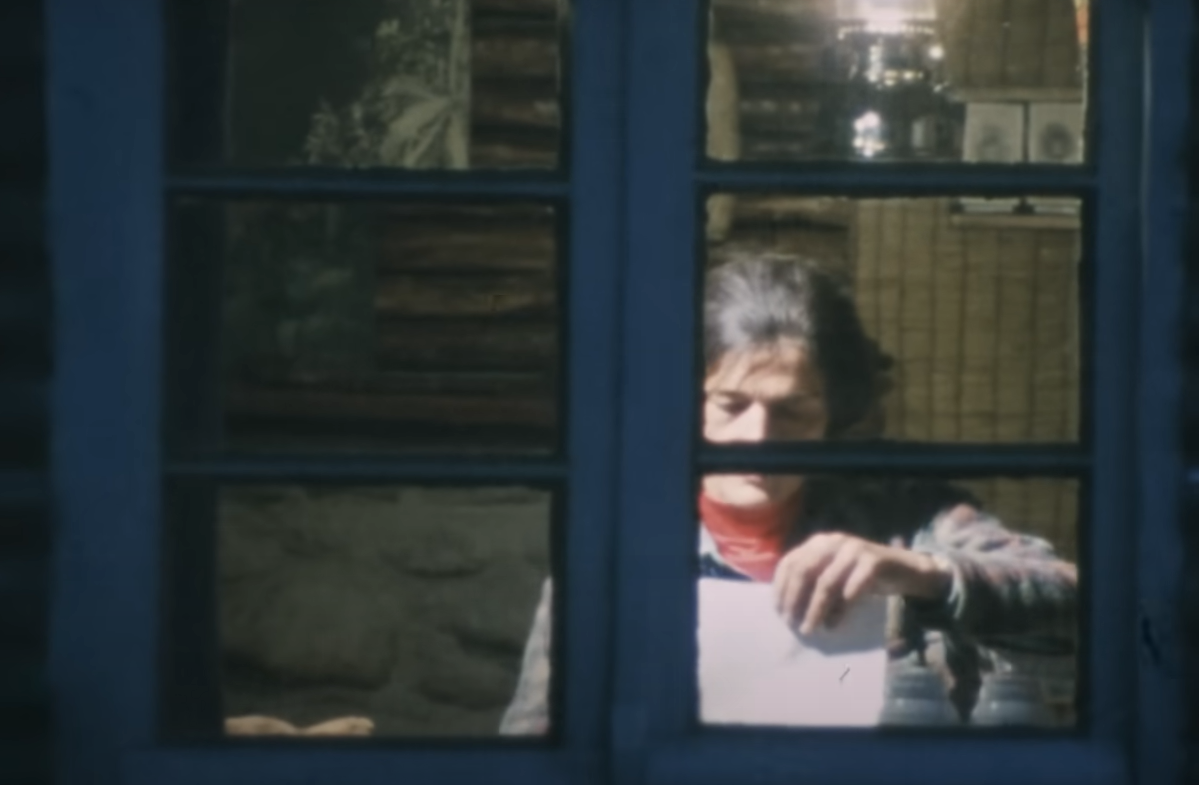 Tigress Productions (II), Dian Fossey: Secrets in the Mist (2017)
Tigress Productions (II), Dian Fossey: Secrets in the Mist (2017)
She Fled The Congo
In July 1967, Fossey and her comrades fled the Congo after being escorted off their campsite by soldiers. To make matters worse, the Ugandan authorities gave her one piece of chilling advice—to never return.
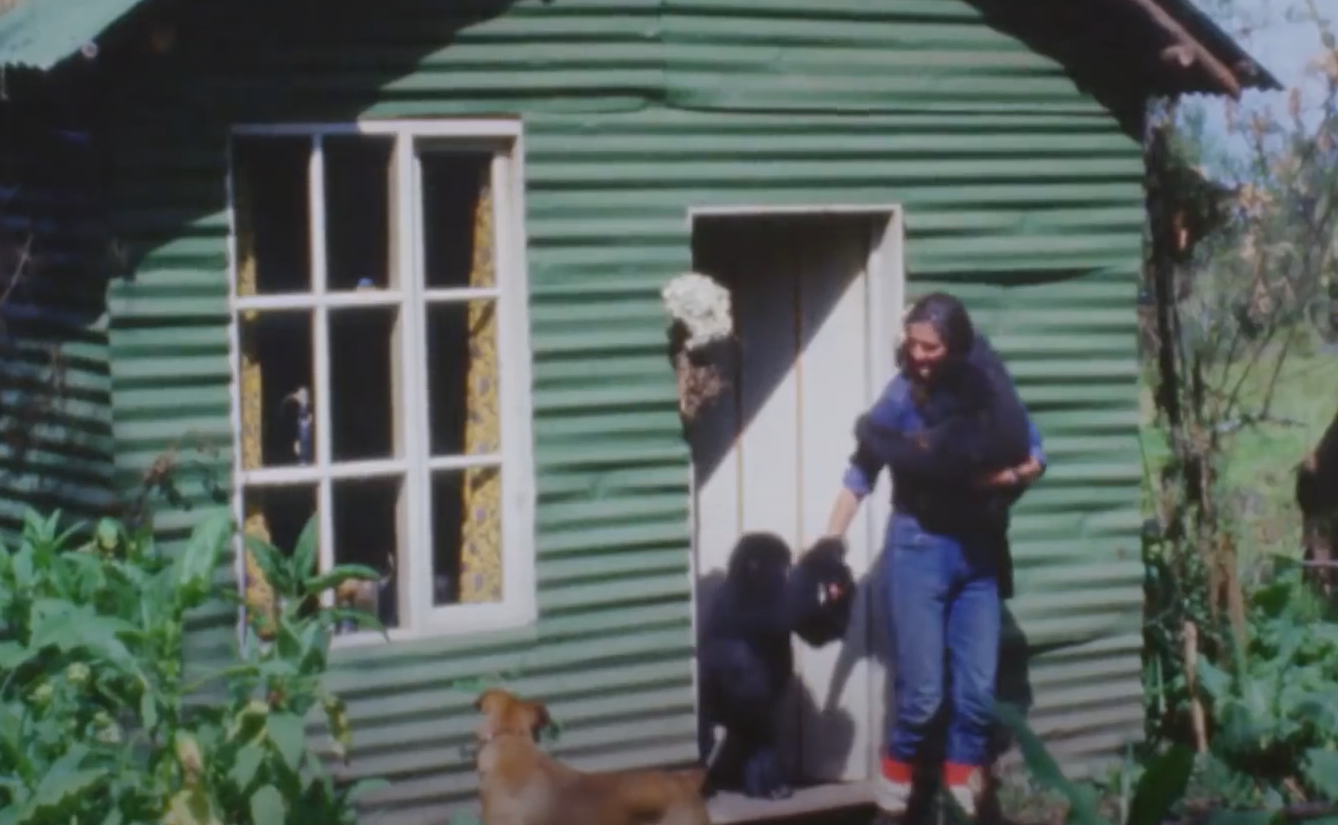 Tigress Productions (II), Dian Fossey: Secrets in the Mist (2017)
Tigress Productions (II), Dian Fossey: Secrets in the Mist (2017)
She Didn't Give Up
Despite the danger of her hasty departure, Fossey wasn't about to throw in the towel so quickly. Instead, she opted to continue her work on the other side of the Virunga Mountains—in Rwanda.
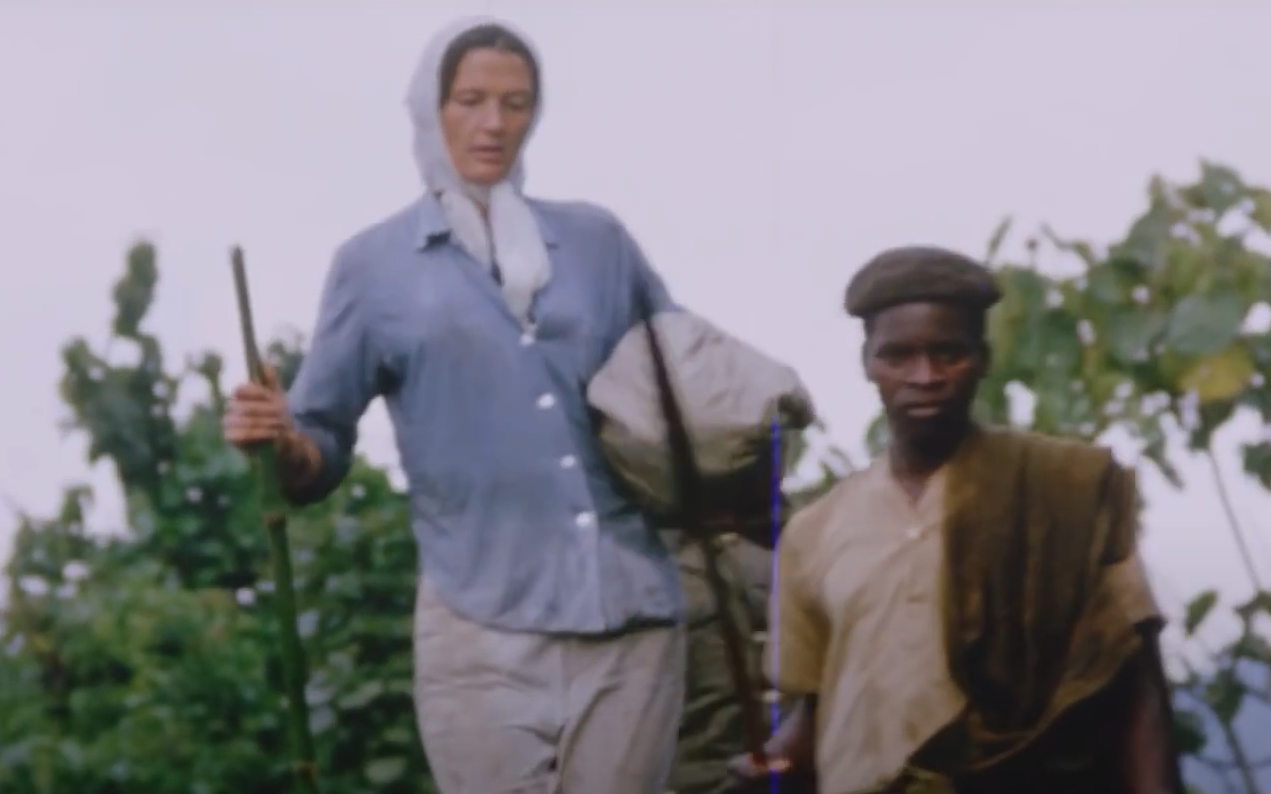 Tigress Productions (II), Dian Fossey: Secrets in the Mist (2017)
Tigress Productions (II), Dian Fossey: Secrets in the Mist (2017)
She Found A New Research Site
By September of that year, Fossey found exactly what she needed—a new campsite to continue her work. The spot? The rainforest in Ruhengeri province. Here, she set up the Karisoke Research Center.
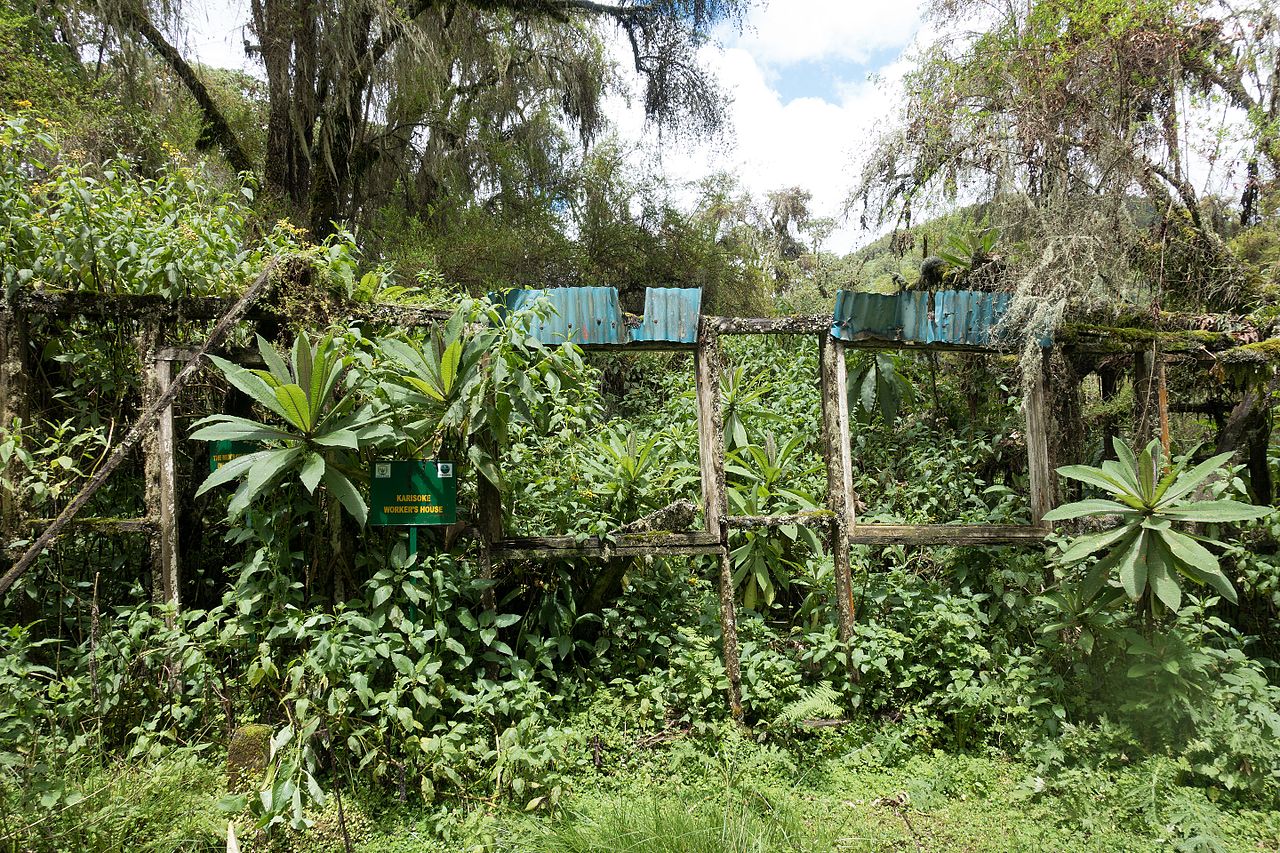 Fanny Schertzer, CC BY 3.0, Wikimedia Commons
Fanny Schertzer, CC BY 3.0, Wikimedia Commons
She Lived On The Mountain
Fossey's site sprawled across 25 square kilometers and could be found 9,800 feet up Mount Bisoke. She had chosen one of the most remote spots possible—and this arrangement eventually earned her a fitting name.
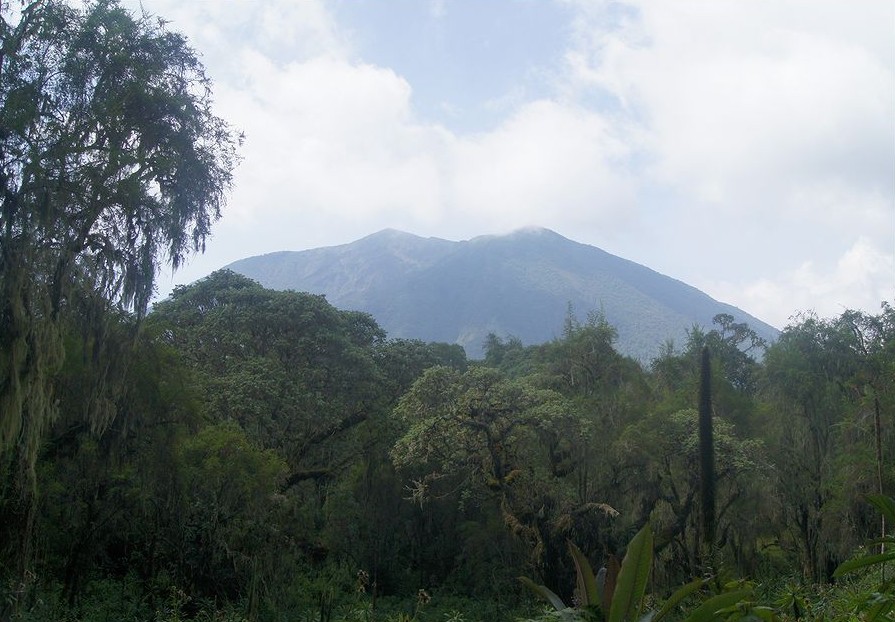 Nickolayvladim, CC BY-SA 3.0, Wikimedia Commons
Nickolayvladim, CC BY-SA 3.0, Wikimedia Commons
She Had A Special Name
To the locals, Dian Fossey became synonymous with the names "Nyirmachabelli" or "Nyiramacibiri"—and they described her perfectly. After all, they meant something along the lines of: "The woman who lives alone on the mountain".
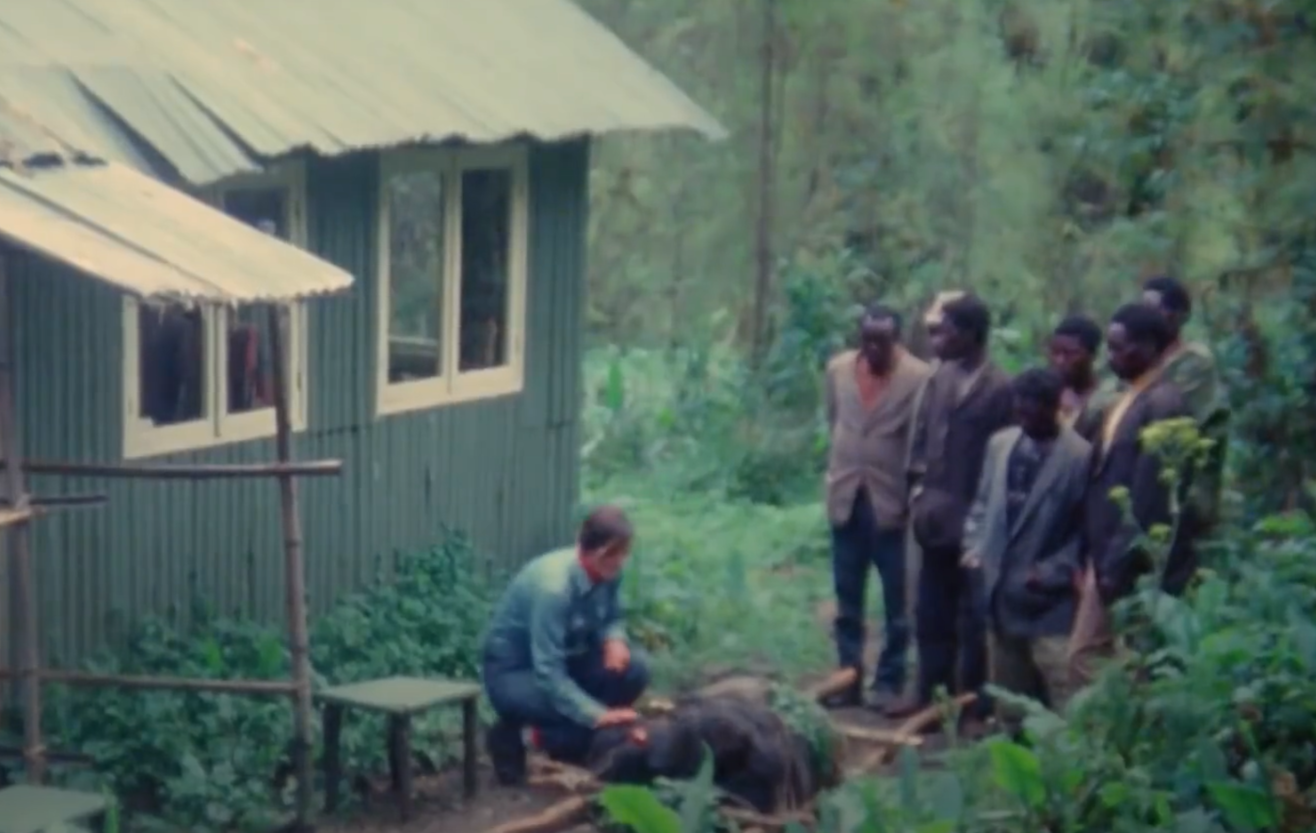 Tigress Productions (II), Dian Fossey: Secrets in the Mist (2017)
Tigress Productions (II), Dian Fossey: Secrets in the Mist (2017)
She Realized That These Gorillas Were Different
Fossey soon found that the gorillas on this side of the mountains were shockingly different from the Congo's gorillas. The main issue was they were far more wary of humans, assuming them to be poachers.
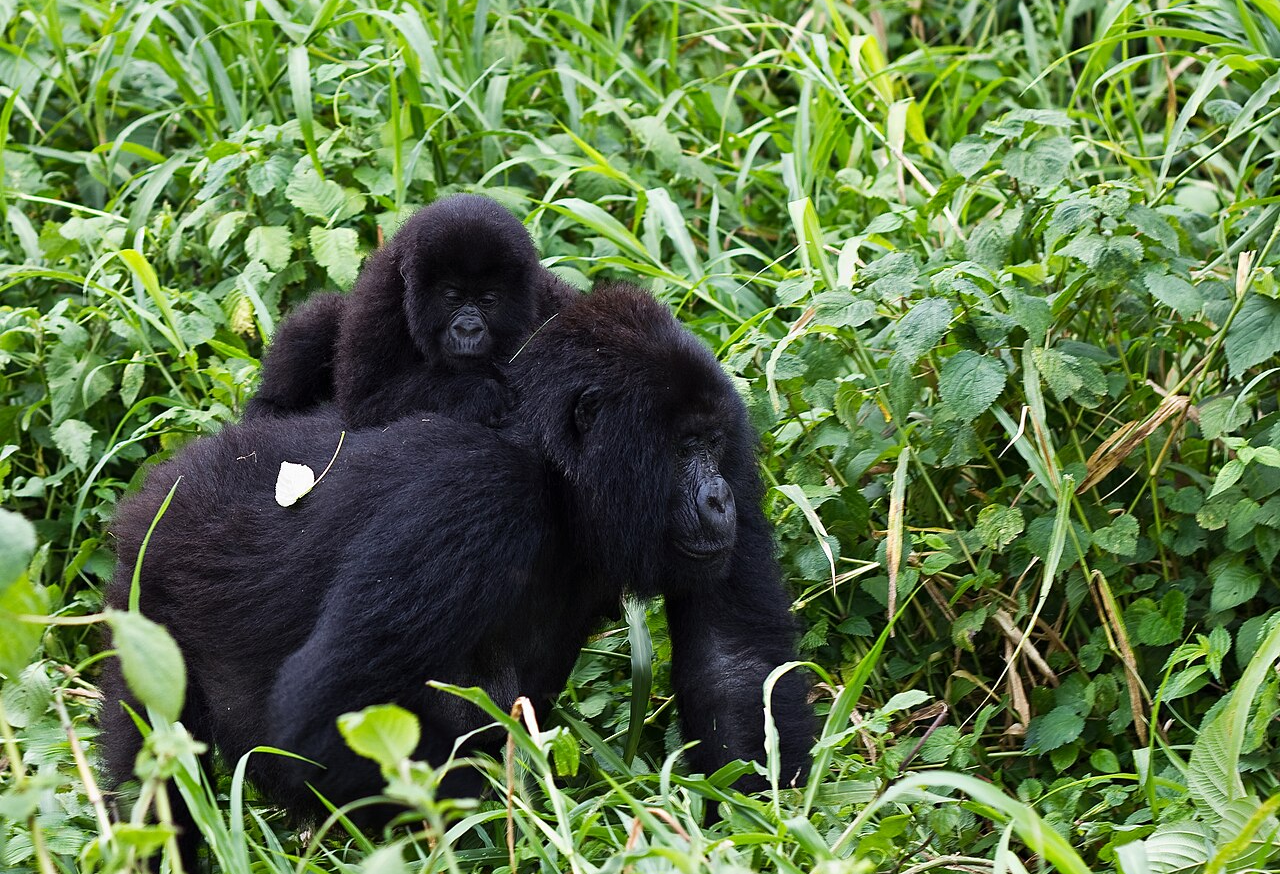 Cai Tjeenk Willink, CC BY-SA 3.0, Wikimedia Commons
Cai Tjeenk Willink, CC BY-SA 3.0, Wikimedia Commons
She Had To Earn Their Trust
Therefore, earning the gorillas' trust became Fossy's first major challenge. Once again, her process of imitation yielded excellent results.
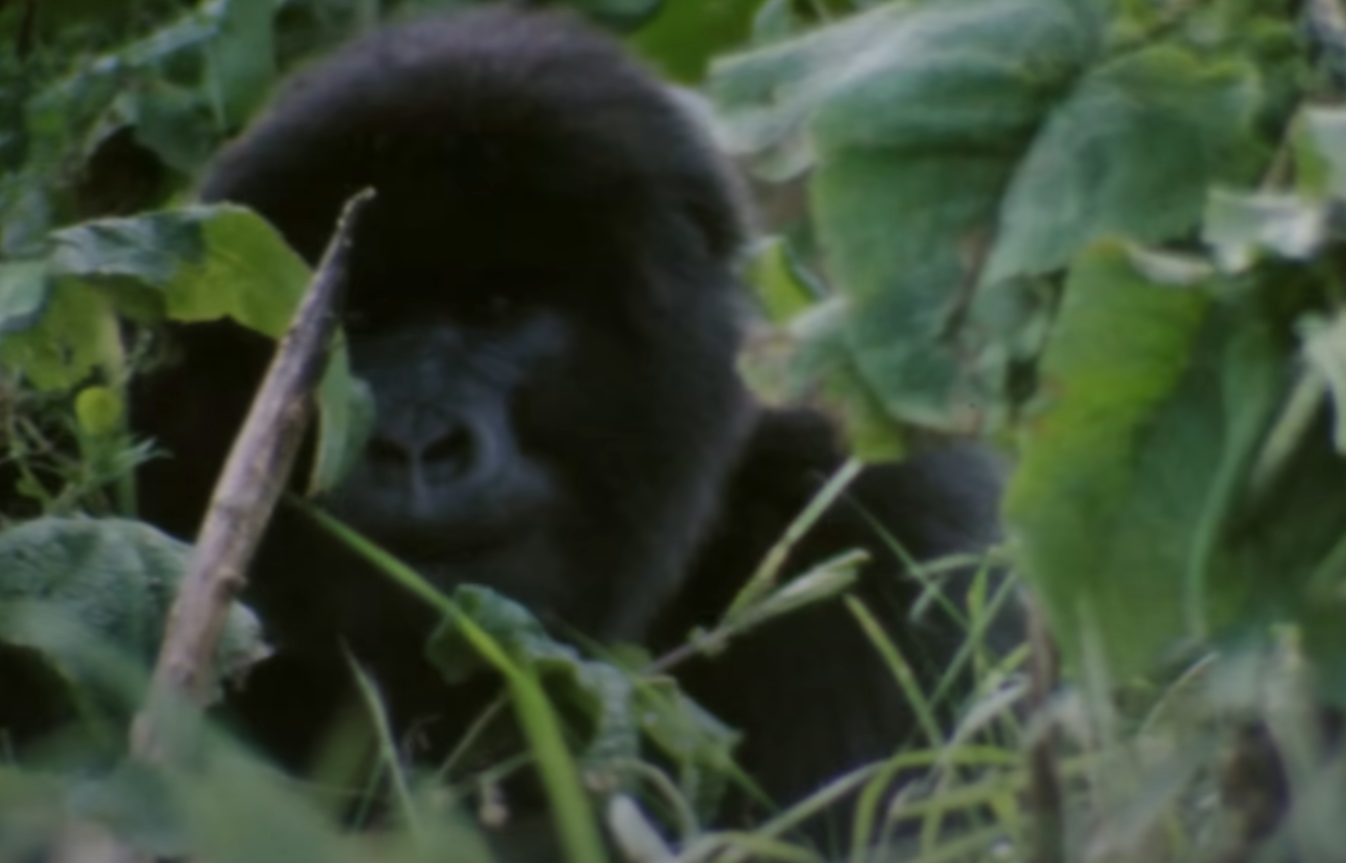 Tigress Productions (II), Dian Fossey: Secrets in the Mist (2017)
Tigress Productions (II), Dian Fossey: Secrets in the Mist (2017)
She Pretended To Be Them
Fossey later commented on her techniques. She told the BBC, "I'm an inhibited persona and I felt that the gorillas were somewhat inhibited as well, so I imitated their natural, normal behaviour like feeding, munching on celery stalks or scratching myself".
Her illuminating work helped make her a renowned figure in her field.
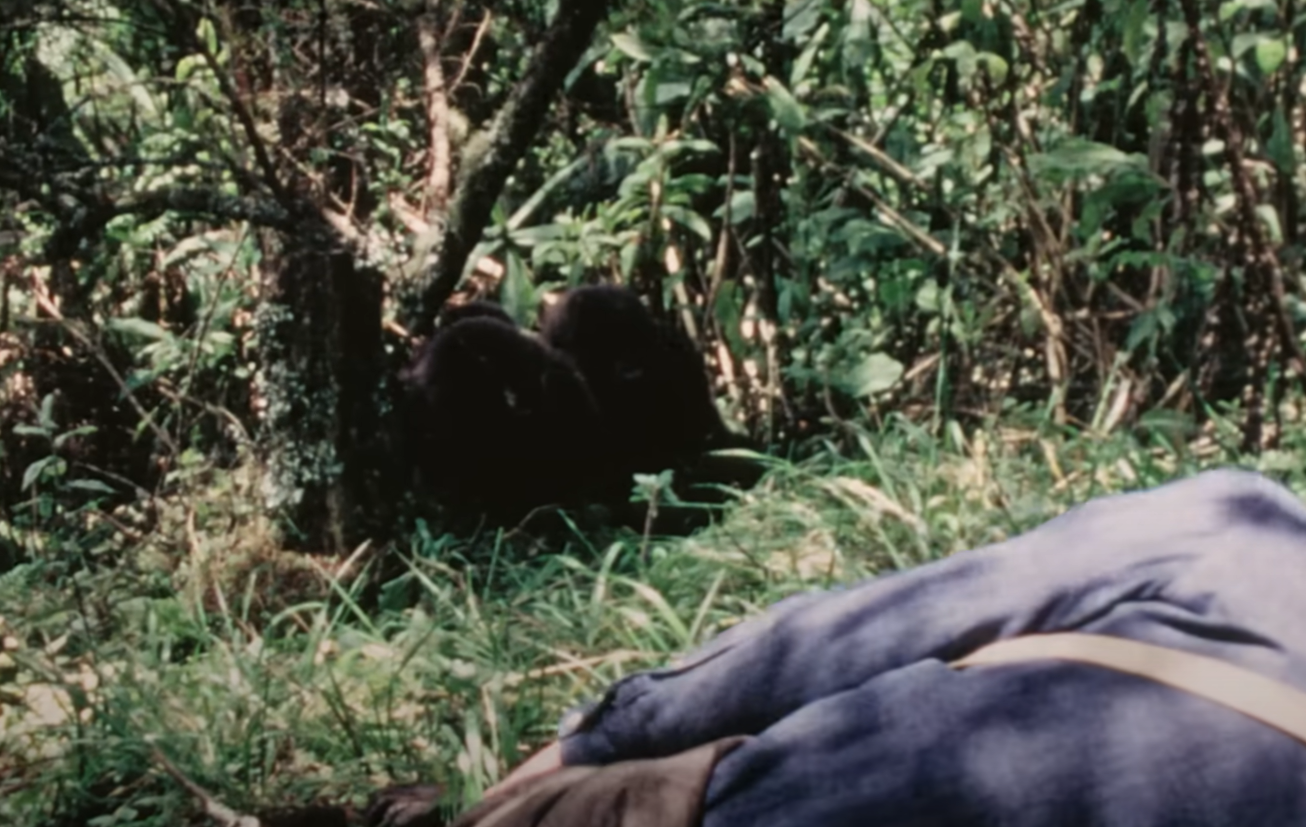 Tigress Productions (II), Dian Fossey: Secrets in the Mist (2017)
Tigress Productions (II), Dian Fossey: Secrets in the Mist (2017)
She Made The Cover Of National Geographic
Fossey made all kinds of important observations when it came to the gorillas—everything from their diet to their social dynamics to their vocalization and more. Her years of making leaps and bounds eventually landed her on the cover of National Geographic magazine in 1970. However, her accomplishments didn't end there.
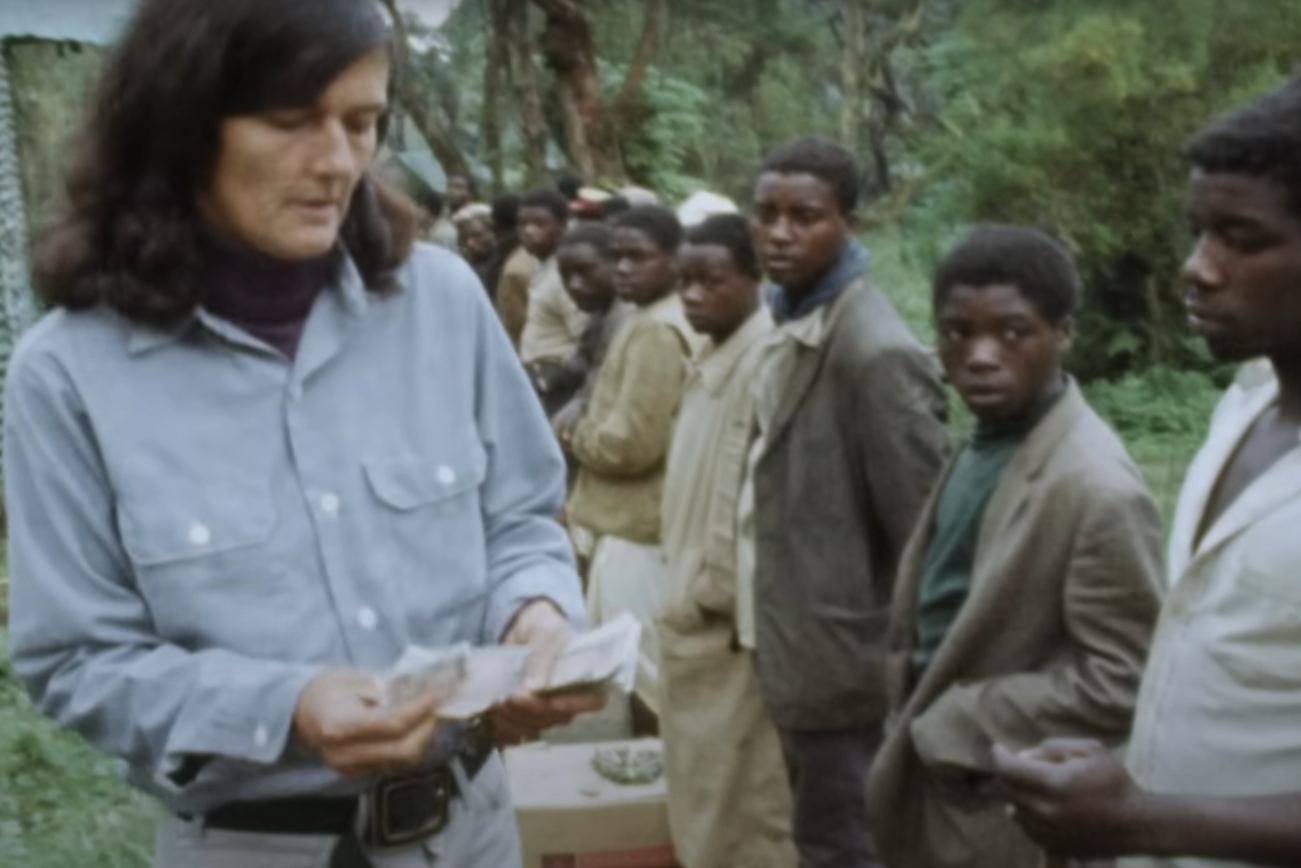 Tigress Productions (II), Dian Fossey: Secrets in the Mist (2017)
Tigress Productions (II), Dian Fossey: Secrets in the Mist (2017)
She Cemented Her Legacy
By the time the 1980s rolled around, Dian Fossey had undeniably cemented her legacy. Not only did she have a PhD under her belt, but she was internationally known for her work with mountain gorillas—and she painted them with a very illuminating brush.
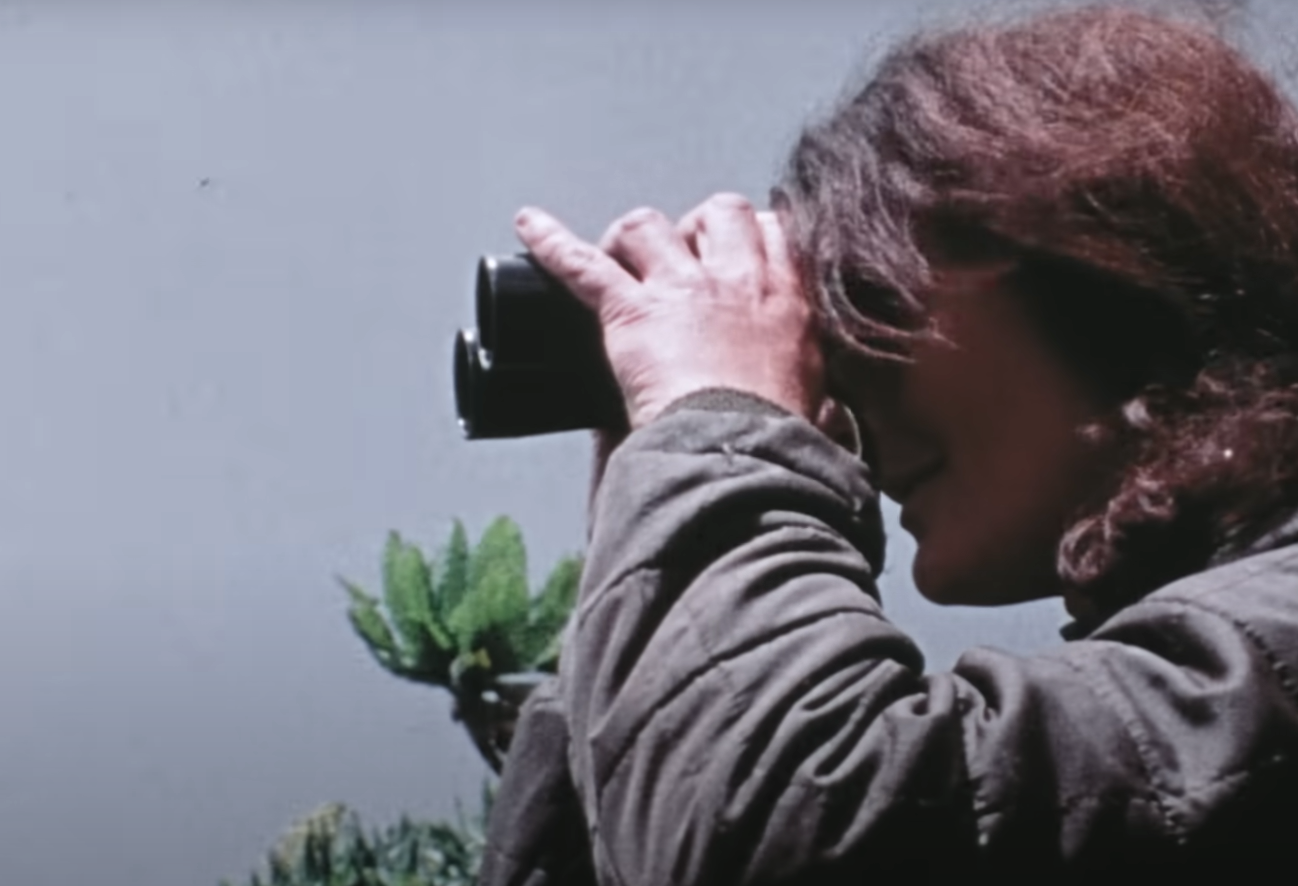 Tigress Productions (II), Dian Fossey: Secrets in the Mist (2017)
Tigress Productions (II), Dian Fossey: Secrets in the Mist (2017)
She Revealed Their True Nature
According to Fossey, she understood gorillas as "dignified, highly social, gentle giants, with individual personalities, and strong family relationships".
Sadly, though, the final chapter of her short life—through the 1970s and into the 1980s—was the saddest one of all.
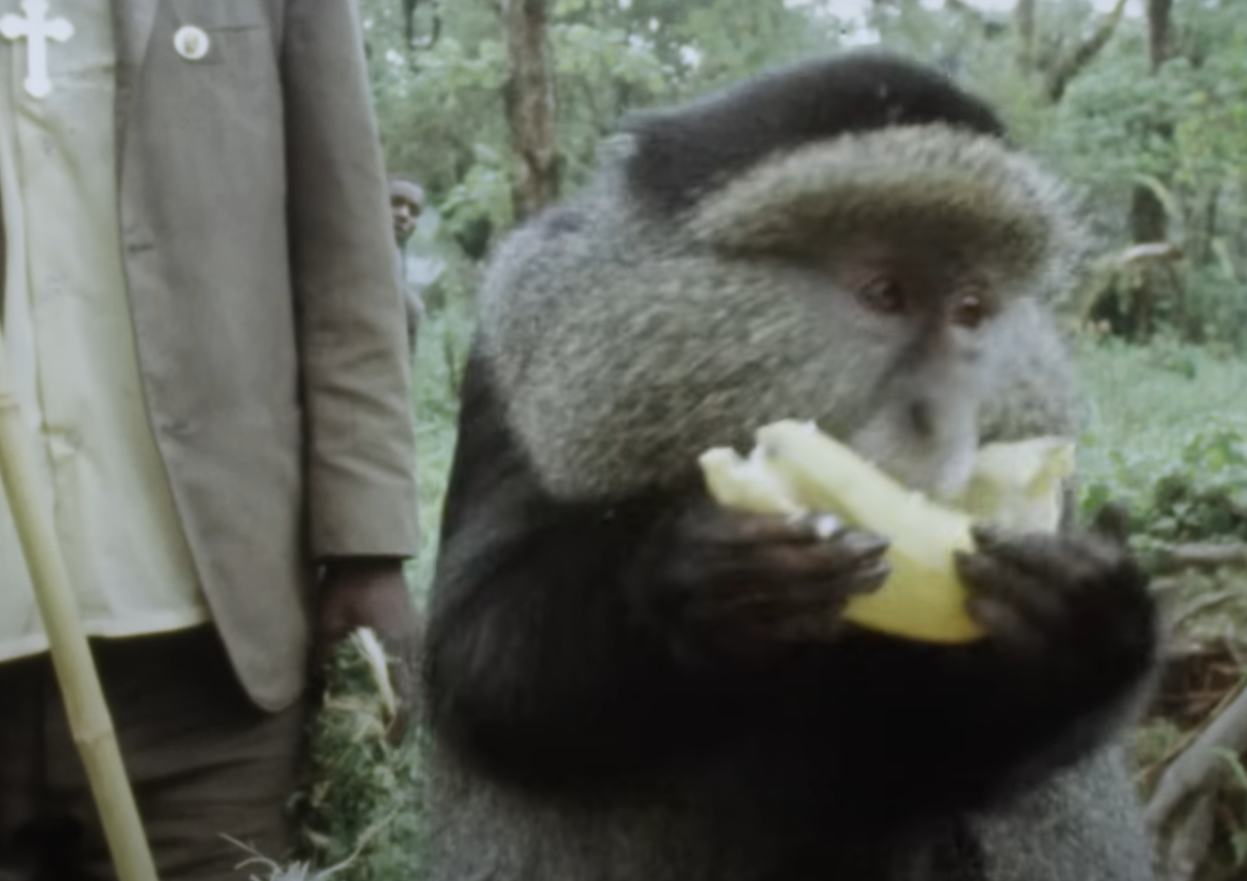 Tigress Productions (II), Dian Fossey: Secrets in the Mist (2017)
Tigress Productions (II), Dian Fossey: Secrets in the Mist (2017)
She Faced Her Greatest Enemy
During the 1970s, Fossey faced her greatest opposition—not her living conditions or the challenging work—but rather, the illicit poachers in her area.
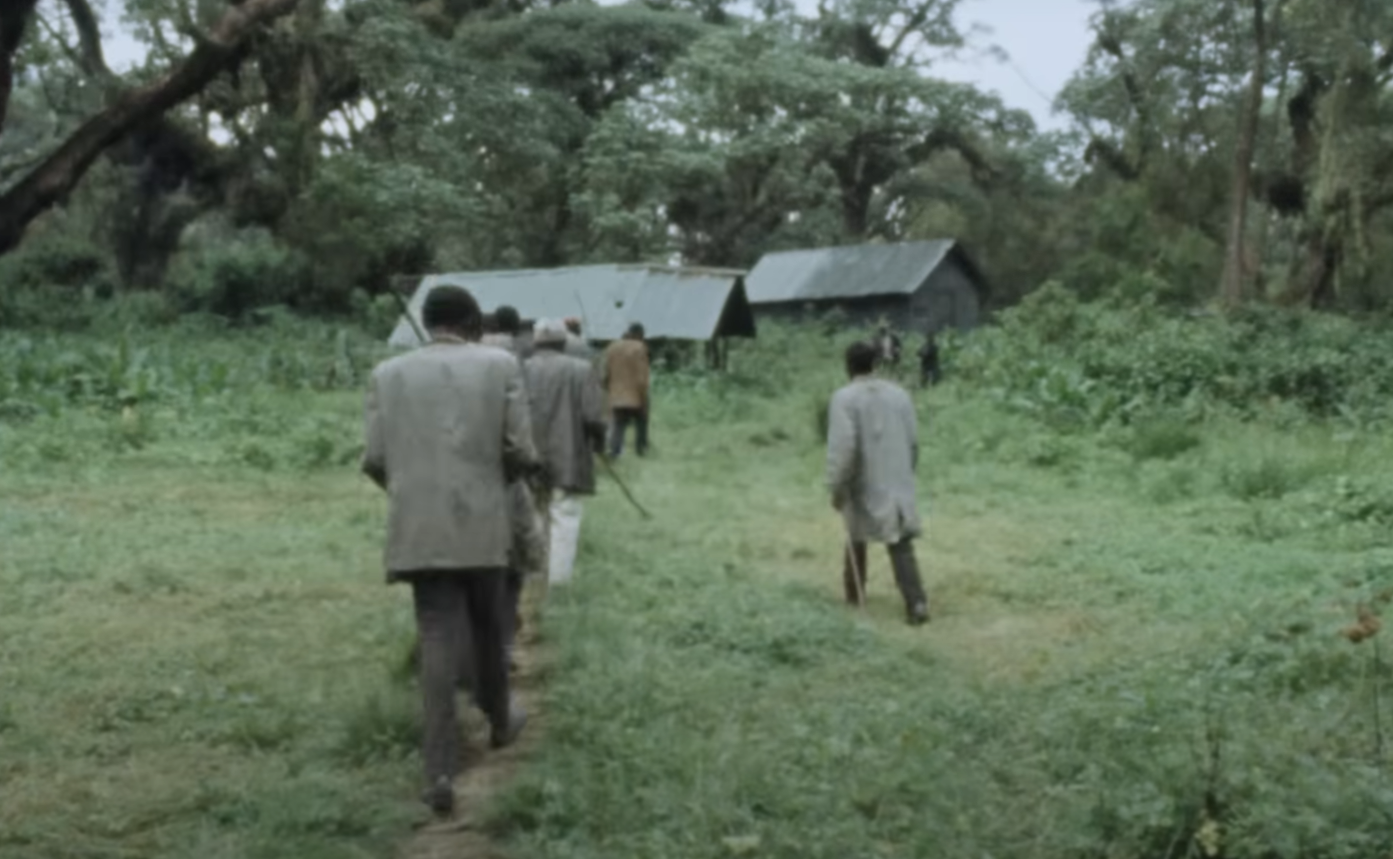 Tigress Productions (II), Dian Fossey: Secrets in the Mist (2017)
Tigress Productions (II), Dian Fossey: Secrets in the Mist (2017)
Here Gorillas Were In Danger
You see, though the national park prohibited hunting, park conservators often had a crooked streak—and were shamelessly willing to accept bribes from poachers. The poor regulation surrounding poachers became a recipe for disaster—and it led to one of the greatest tragedies of Fossey's life.
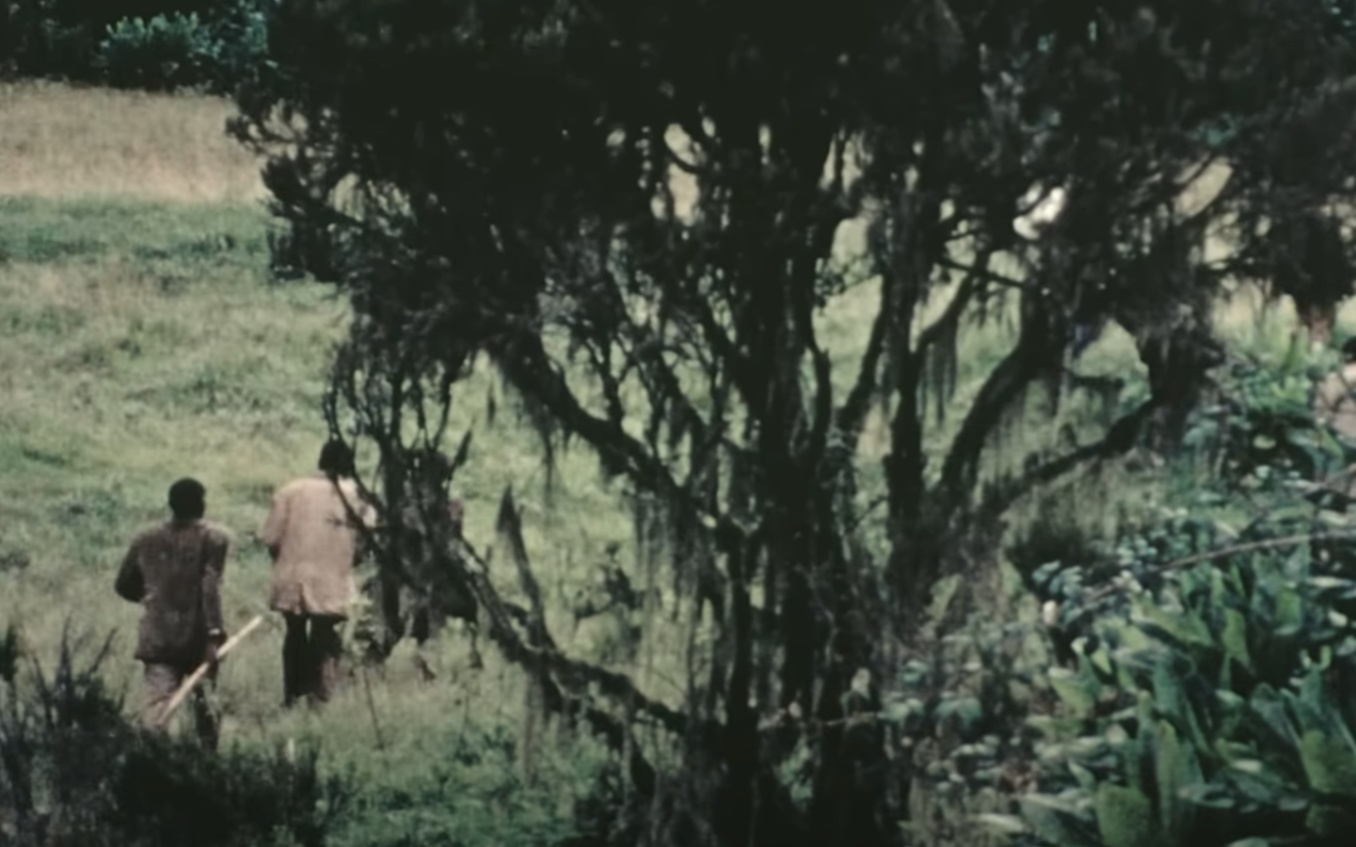 Tigress Productions (II), Dian Fossey: Secrets in the Mist (2017)
Tigress Productions (II), Dian Fossey: Secrets in the Mist (2017)
She Had A Favorite Gorilla
It was New Year's Eve in 1997 when a party of six poachers came across one of Fossey's study groups—study group 4—a group of 14 gorillas that just so happened to include her favorite gorilla, Digit.
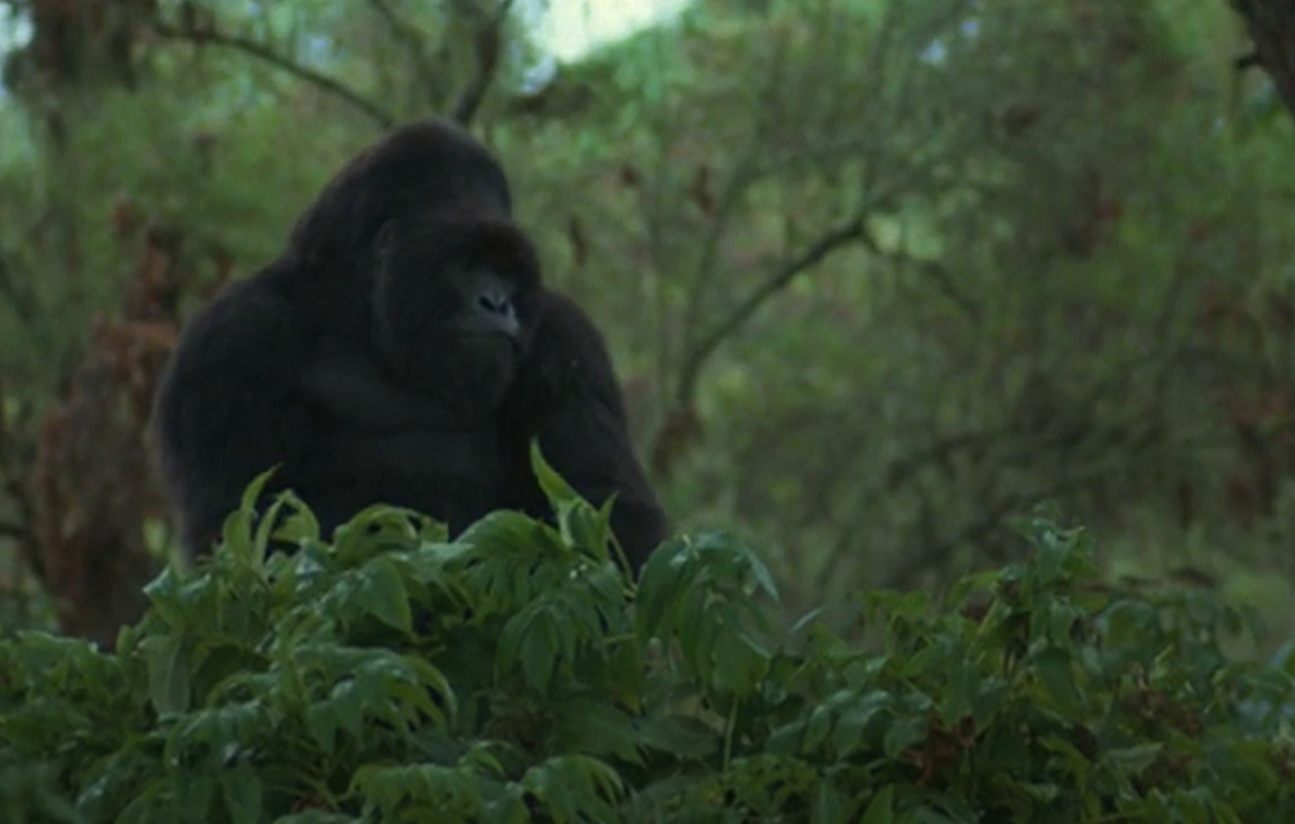 Universal, Gorillas in the Mist (1988)
Universal, Gorillas in the Mist (1988)
He Protected His Group
Digit faced down these poachers with commendable ferocity—and as the sentry, he protected his fellow gorillas. The poachers came at him with spears and injured him in five places. But the worst was yet to come.
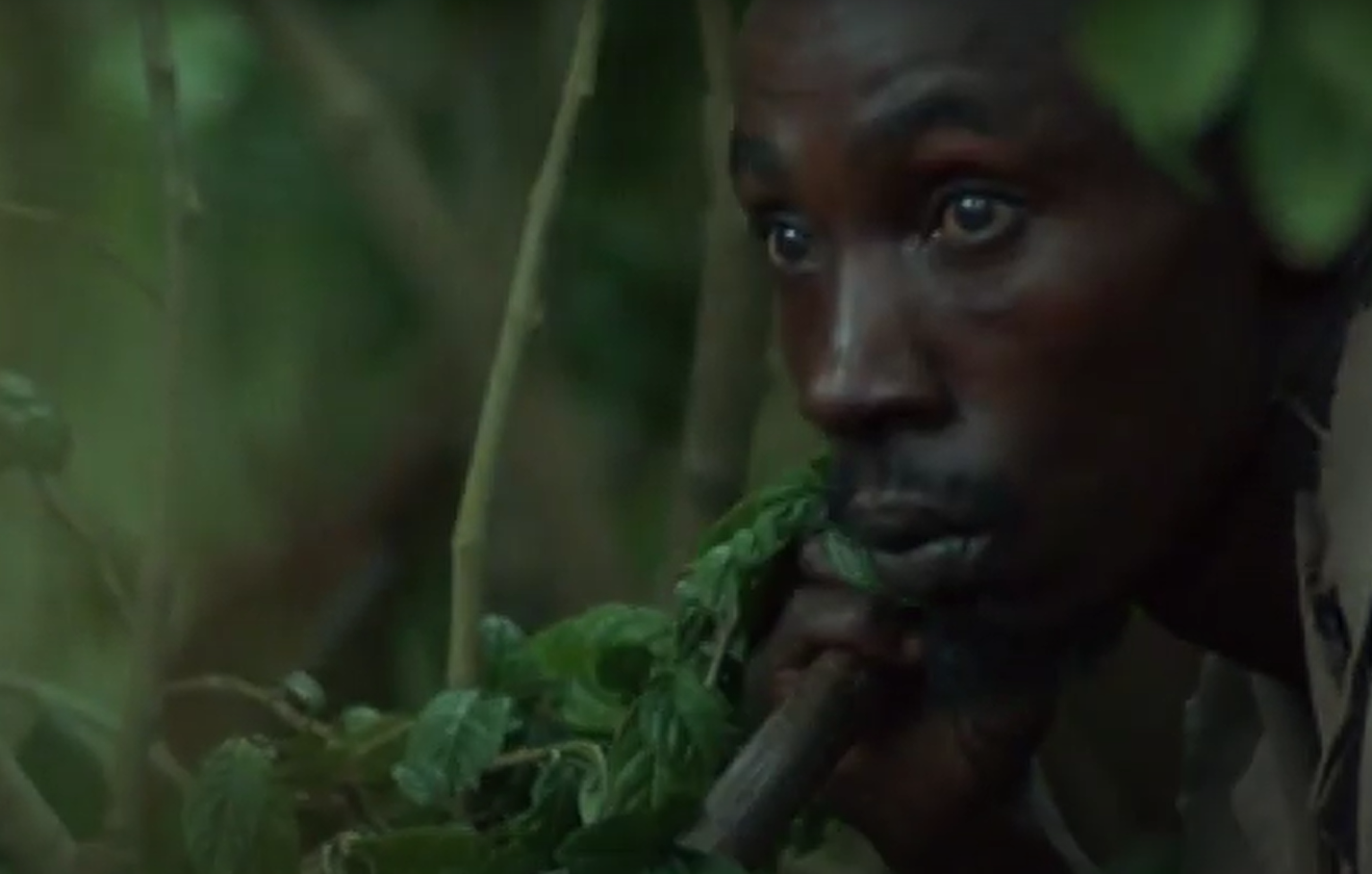 Universal, Gorillas in the Mist (1988)
Universal, Gorillas in the Mist (1988)
He Put Up A Fight
Digit acted as a line of defense, taking out one of the poachers' dogs—but though the rest of the gorillas managed to escape, Digit did not... What the poachers did to him was unspeakable.
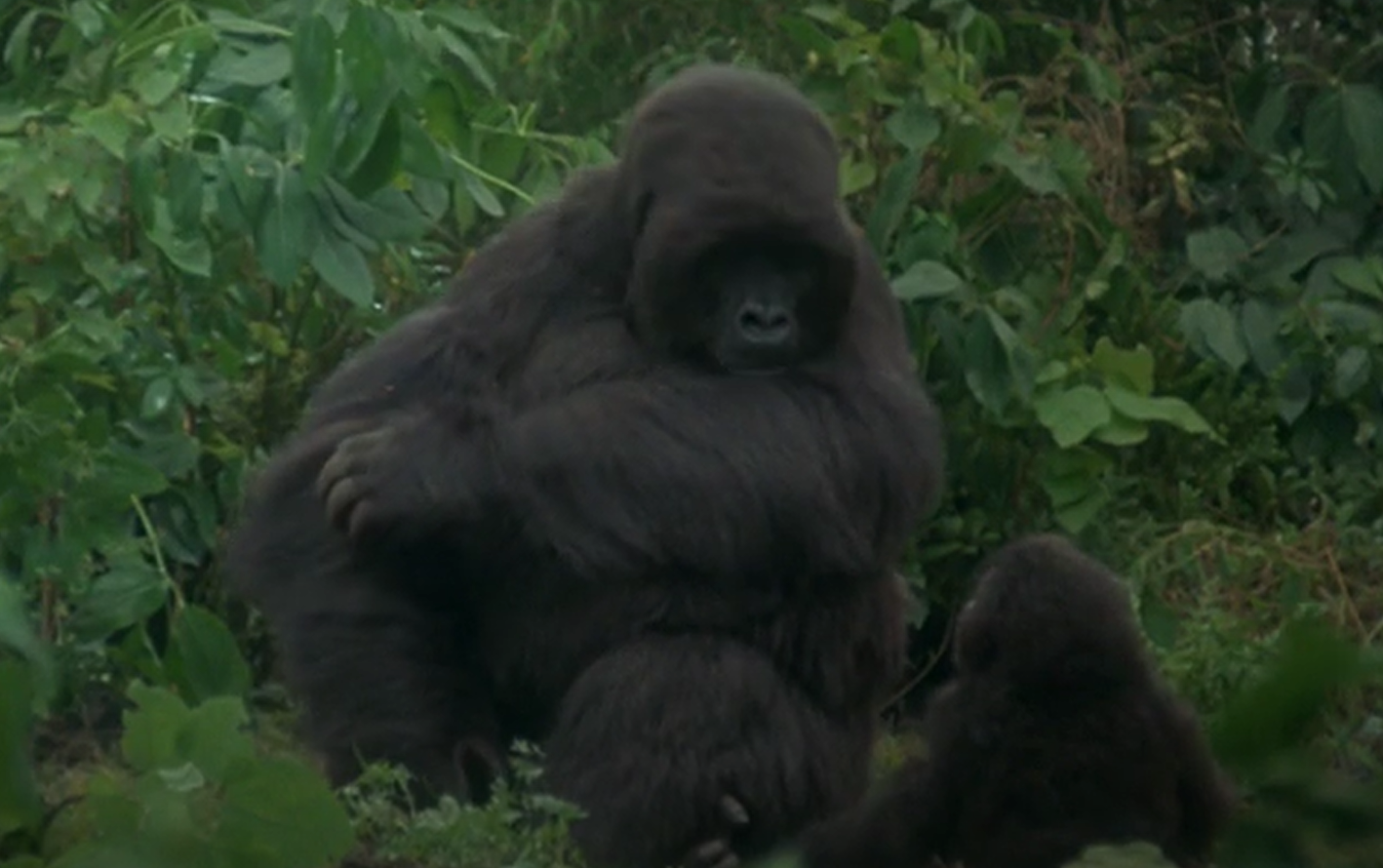 Universal, Gorillas in the Mist (1988)
Universal, Gorillas in the Mist (1988)
They Took His Hands
Not only did the poachers sever Digit's head, but they also removed his hands for the most disgusting reason—to be eventually used as ashtrays. They left the rest of his body behind.
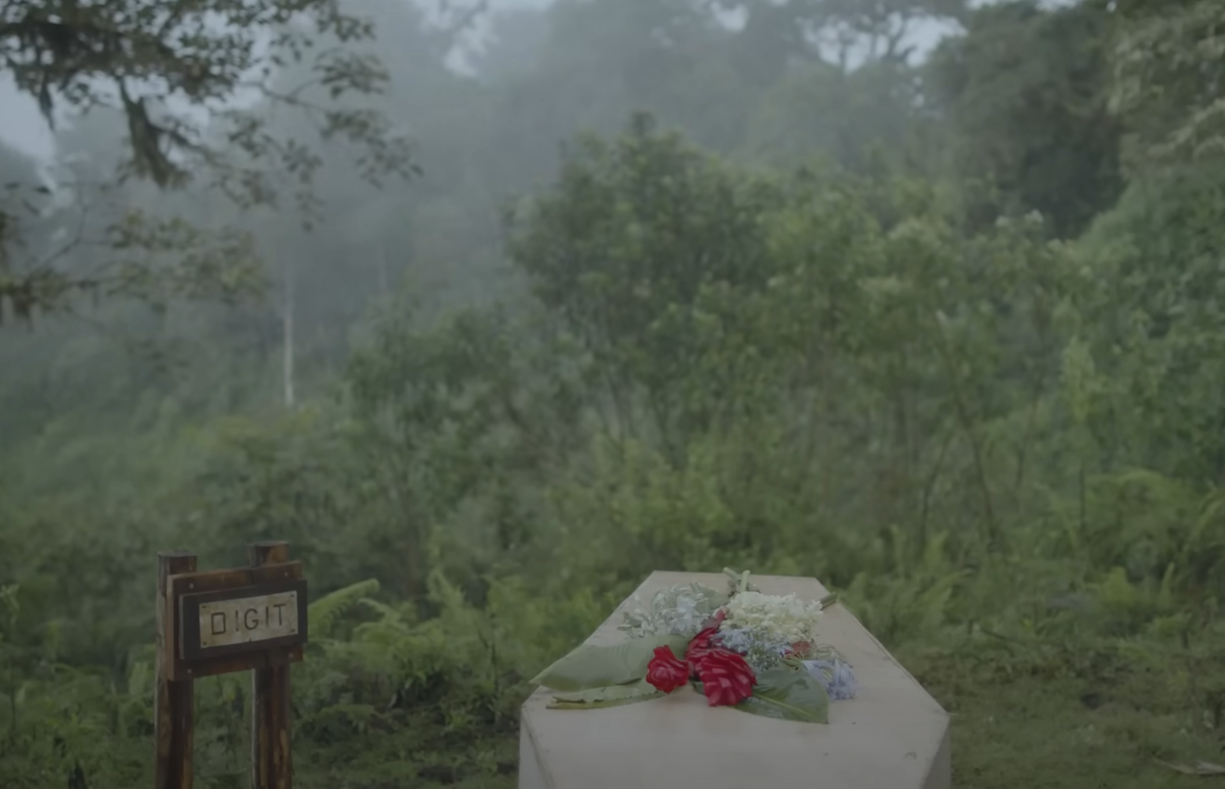 Tigress Productions (II), Dian Fossey: Secrets in the Mist (2017)
Tigress Productions (II), Dian Fossey: Secrets in the Mist (2017)
She Grieved For Him
It was Ian Redmond, a research assistant, who eventually found Digit's grisly remains. Fossey was absolutely destroyed by the news, and would one day refer to his loss as the "saddest event in all my years of sharing the daily lives of mountain gorilla".
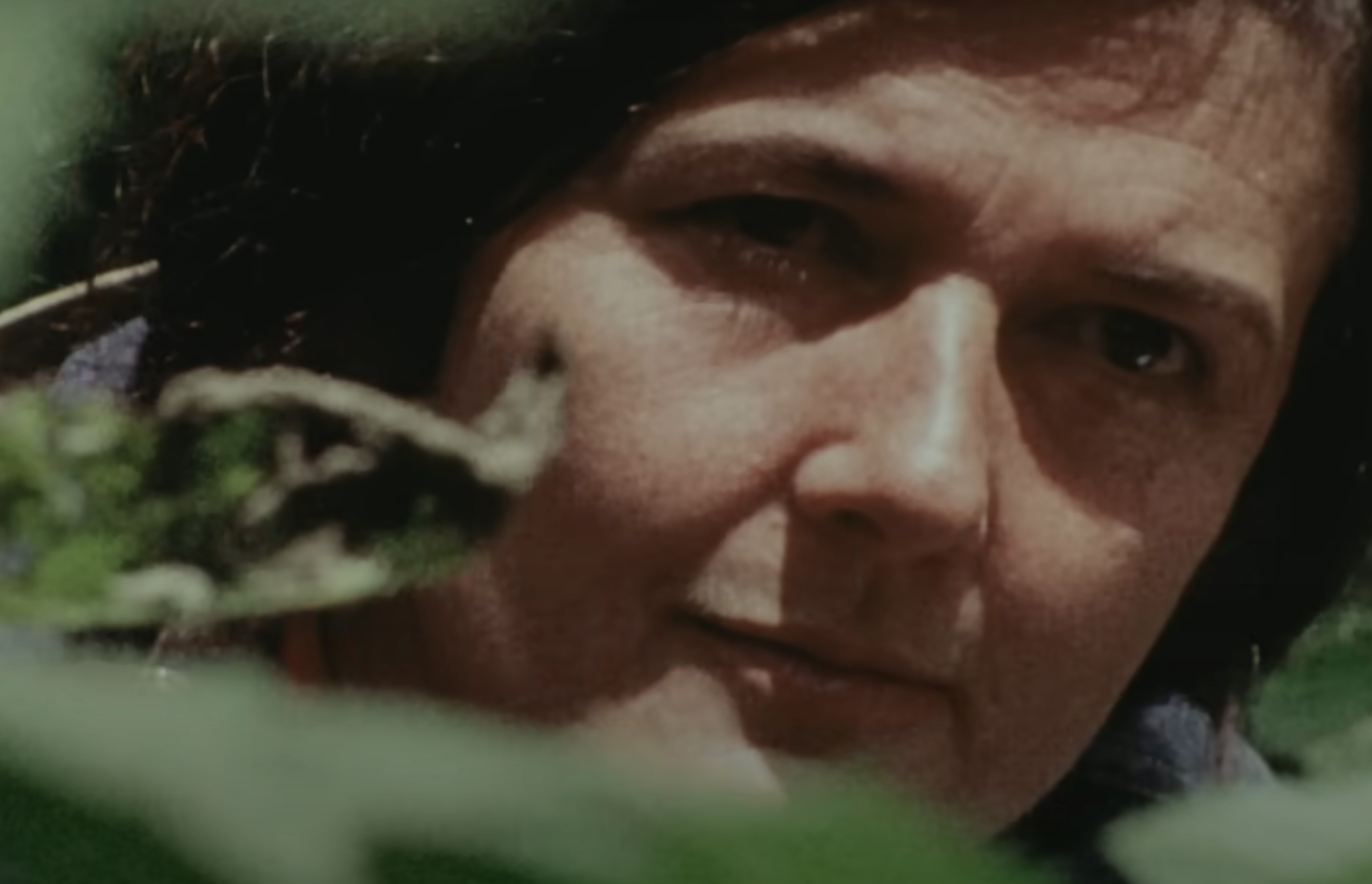 Tigress Productions (II), Dian Fossey: Secrets in the Mist (2017)
Tigress Productions (II), Dian Fossey: Secrets in the Mist (2017)
She Became Extremely Depressed
The grief Fossey endured in the aftermath of this horror show was all-consuming. She fell into a spiraling depression and stayed locked up in her cabin. Even worse? She drowned her sorrows in drink.
Eventually, though, her sadness turned into a burning vengeance.
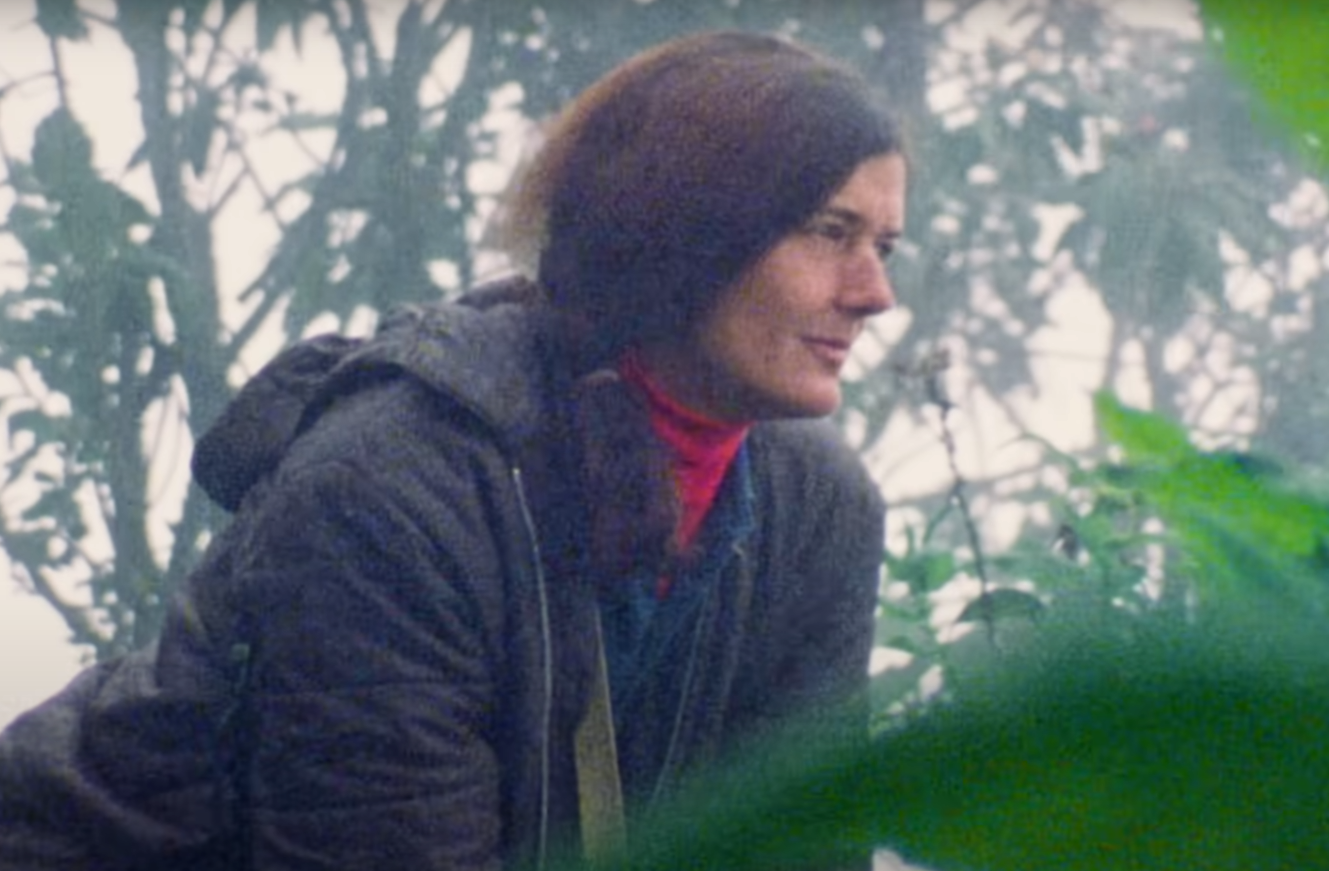 Tigress Productions (II), Dian Fossey: Secrets in the Mist (2017)
Tigress Productions (II), Dian Fossey: Secrets in the Mist (2017)
She Wanted Revenge
The loss of Digit shifted Fossey's priorities in a shocking way. Though initially living in the mountains for the sake of research, she now focused her energy on how to stop poaching—and she came at this issue from multiple angles.
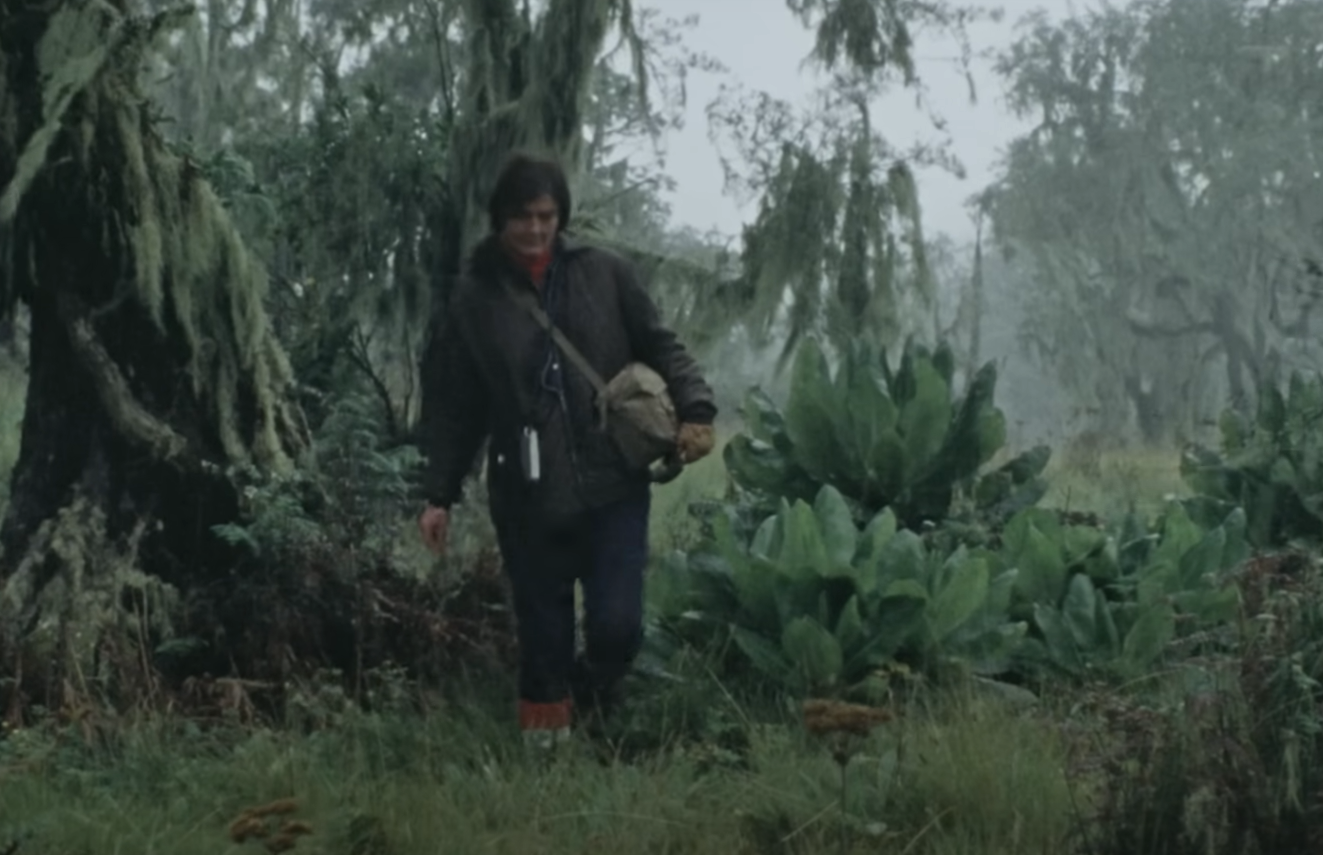 Tigress Productions (II), Dian Fossey: Secrets in the Mist (2017)
Tigress Productions (II), Dian Fossey: Secrets in the Mist (2017)
She Raised Money
Firstly, there was the Digit Fund, which focused on fundraising for anti-poaching patrols. This also brought international awareness to this issue. However, she went even further.
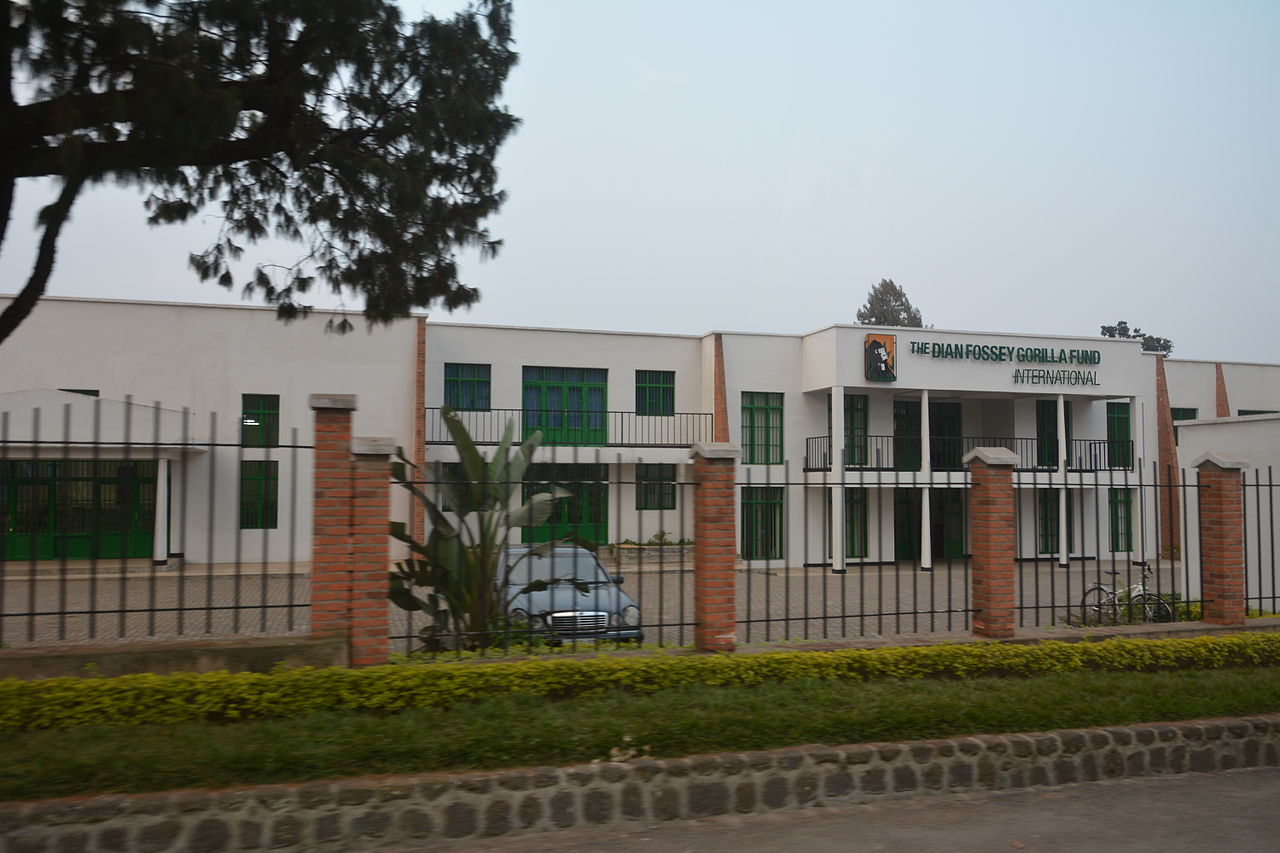 Azurfrog, CC BY-SA 4.0, Wikimedia Commons
Azurfrog, CC BY-SA 4.0, Wikimedia Commons
She Sabotaged Their Traps
Fossey wasn't afraid of getting her hands dirty, going so far as to sabotage as many animal traps as she could. In fact, her methods began to border a bit on obsession and aggression.
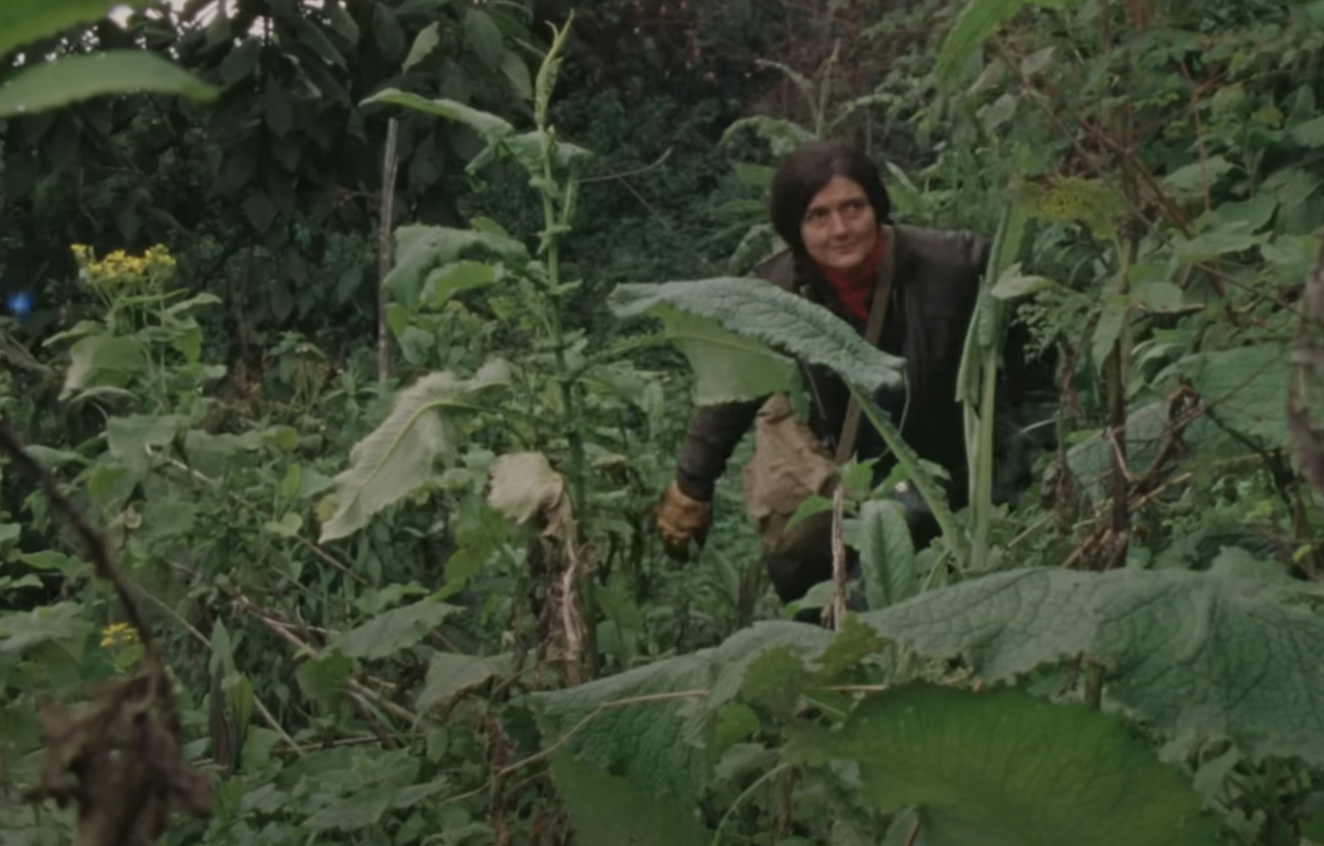 Tigress Productions (II), Dian Fossey: Secrets in the Mist (2017)
Tigress Productions (II), Dian Fossey: Secrets in the Mist (2017)
She Got Physical With Them
Fossey confronted poachers up close and personal—and on some occasions, even held them captive. With them at her mercy, she would get physical with them, scare them, and use humiliation tactics. But this was just the tip of the iceberg.
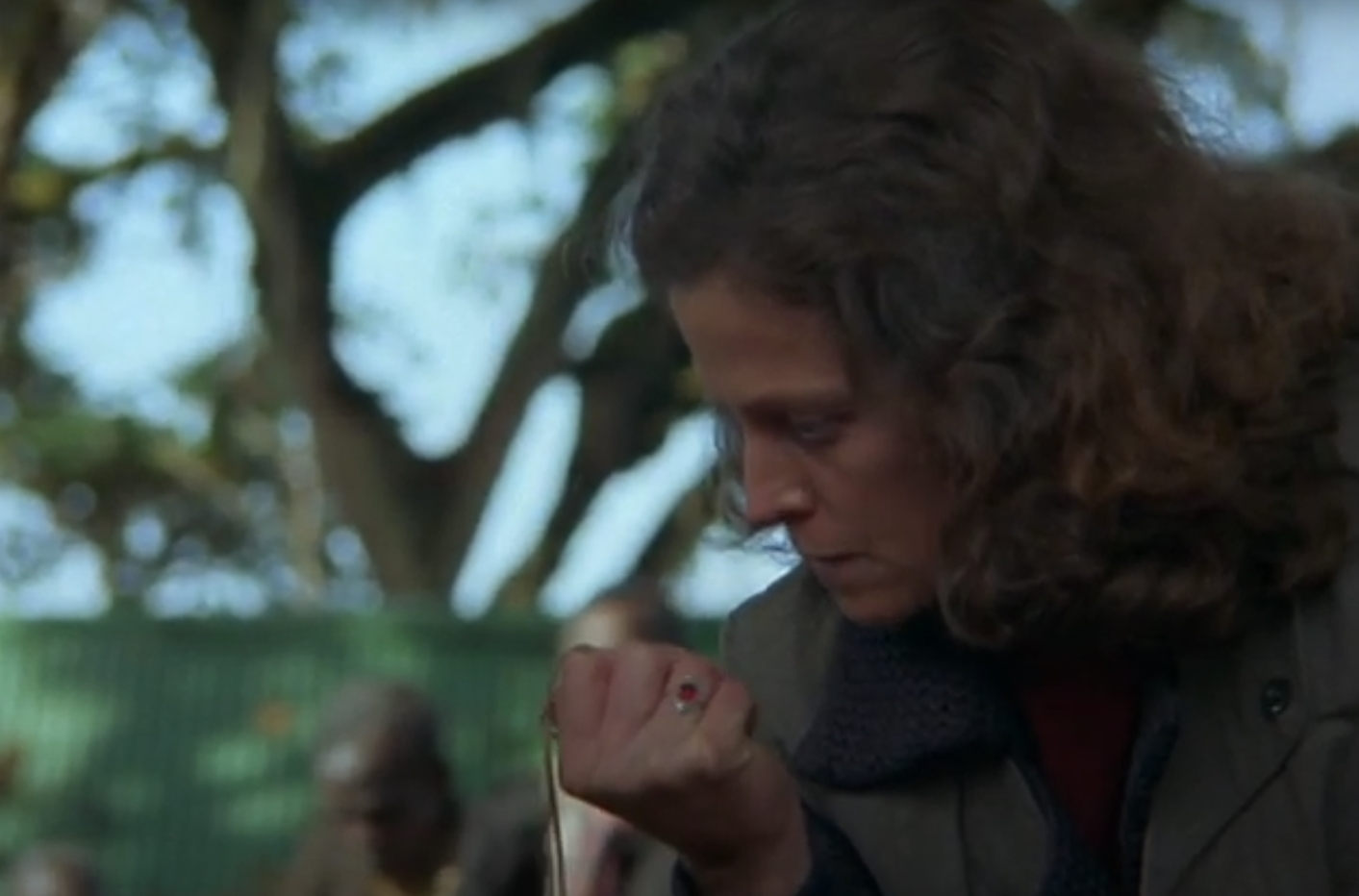 Universal, Gorillas in the Mist (1988)
Universal, Gorillas in the Mist (1988)
She Was Brutal
Fossey's vendetta against poachers knew no bounds—take for instance this excerpt from one of her letters, which addresses what she did to one of the captured poachers: "We stripped him and spread eagled him and lashed the holy blue sweat out of him with nettle stalks and leaves..."
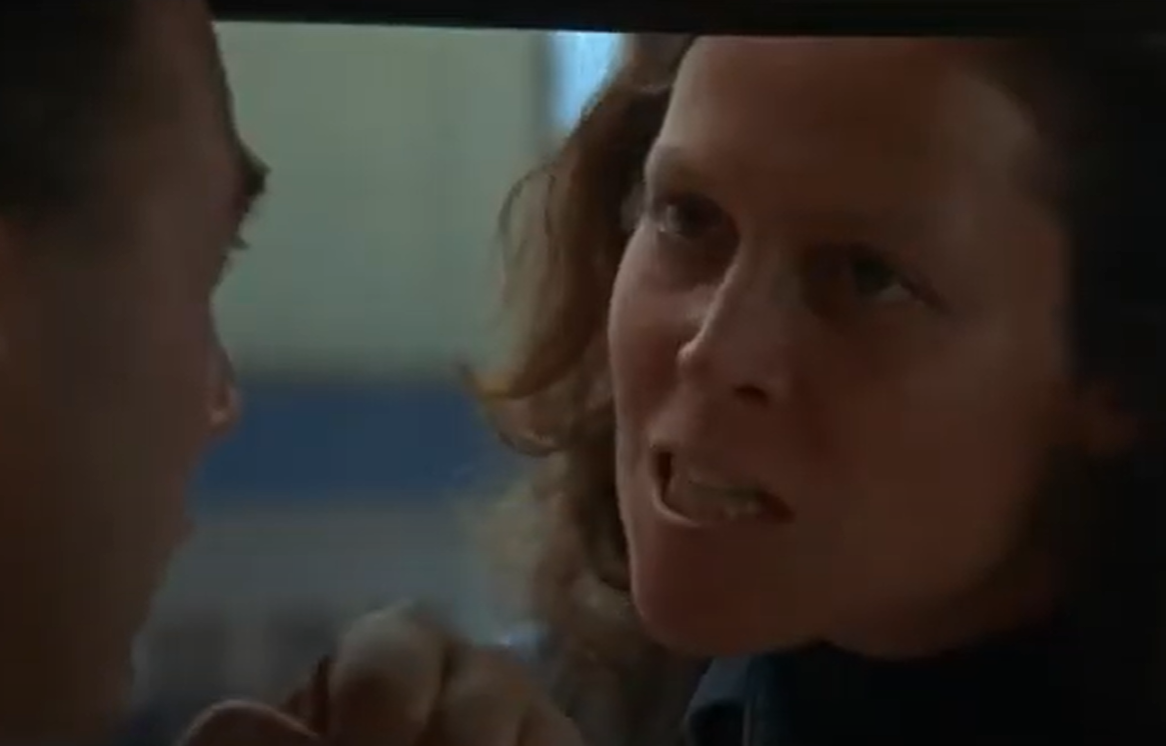 Universal, Gorillas in the Mist (1988)
Universal, Gorillas in the Mist (1988)
She Hit Them Where It Hurt The Most
She also targeted things that the poachers valued deeply. For instance, Fossey was said to have used their cattle as ransom. Moreover, she allegedly used one of their children as ransom.
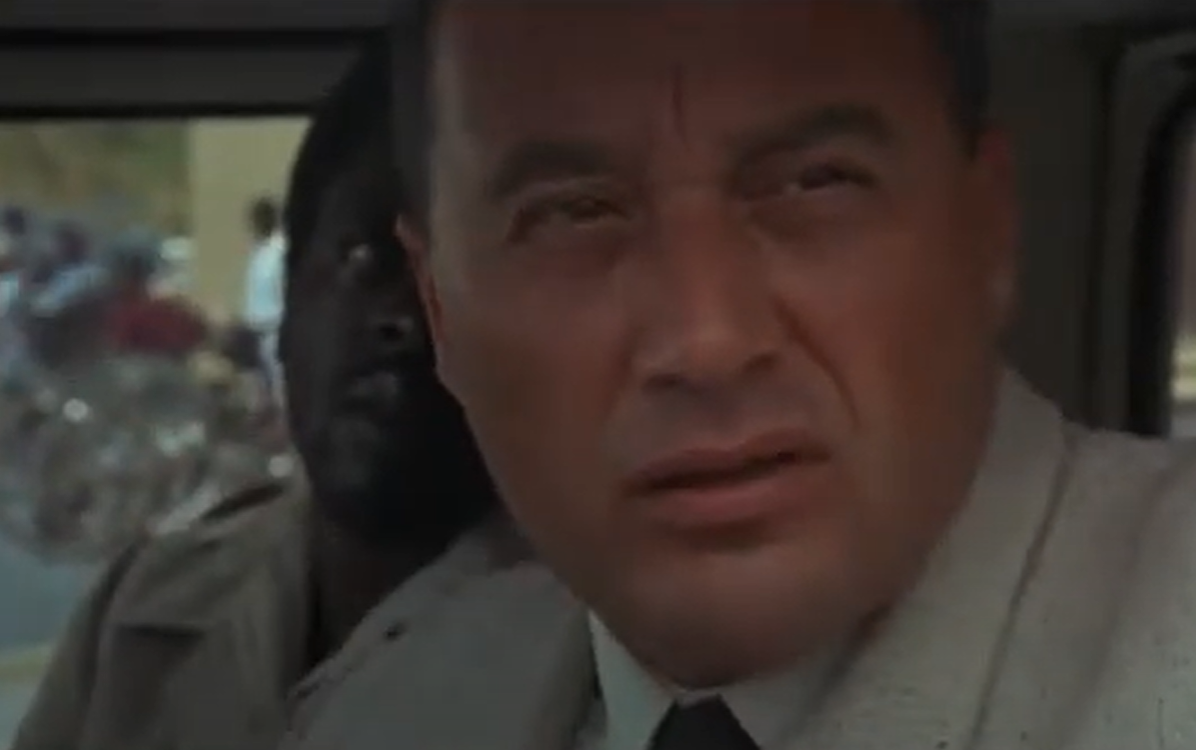 Universal, Gorillas in the Mist (1988)
Universal, Gorillas in the Mist (1988)
She Messed With Their Heads
Fossey left broken traps and burned hunting camps in her wake, but beyond that, she even managed to get inside people's heads. She welcomed a mystical reputation. Locals began to see her as someone who practiced dark magic—a belief that she hoped would dissuade them from hurting her gorillas.
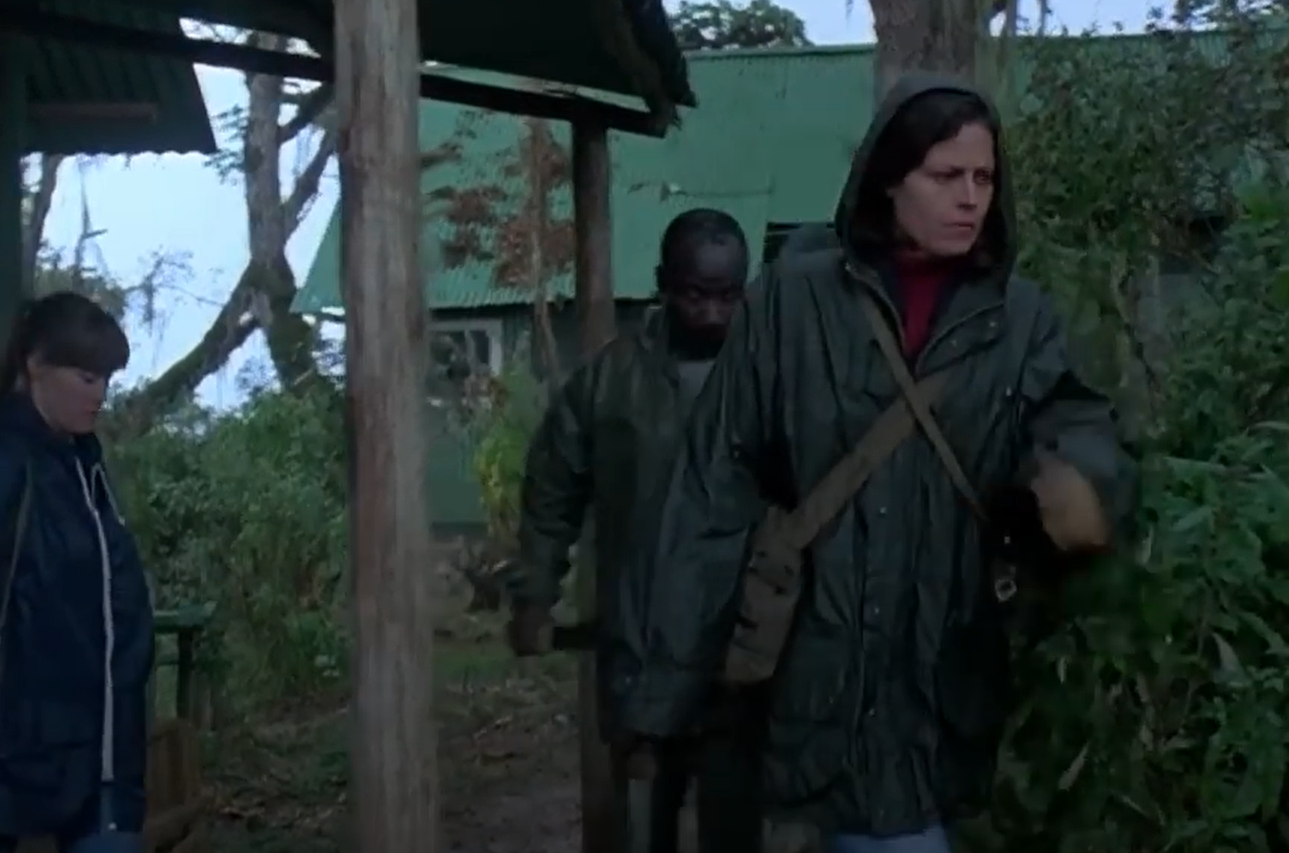 Universal, Gorillas in the Mist (1988)
Universal, Gorillas in the Mist (1988)
She Had Weak Lungs
On top of her efforts to protect mountain gorillas and punish their poachers, Fossey also had her personal problems, most notably, her faltering health. From a young age, she'd grappled with lung issues. It didn't help that she took up smoking—heavy smoking.
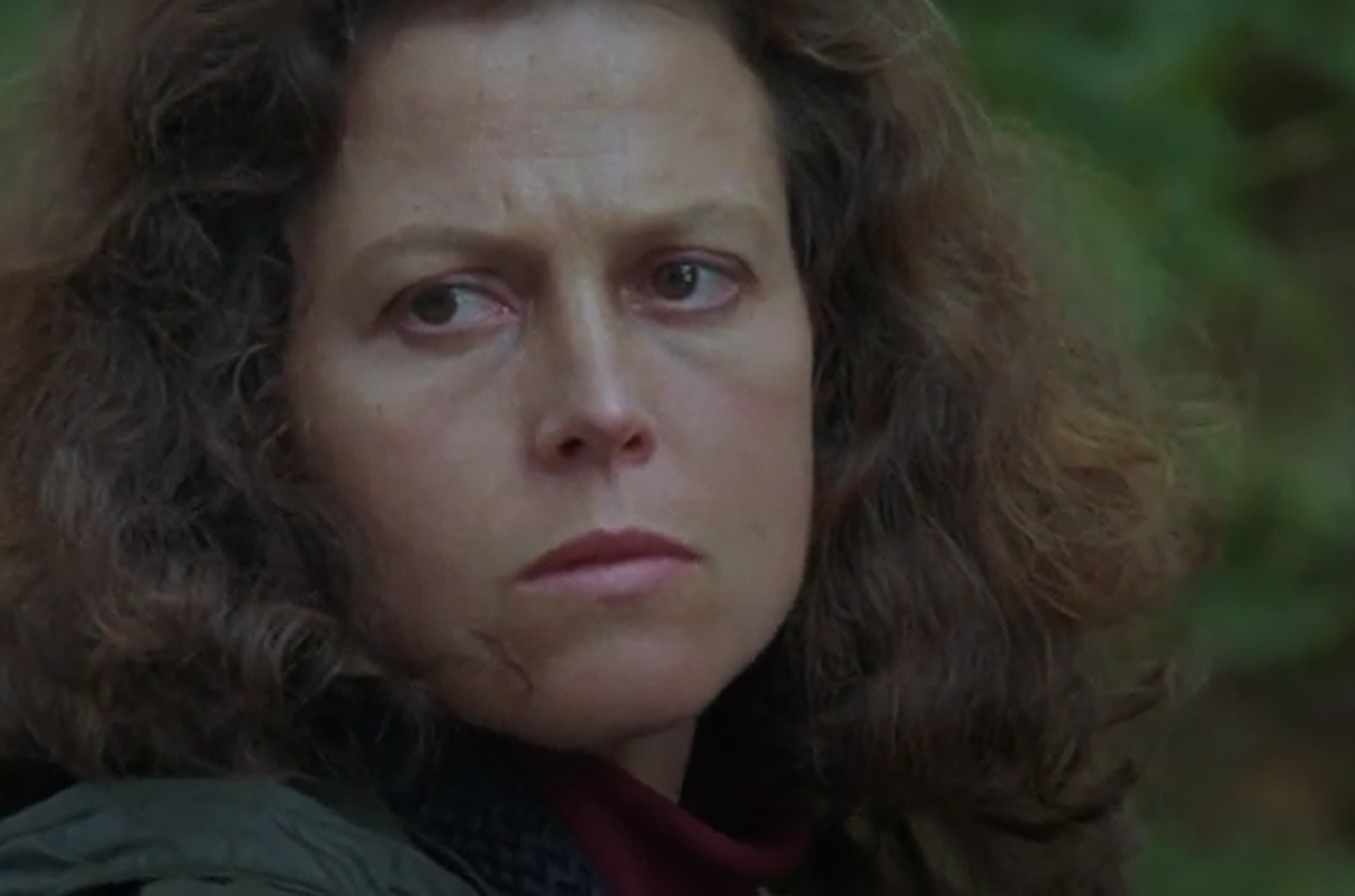 Universal, Gorillas in the Mist (1988)
Universal, Gorillas in the Mist (1988)
She Struggled To Breathe
Nearing the end of her life, Fossey's lungs were in pretty bad shape and she eventually developed severe emphysema. Considering the fact that she lived in the mountains—at a high elevation—this was probably one of the worst diseases she could have gotten.
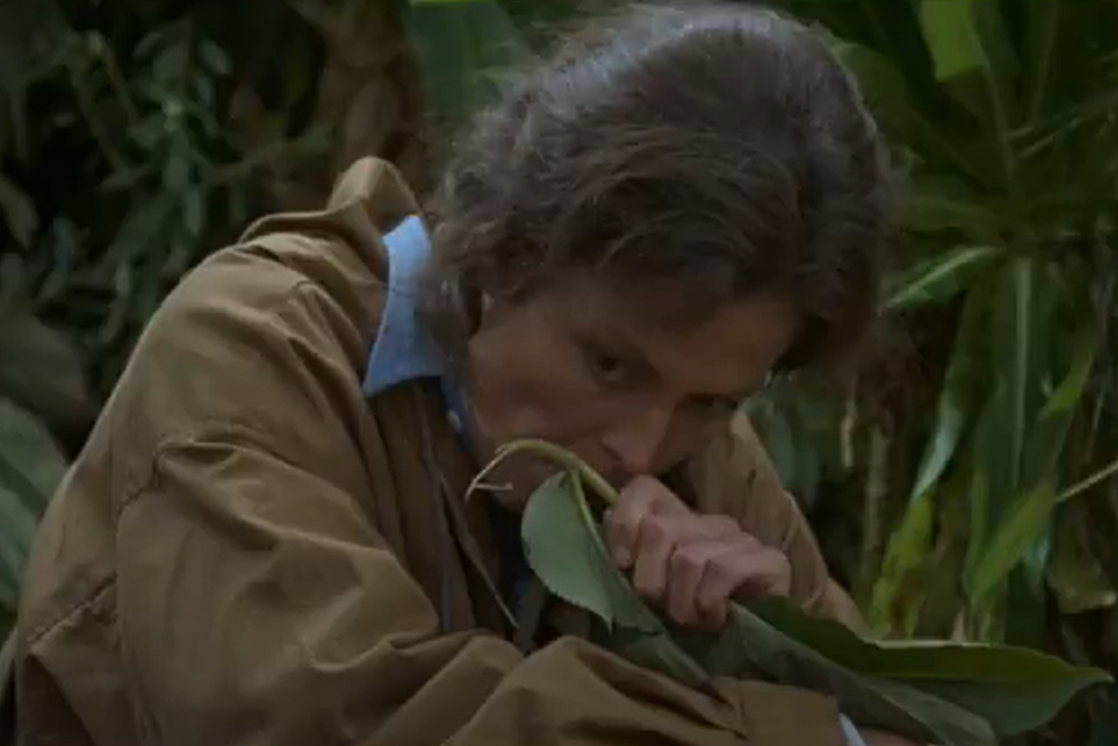 Universal, Gorillas in the Mist (1988)
Universal, Gorillas in the Mist (1988)
She Used An Oxygen Tank
Strenuous physical activities, such as hiking, became much harder for her—so much so that she even needed an oxygen tank to help continue her work. In the end, however, it wasn't her health that cut her life short.
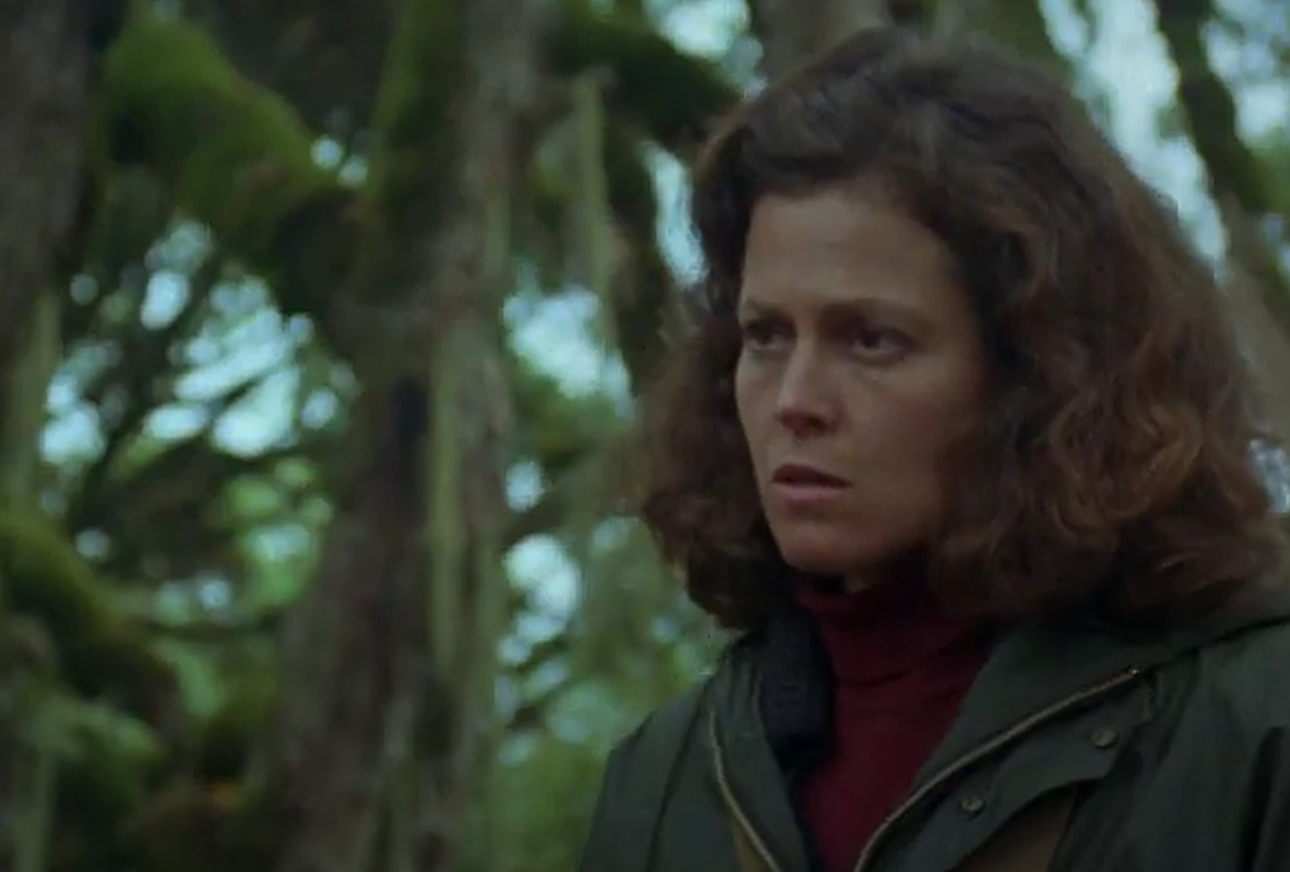 Universal, Gorillas in the Mist (1988)
Universal, Gorillas in the Mist (1988)
She Met A Terrible End
On December 27, 1985, Fossey's house servant called for her research assistant, Wayne McGuire. He arrived at Fossey's cabin—and upon entering her bedroom, he made the most chilling discovery.
Dian Fossey had been brutally slain—her body lying close to the beds. The scene was a nightmare come to life.
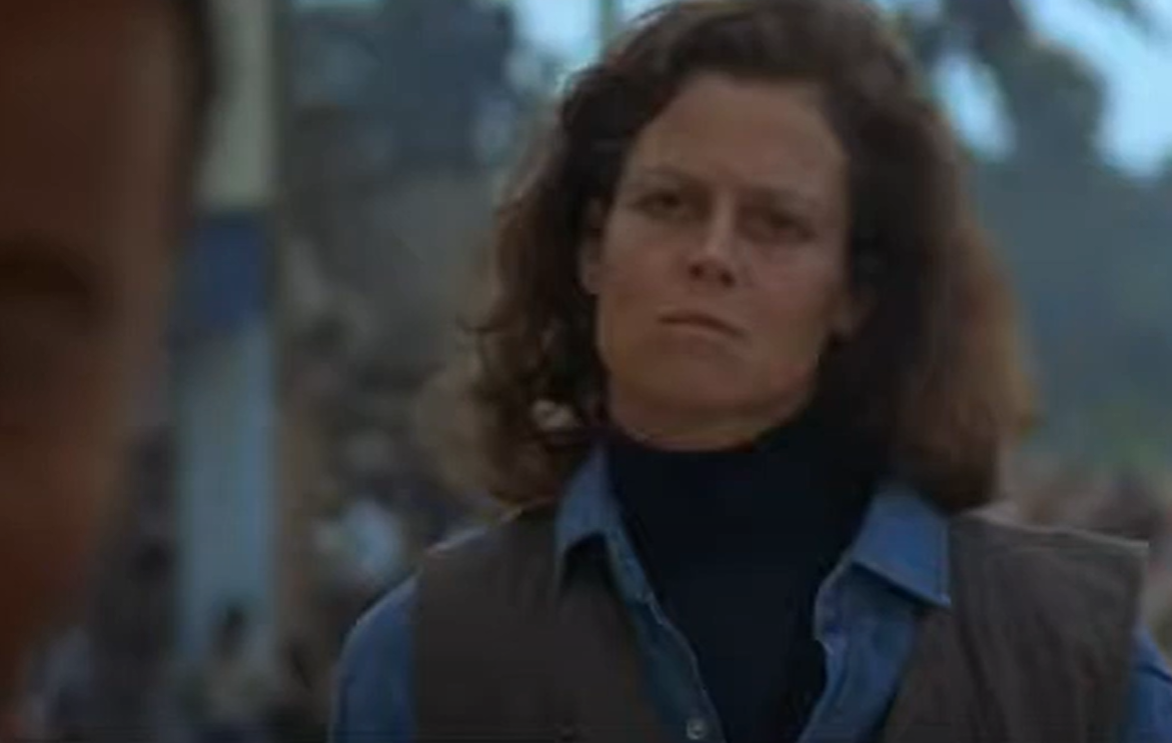 Universal, Gorillas in the Mist (1988)
Universal, Gorillas in the Mist (1988)
Her Cabin Was A Mess
There was a 9mm found near Fossey's remains, as well as ammo. Shattered glass covered the floor. The furniture was strewn about in a way that made it look like the cabin had been burglarized. But in truth, this was no burglary.
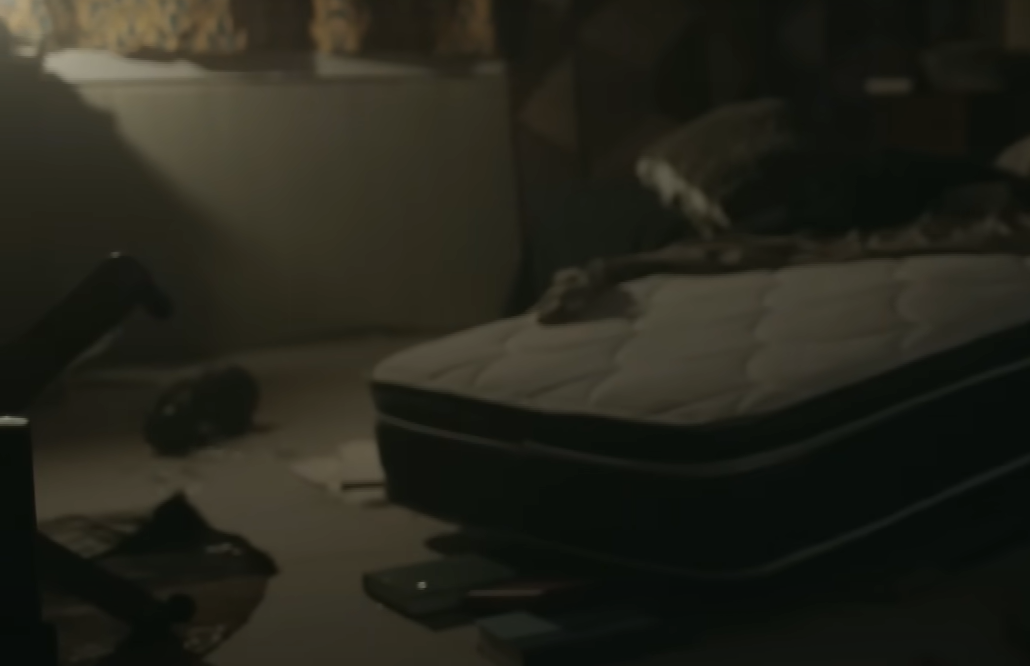 Tigress Productions (II), Dian Fossey: Secrets in the Mist (2017)
Tigress Productions (II), Dian Fossey: Secrets in the Mist (2017)
She Was The Target All Along
All of Fossey's important possessions remained inside that wrecked room—including thousands in cash—meaning that her assailants had a far more nefarious motive... A machete had been used to end her life. However, there was another tragic detail.
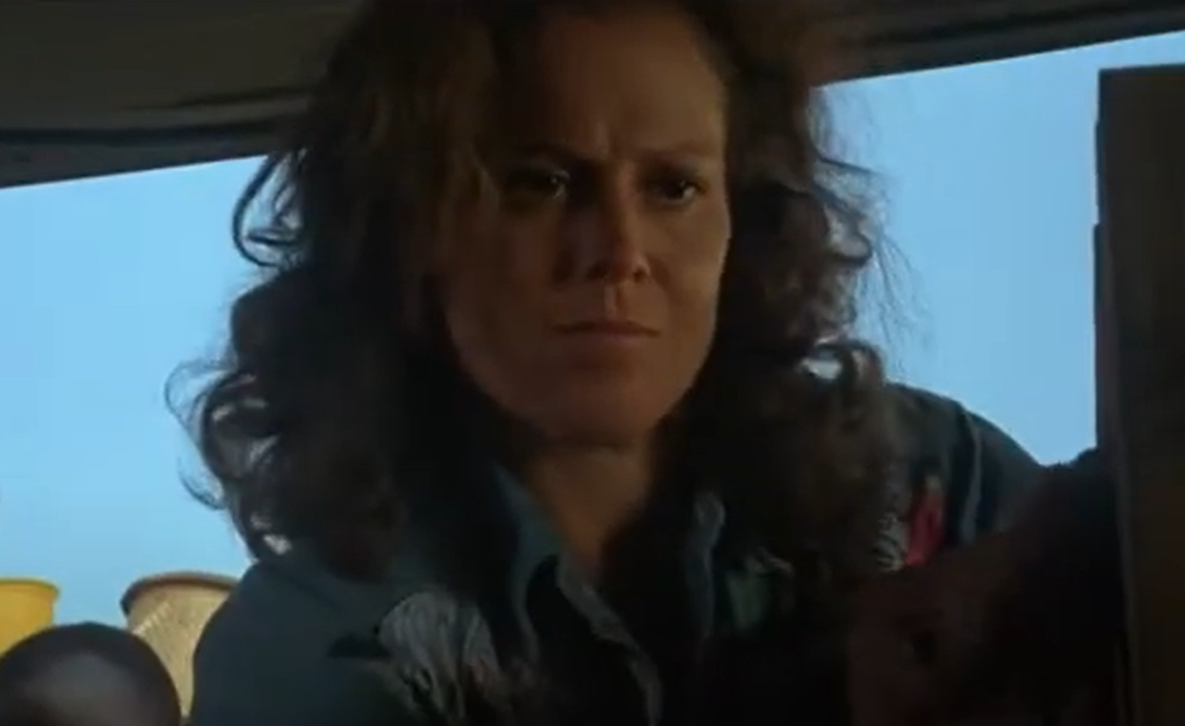 Universal, Gorillas in the Mist (1988)
Universal, Gorillas in the Mist (1988)
Her Last Diary Entry Was Devastating
Dian Fossey kept a diary—and her last entry was beyond heartbreaking, especially considering her sudden demise. She wrote, "When you realize the value of all life, you dwell less on what is past and concentrate more on the preservation of the future". But this wasn't the end of her story.
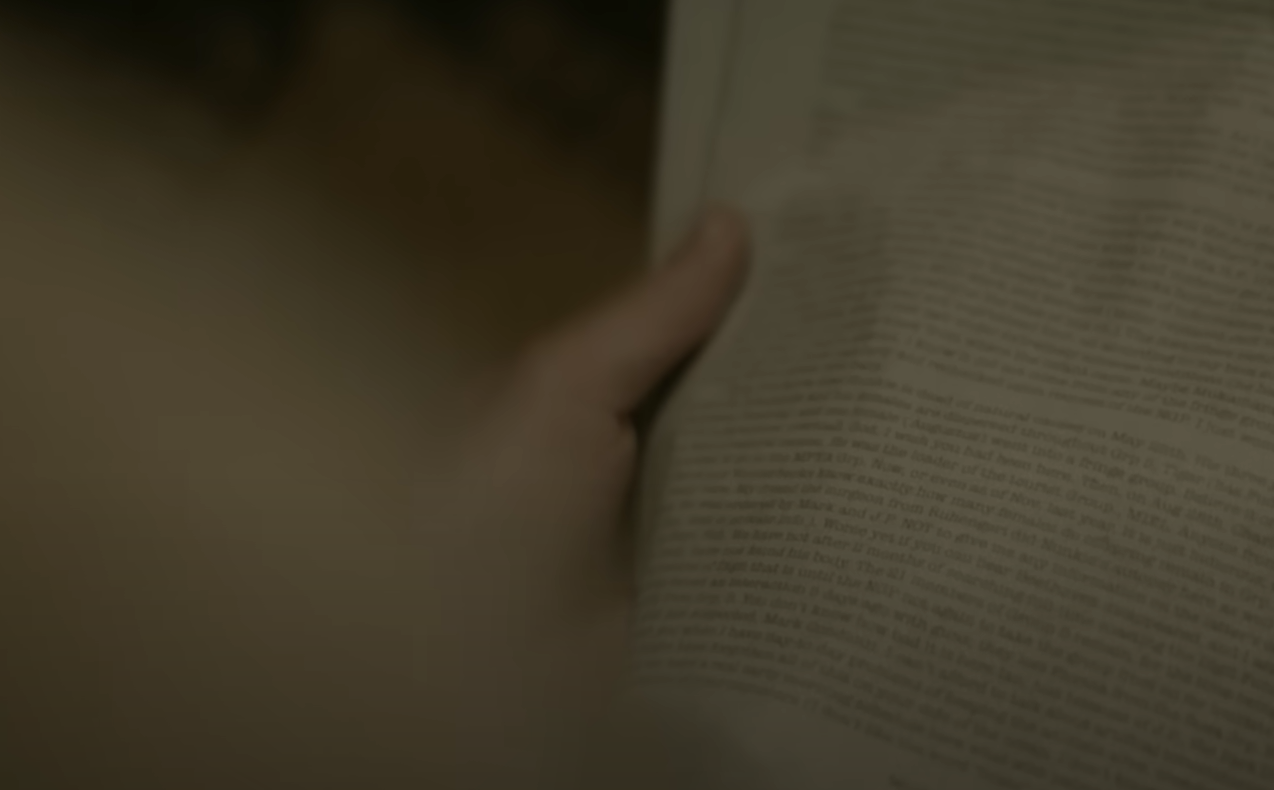 Tigress Productions (II), Dian Fossey: Secrets in the Mist (2017)
Tigress Productions (II), Dian Fossey: Secrets in the Mist (2017)
Her Staff Members Became Suspects
The brutal end of Dian Fossey disrupted the lives of all of her staff members, who were apprehended by authorities. And from here, things got even messier.
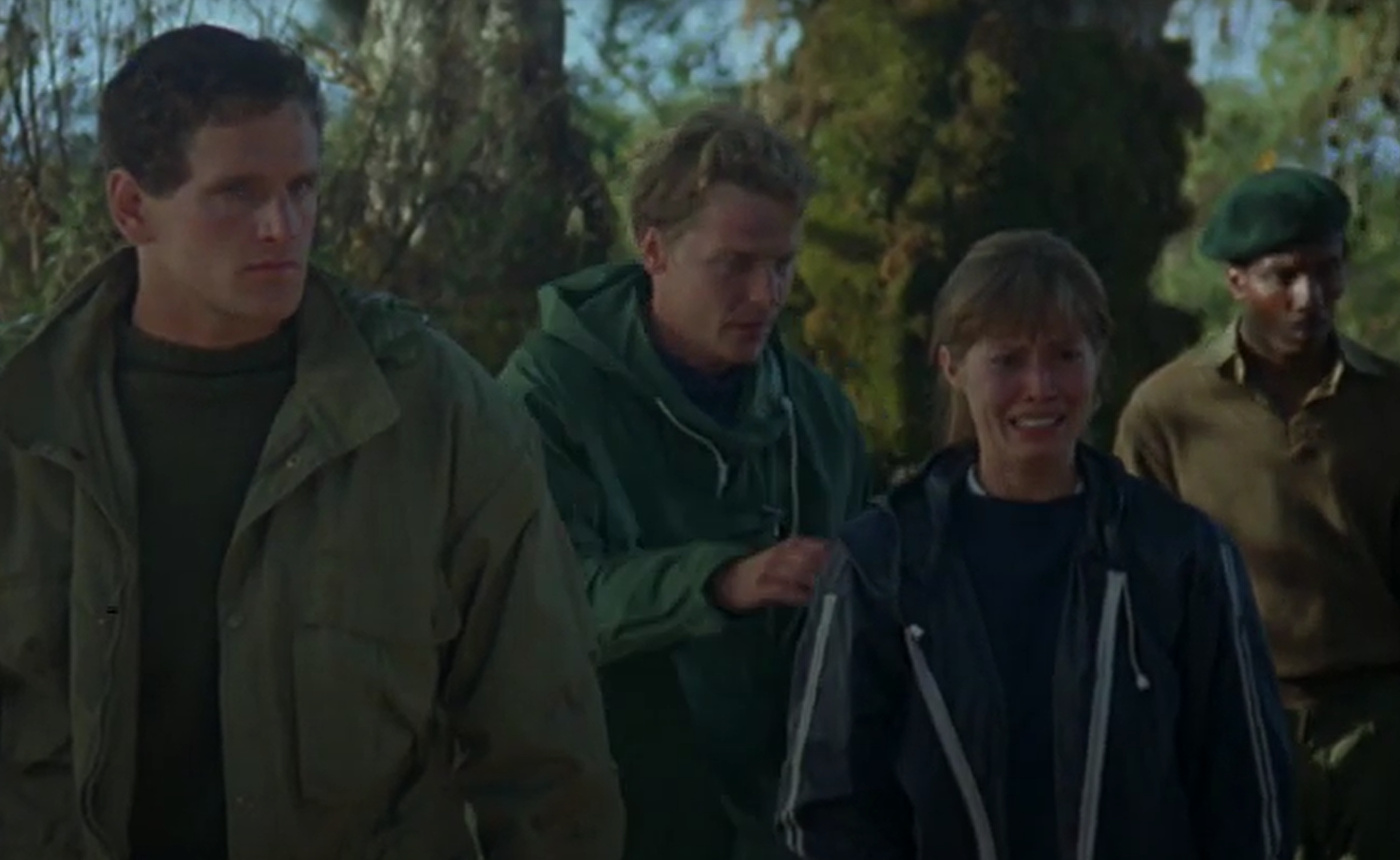 Universal, Gorillas in the Mist (1988)
Universal, Gorillas in the Mist (1988)
He Took His Own Life
Though all of the staff were eventually released—one of them allegedly hung himself while behind bars. This was one of the camp's Rwandan trackers named Emmanuel Rwelekana.
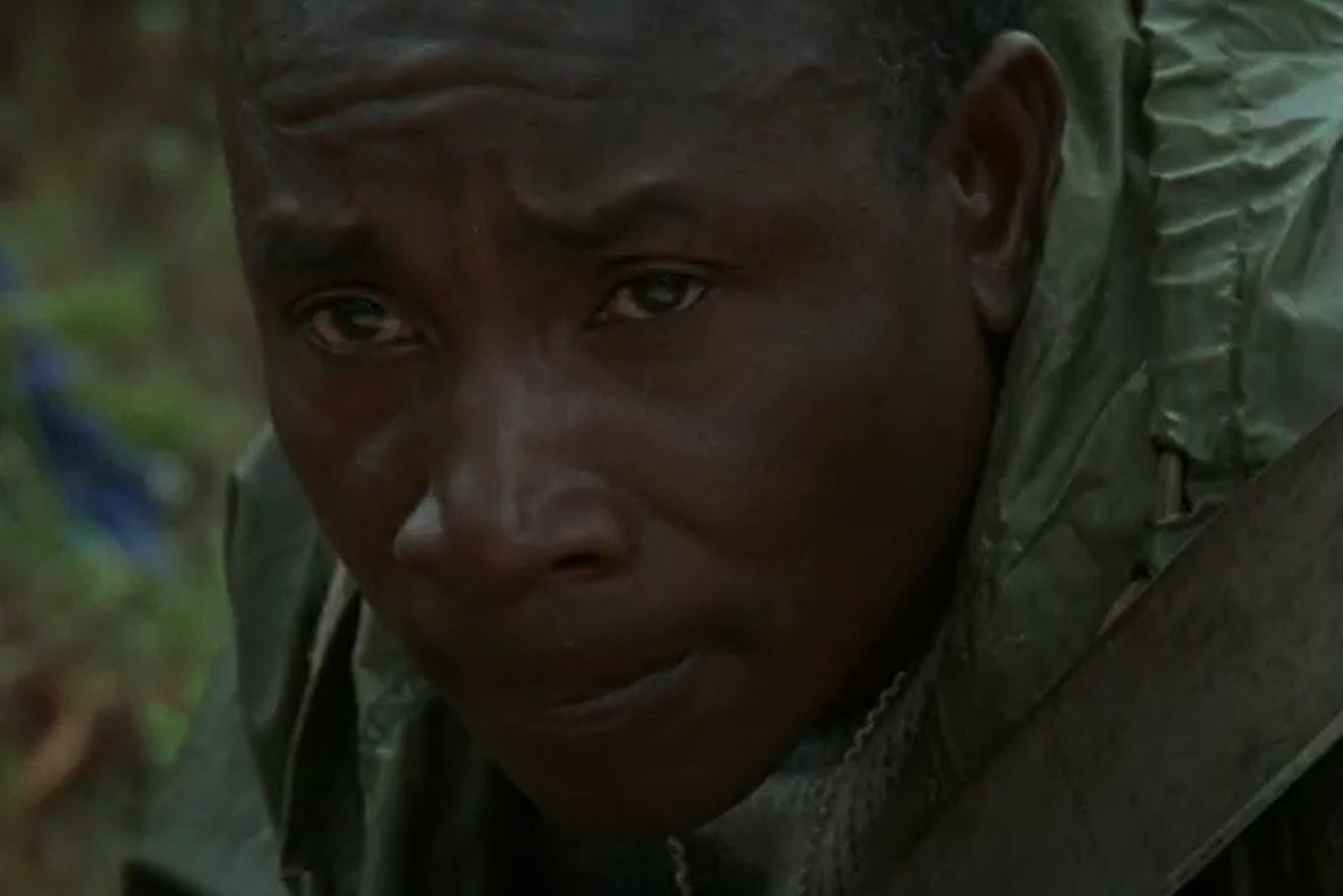 Universal, Gorillas in the Mist (1988)
Universal, Gorillas in the Mist (1988)
He Had Drama With Her
Apparently, there had been some drama between Rwelekana and Fossey. On a previous occasion, he'd supposedly attempted to harm her with a machete, which obviously led to him losing his job. Of course, he didn't end up being the prime suspect in this case.
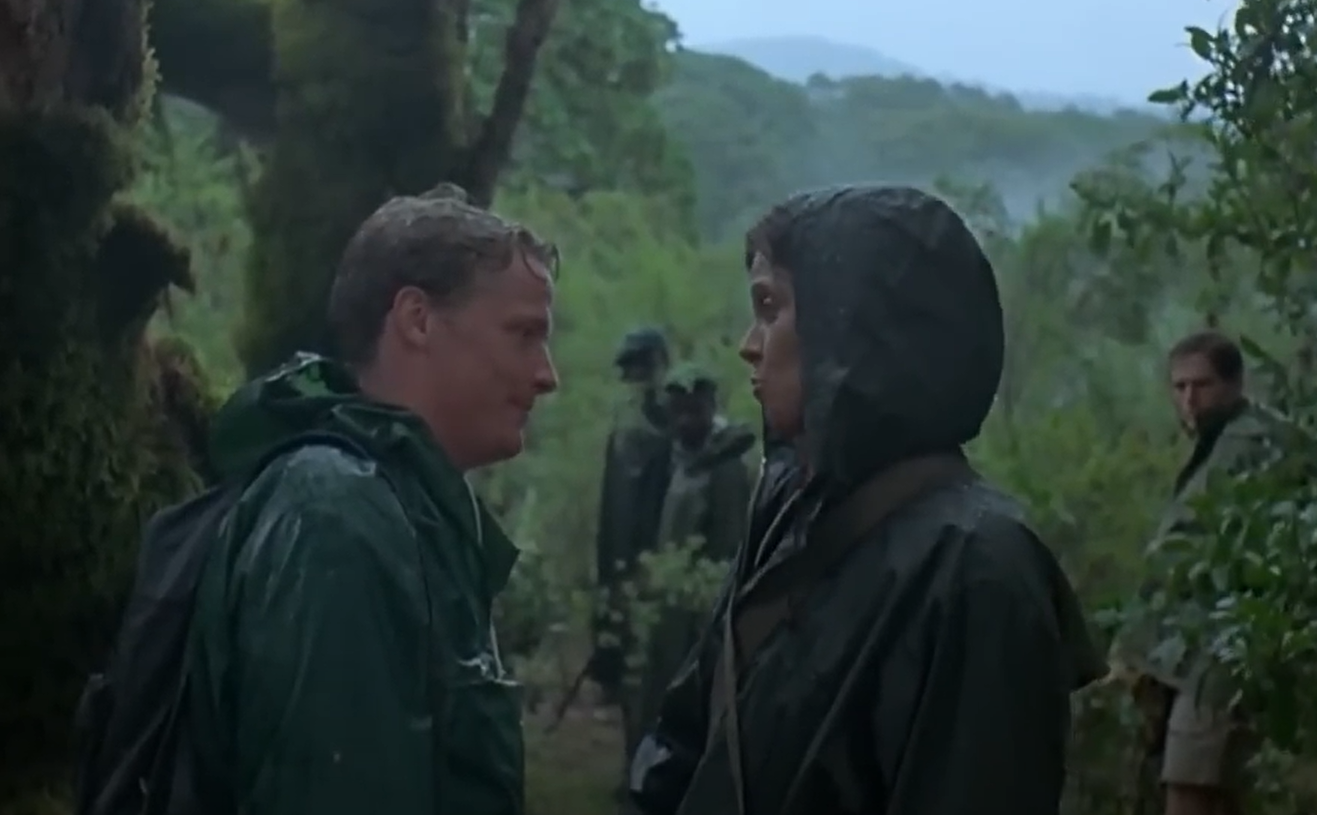 Universal, Gorillas in the Mist (1988)
Universal, Gorillas in the Mist (1988)
He Was The Main Suspect
In the end, it was Fossey's research assistant, Wayne McGuire, who ended up in the hot seat. Allegedly, he was jealous of her. She'd been writing the sequel to her popular memoir, Gorillas in the Mist, and he reportedly wanted to get his hands on her manuscript. Authorities saw this as a motive.
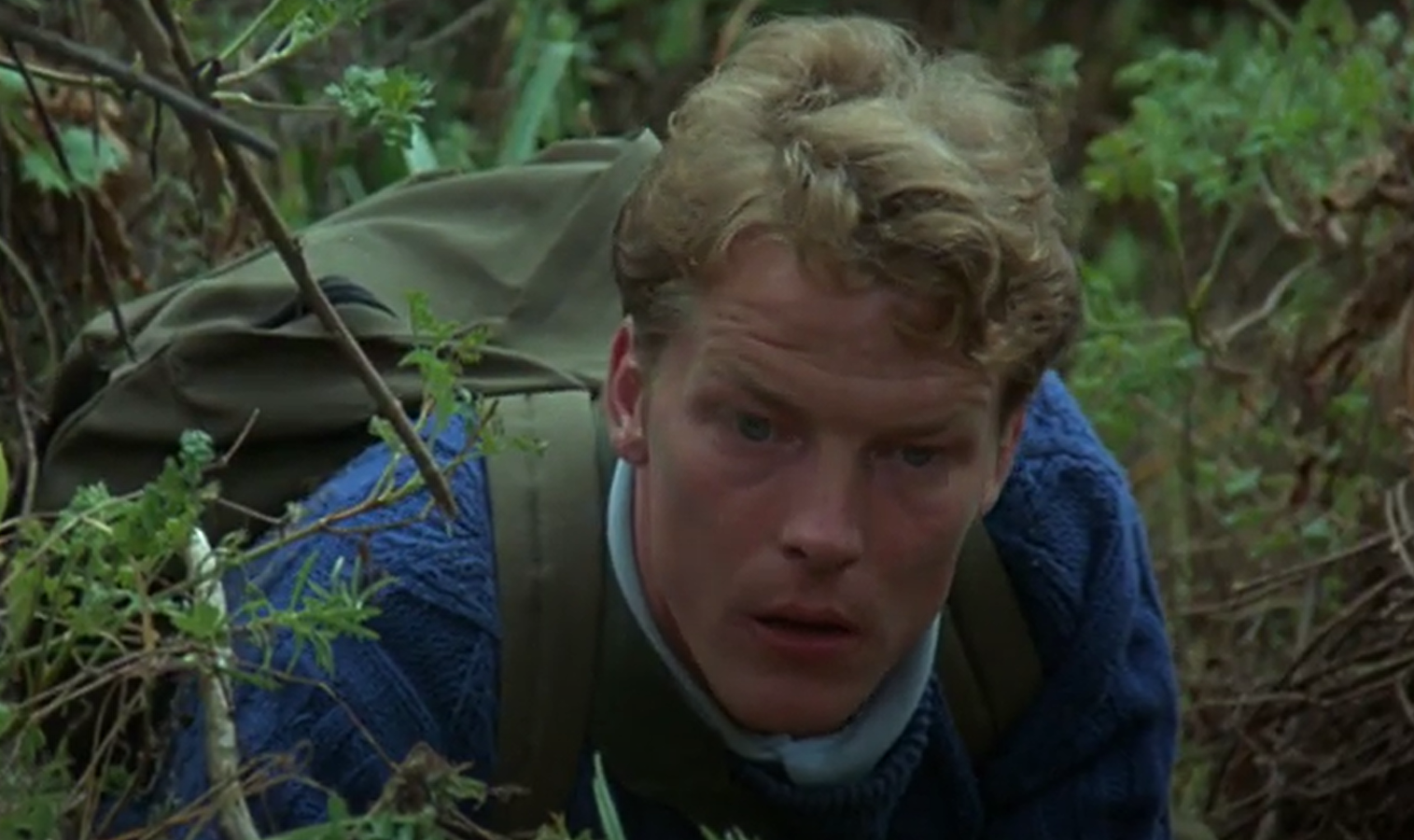 Universal, Gorillas in the Mist (1988)
Universal, Gorillas in the Mist (1988)
He Claimed His Innocence
Though facing a conviction from the Rwandan courts, McGuire wasn't actually in the country any longer, having traveled back to America. Back home, he stood up for himself and completely denied all of the allegations against him, even calling them "outrageous".
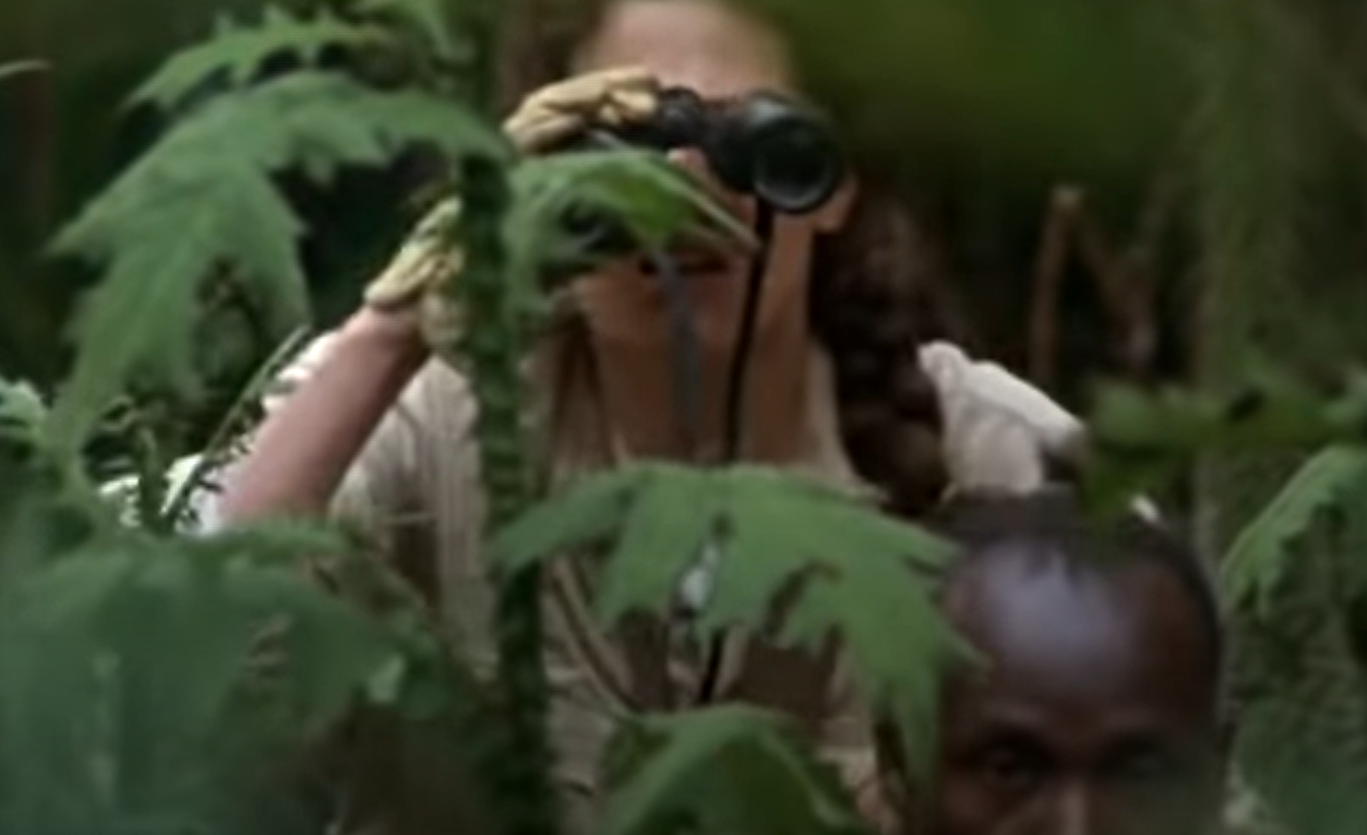 Universal, Gorillas in the Mist (1988)
Universal, Gorillas in the Mist (1988)
He Could Never Escape His Past
According to McGuire, he had always regarded Fossey as his "friend and mentor". However, he would never be able to escape his connection to her demise—and the incident severely affected his job prospects down the road.
Others, though, believe that McGuire was never guilty in the first place.
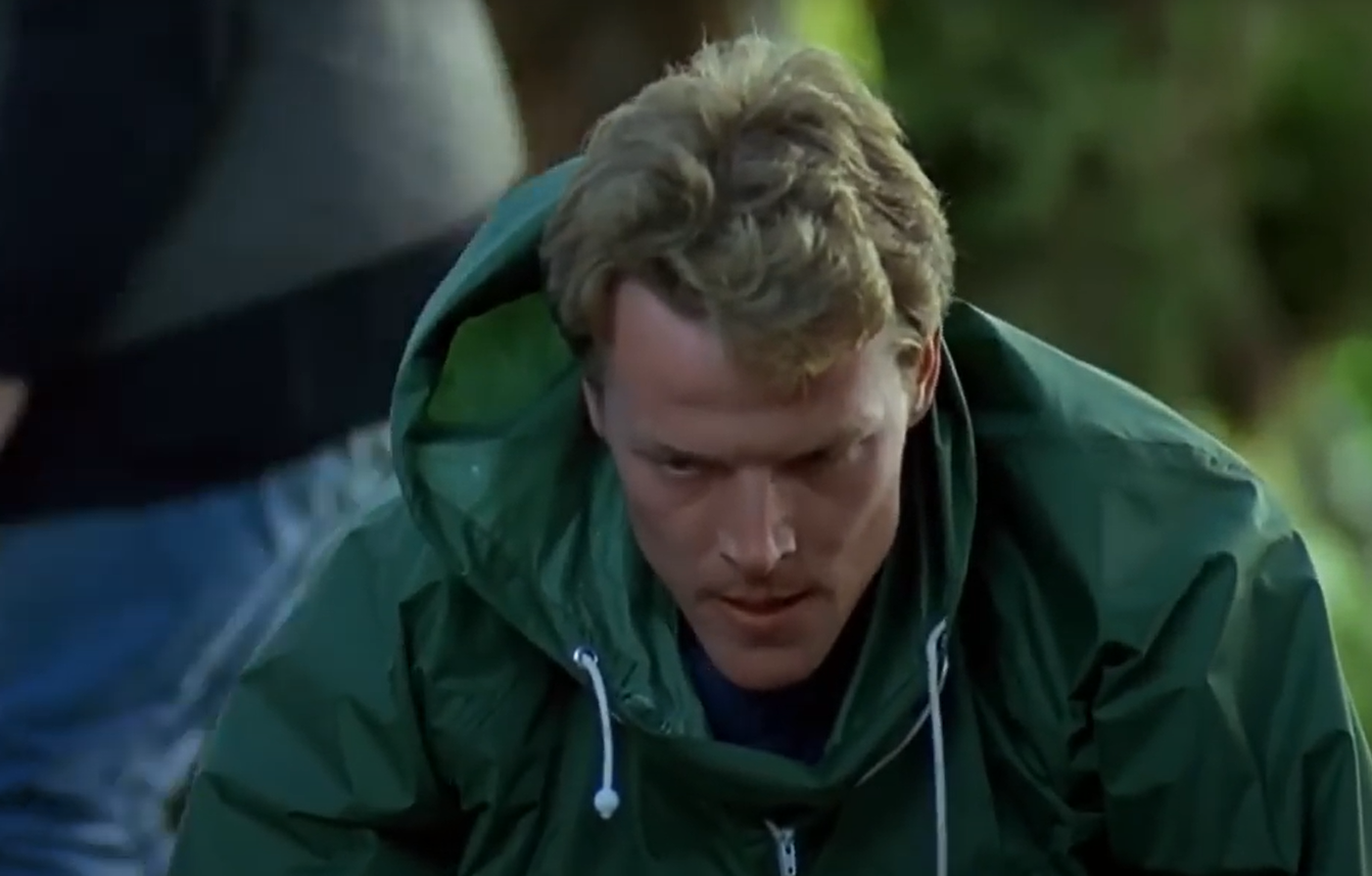 Universal, Gorillas in the Mist (1988)
Universal, Gorillas in the Mist (1988)
Many Theories Persist
There are a plethora of theories revolving around Dian Fossey's gruesome fate. Perhaps the strongest argument is that her anti-poaching efforts made her many enemies—and that the poachers were the ones who sought revenge against her in the end.
Others suggest that hired hitmen came after her, or that she fell victim to a botched robbery,
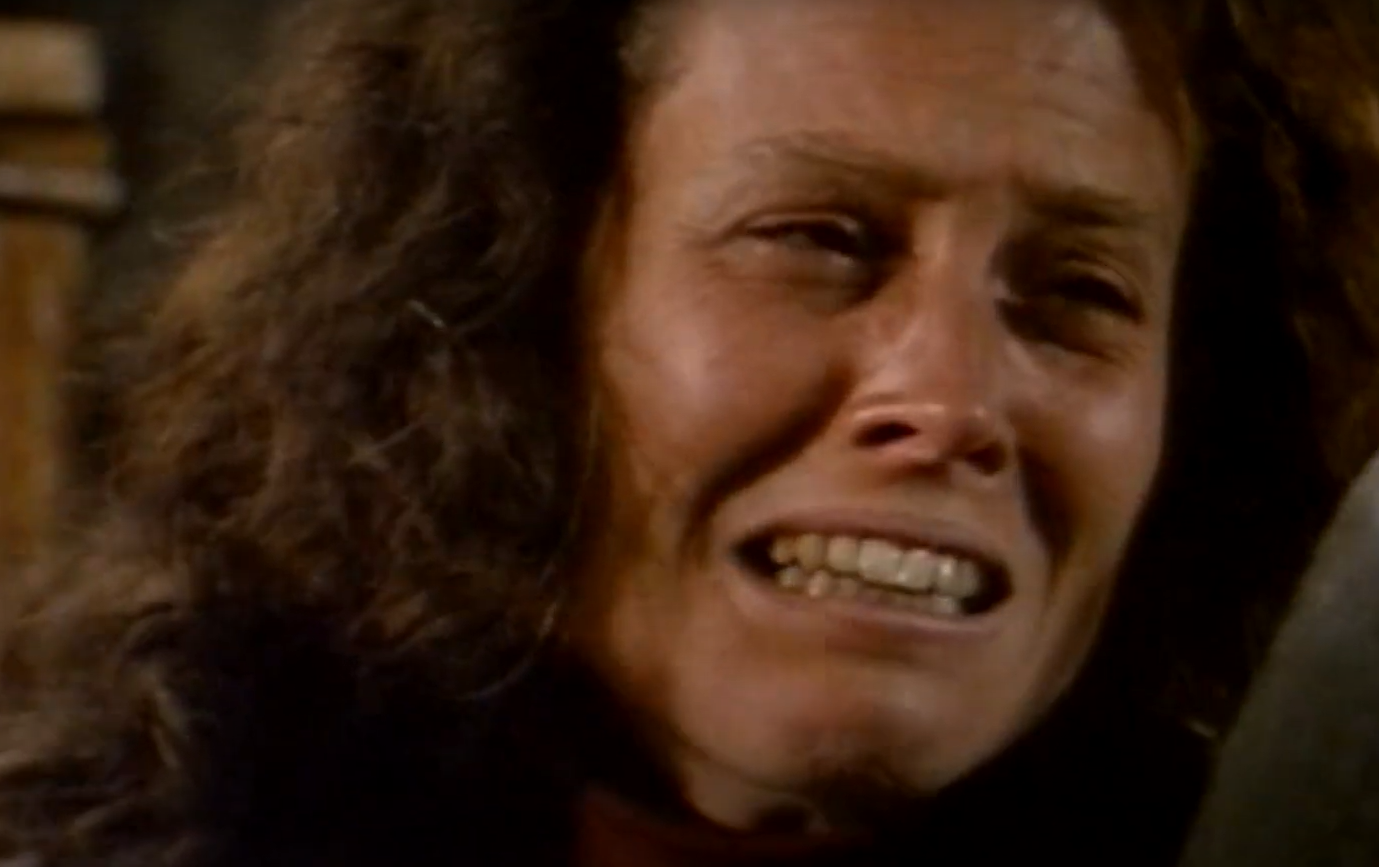 Universal, Gorillas in the Mist (1988)
Universal, Gorillas in the Mist (1988)
She Has Her Critics
Though Dian Fossey is often spoken about in a reverential way, not everyone sees her in a positive light. In 2002, a piece written by Tunk Varadarajan in The Wall Street Journal dealt her legacy a dose of criticism, saying that Fossey "regarded her gorillas as better than the African people who lived around them".
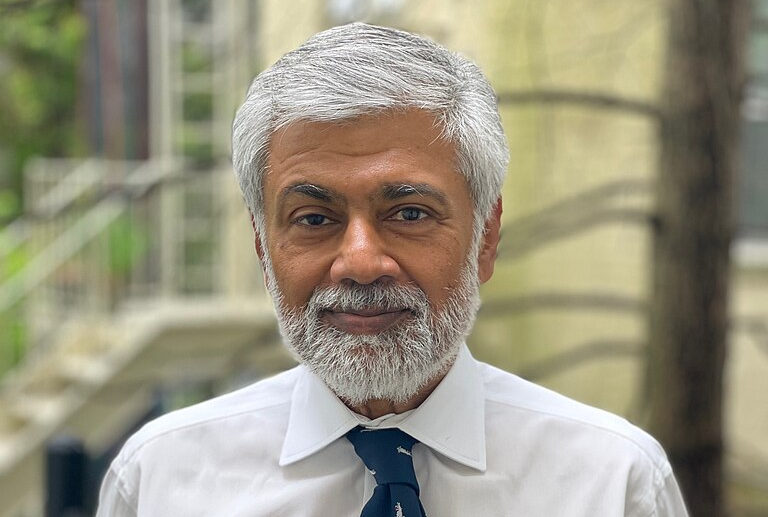 Sidvar, CC BY-SA 4.0, Wikimedia Commons
Sidvar, CC BY-SA 4.0, Wikimedia Commons
She Made A Difference
Though Fossey might be a polarizing figure—especially regarding her personality and treatment of her fellow staff members—it can't be denied that her anti-poaching work had a positive impact on the survival rates of mountain gorillas. Following her demise, their once-dwindling numbers were already on the rise.
Her Final Resting Place
Quite fittingly, Dian Fossey's final resting place is right next to her favorite gorilla, Digit—in the gorilla graveyard at Karisoke.
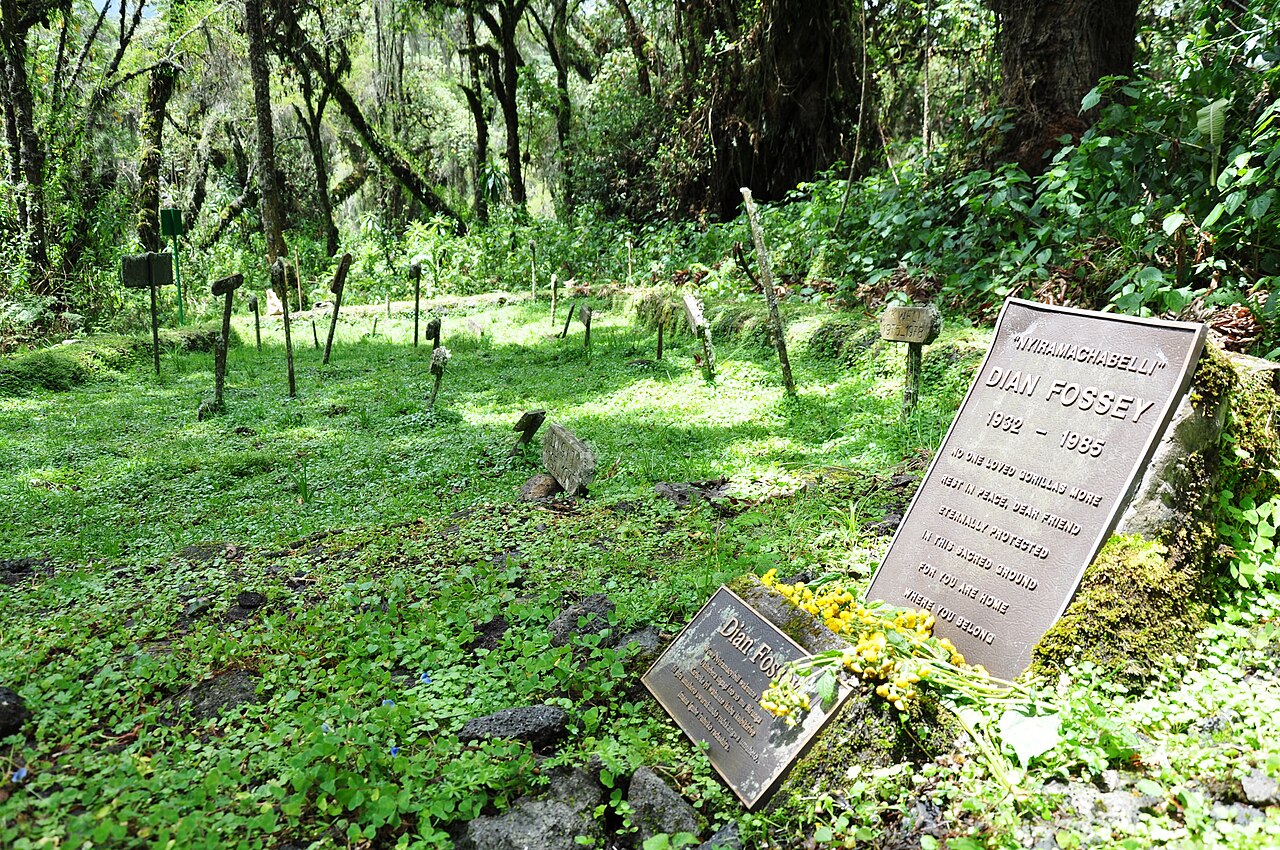 Zinkiol, CC BY-SA 4.0, Wikimedia Commons
Zinkiol, CC BY-SA 4.0, Wikimedia Commons

